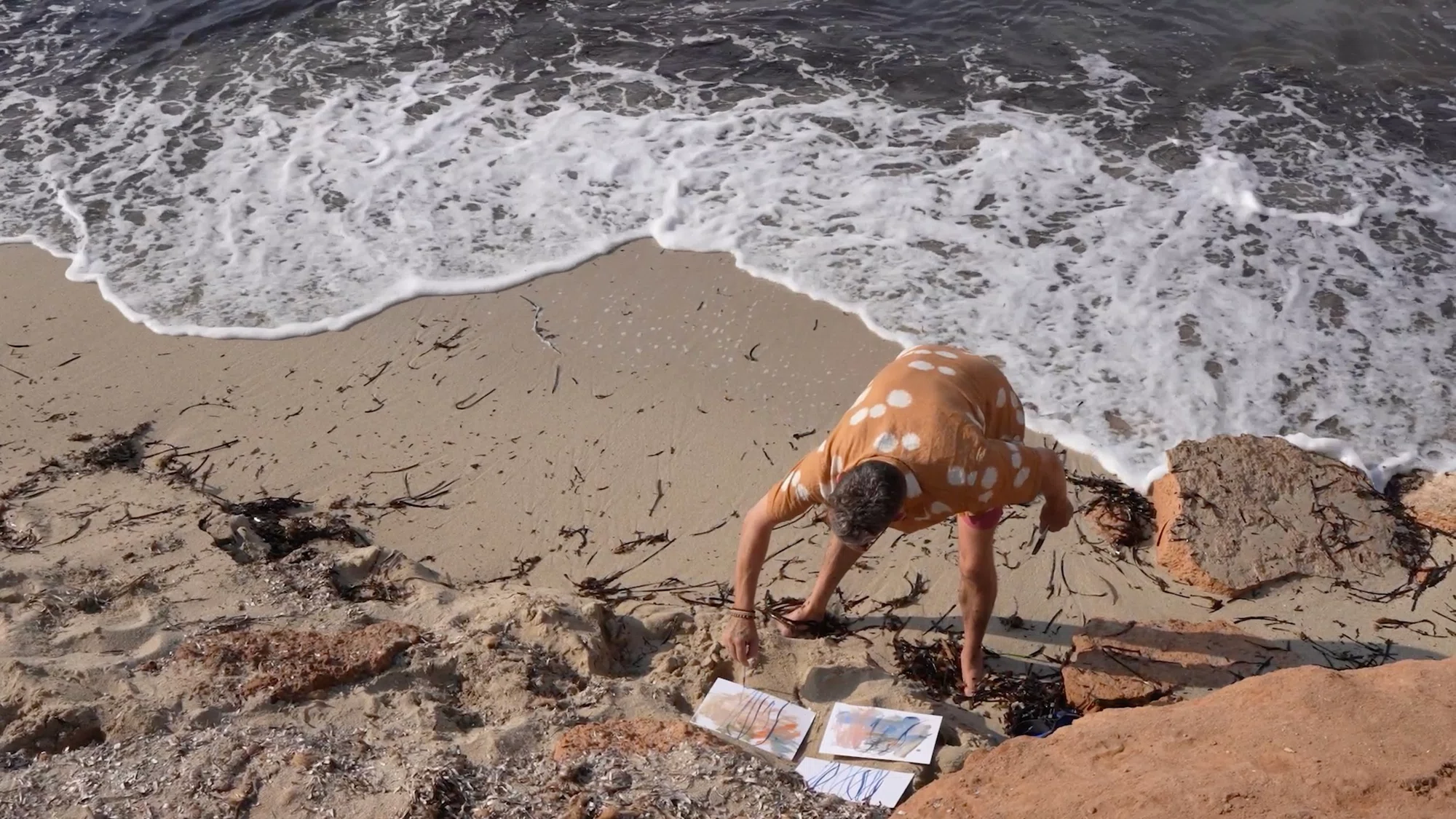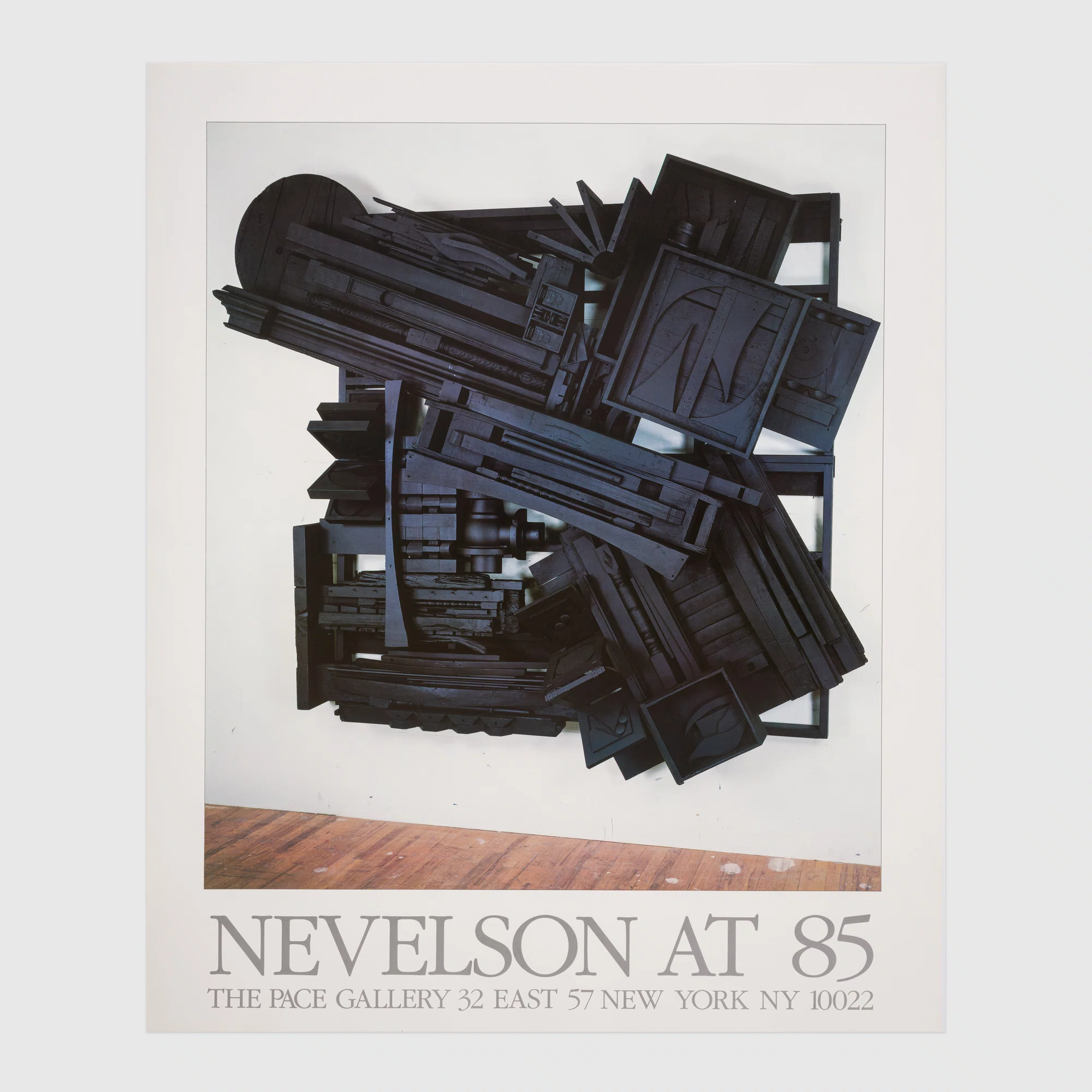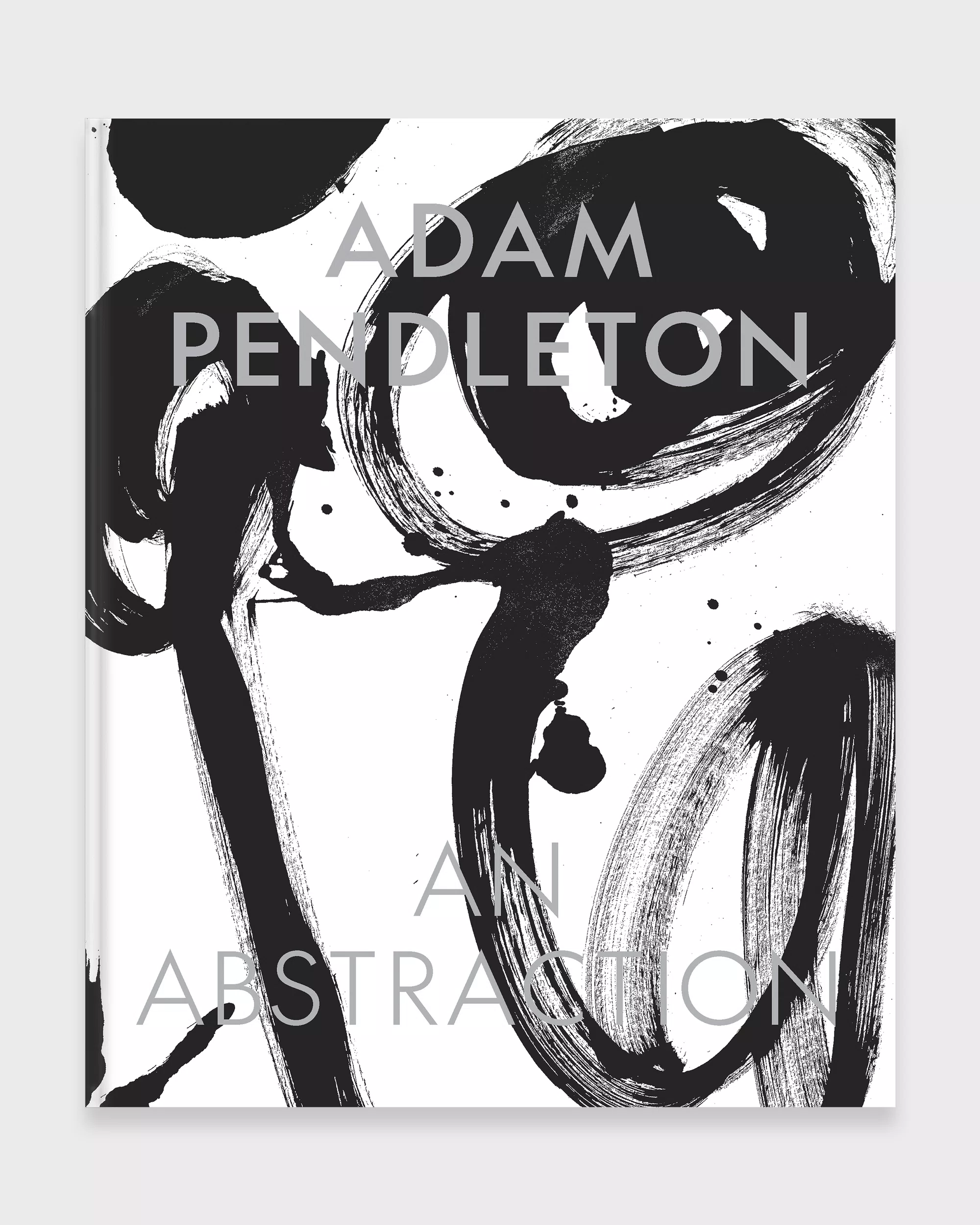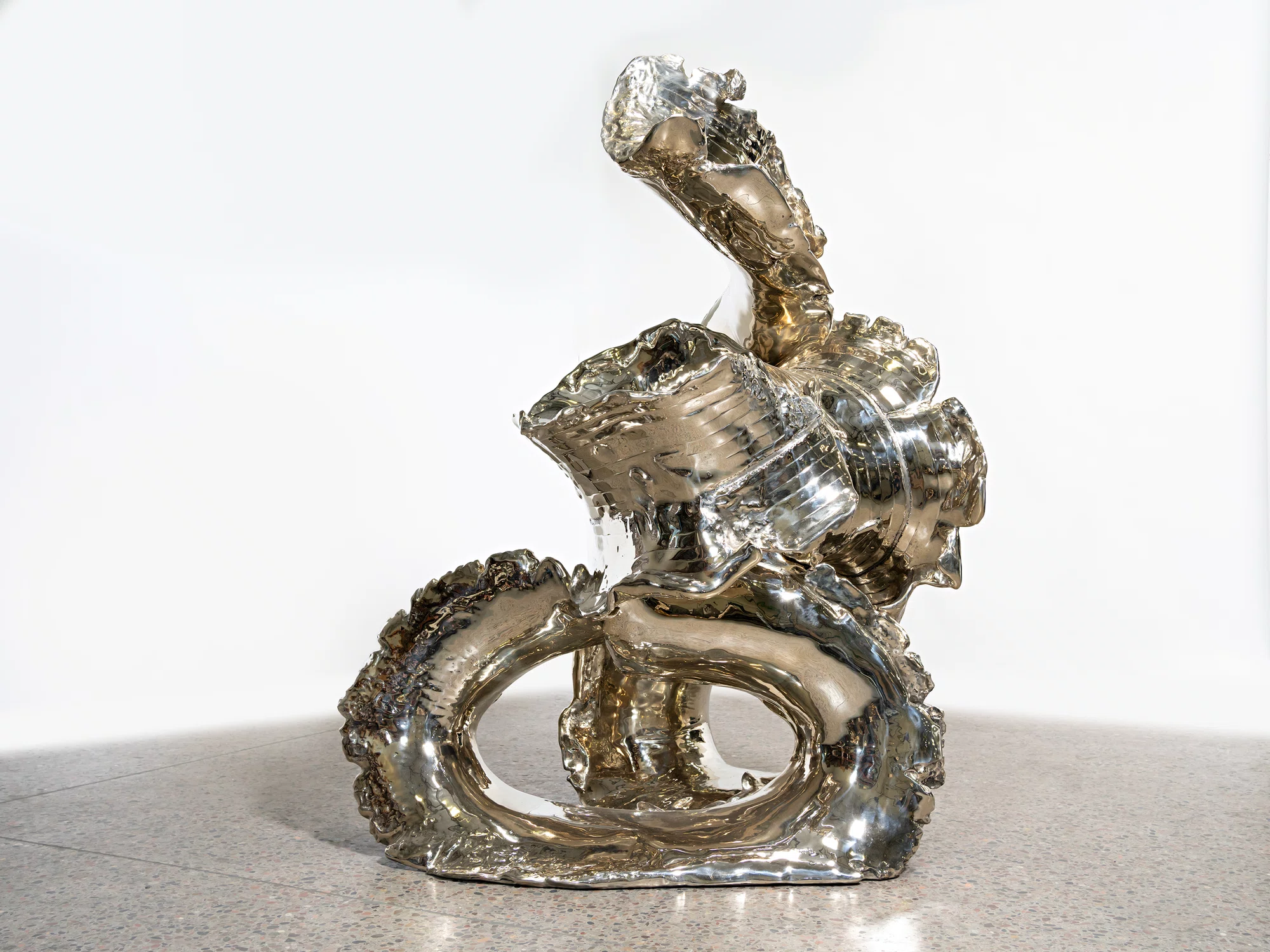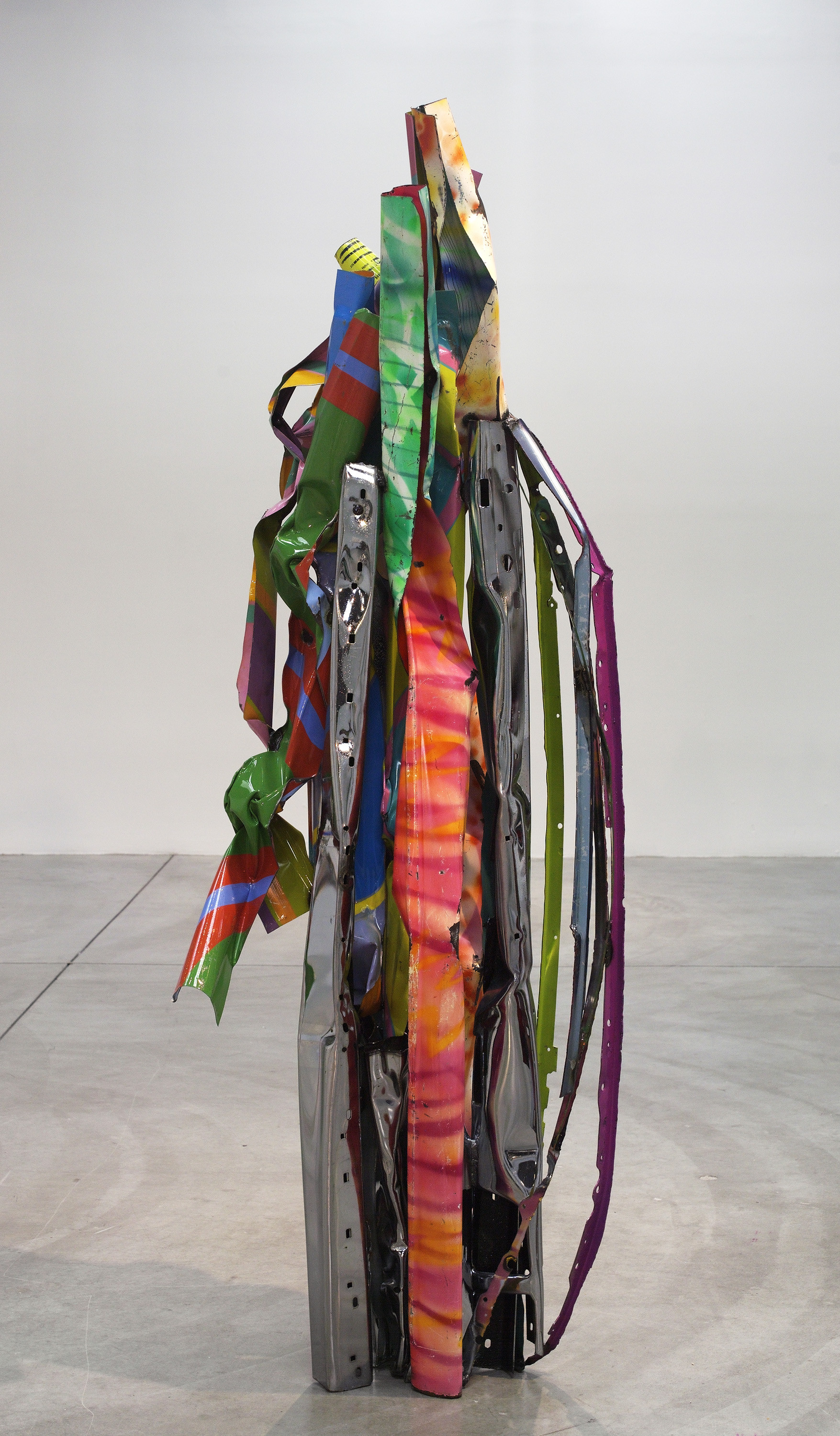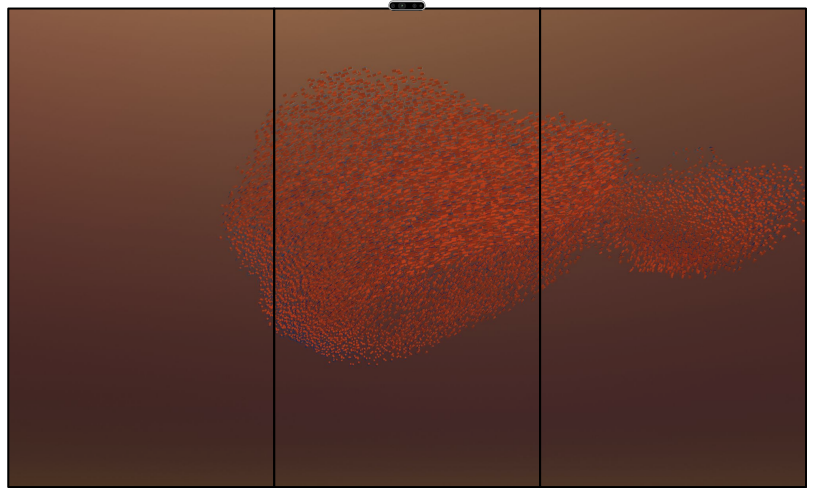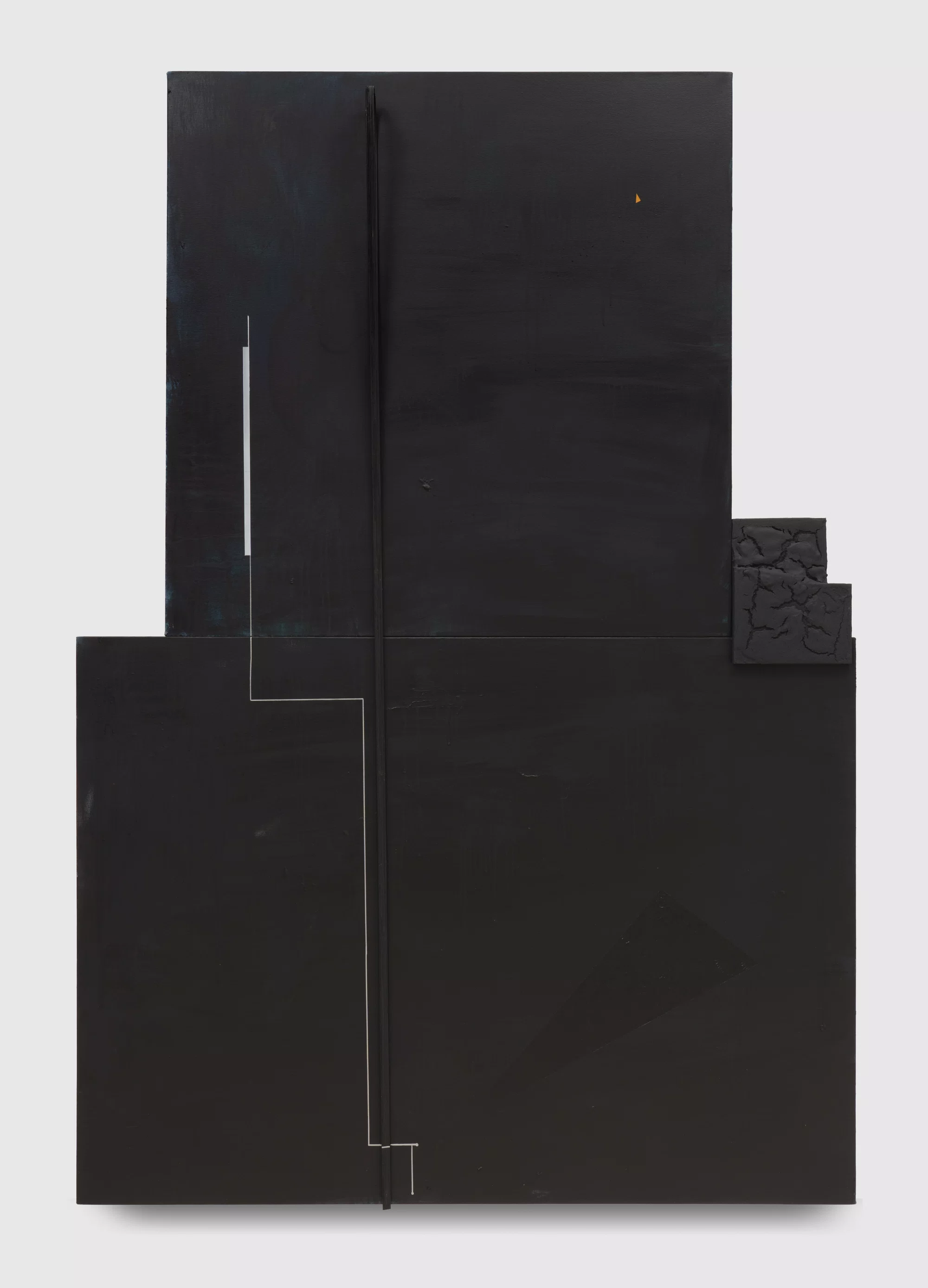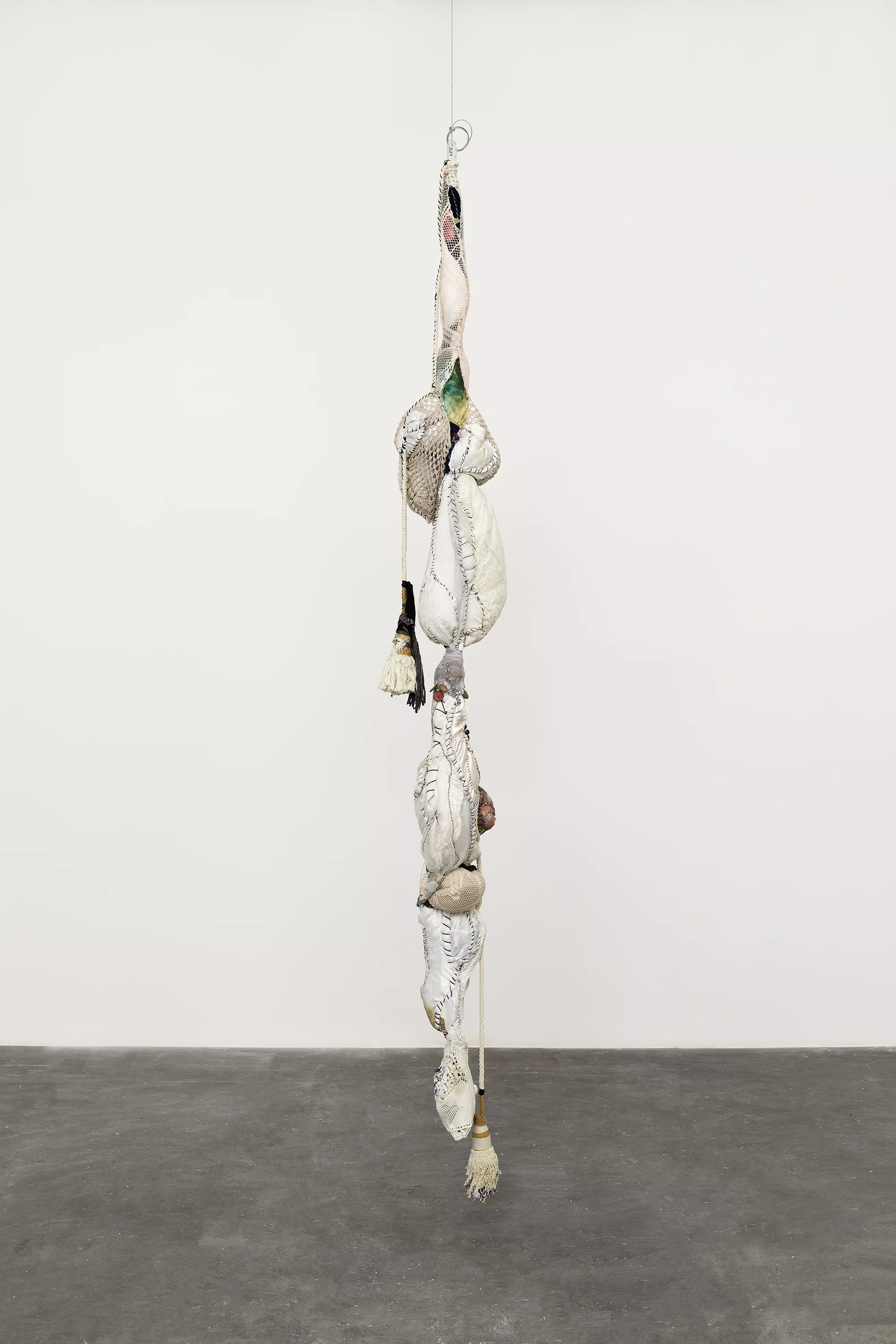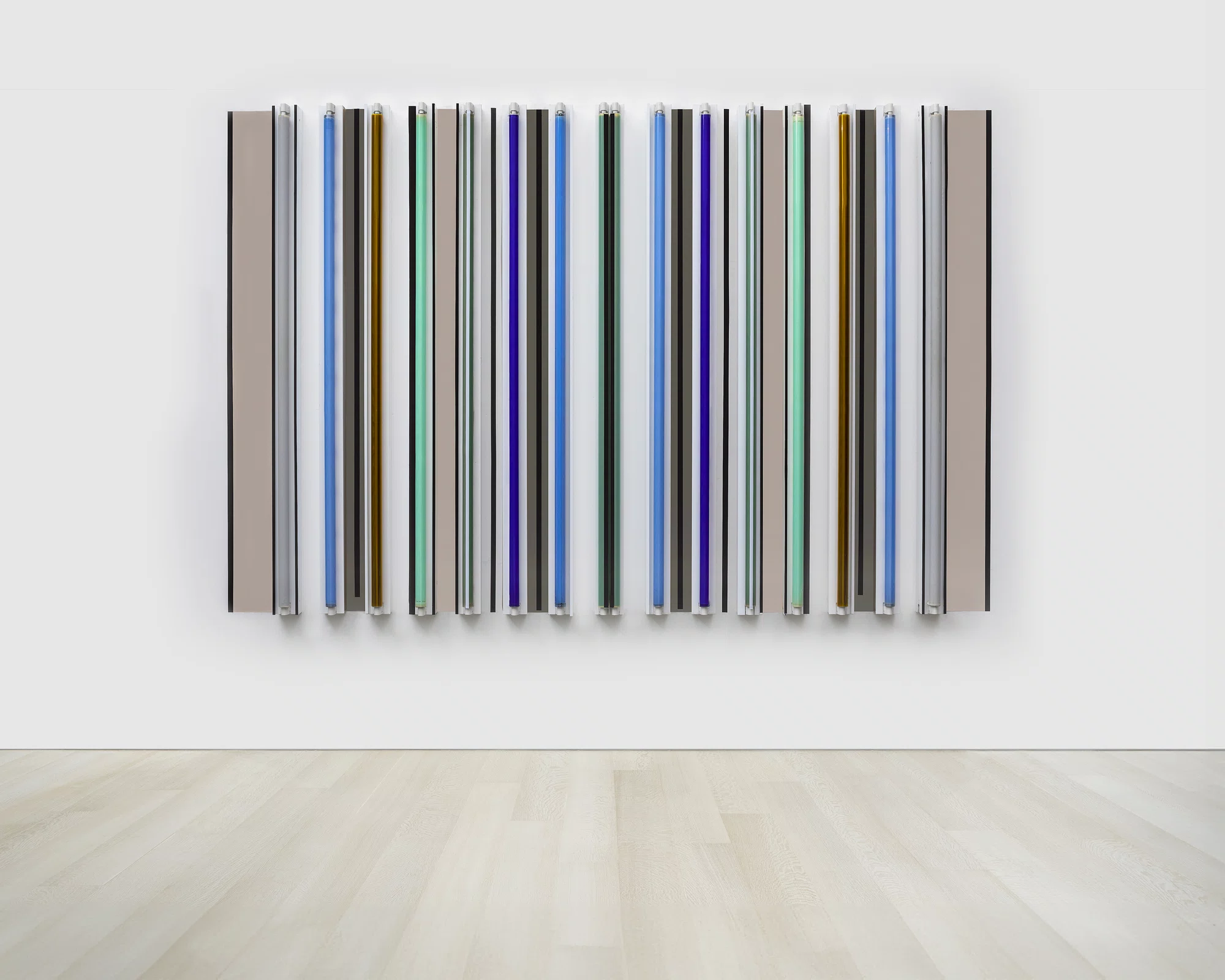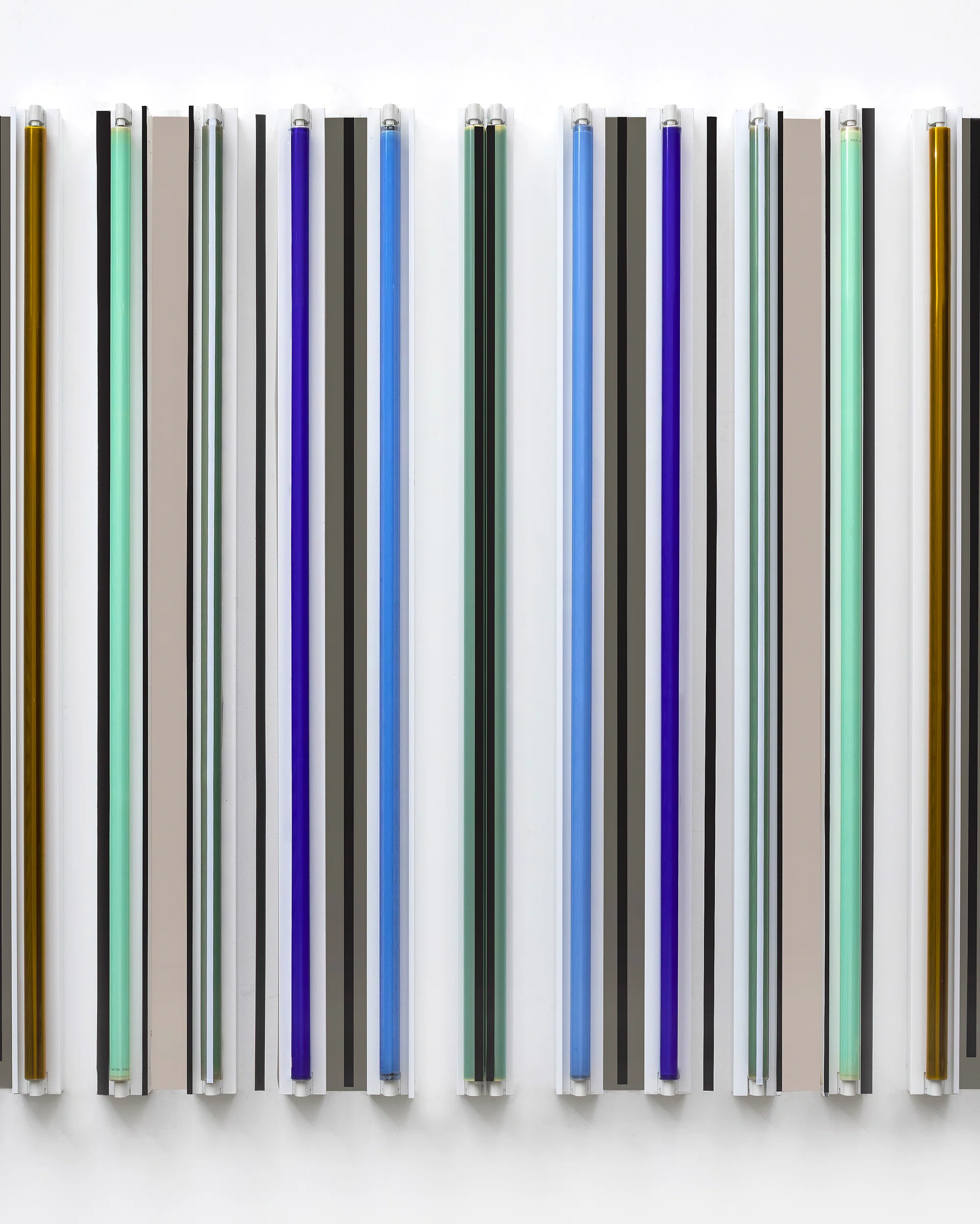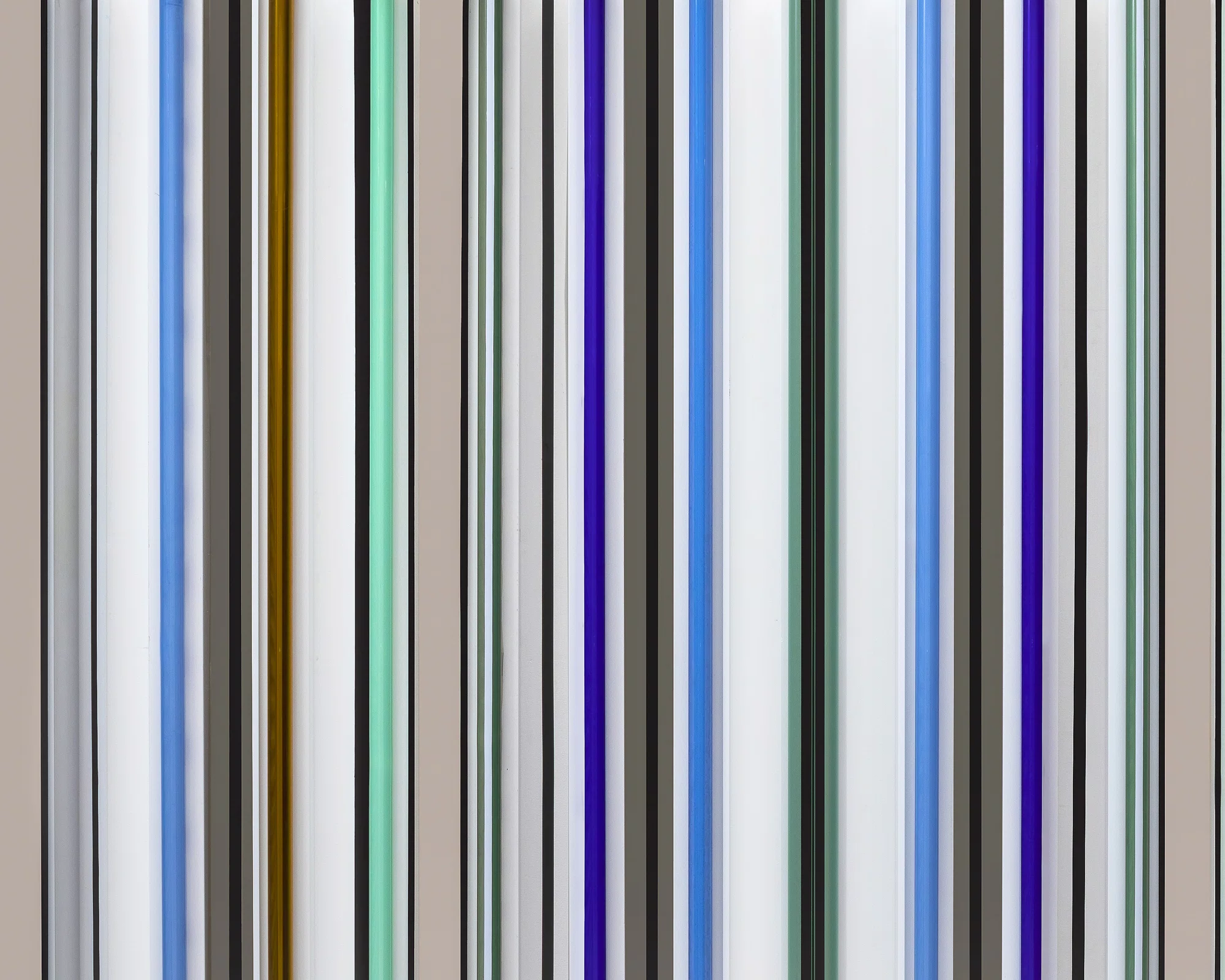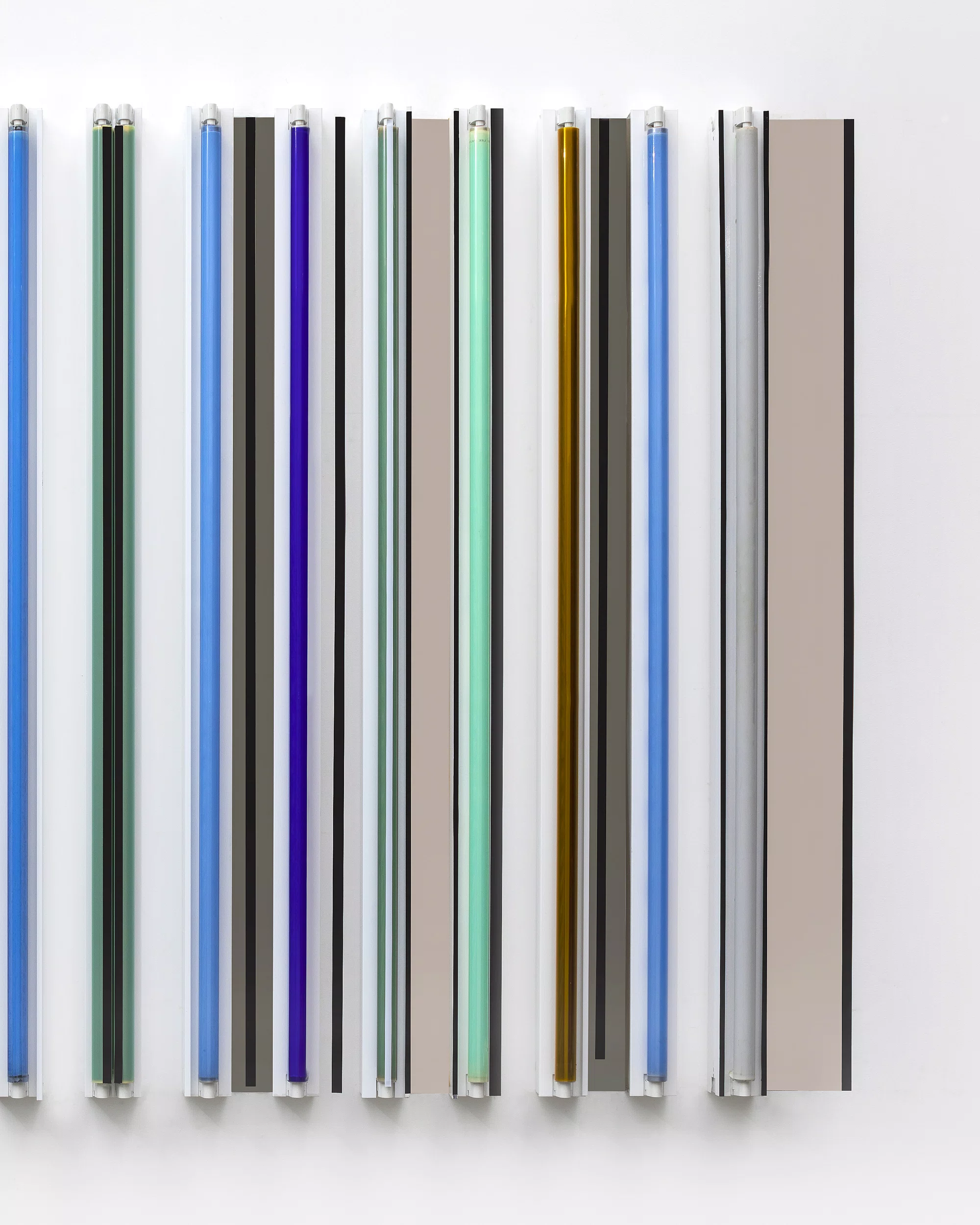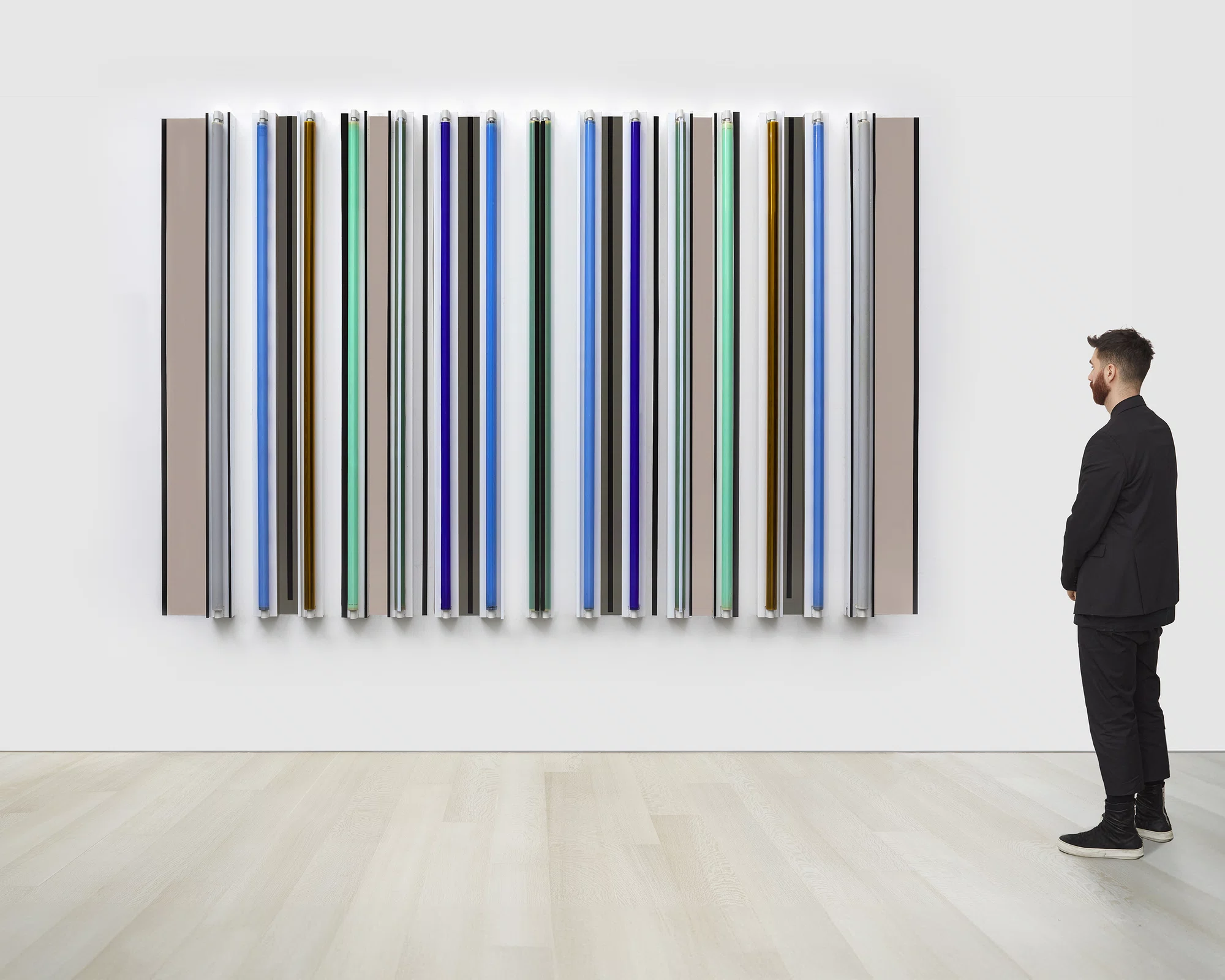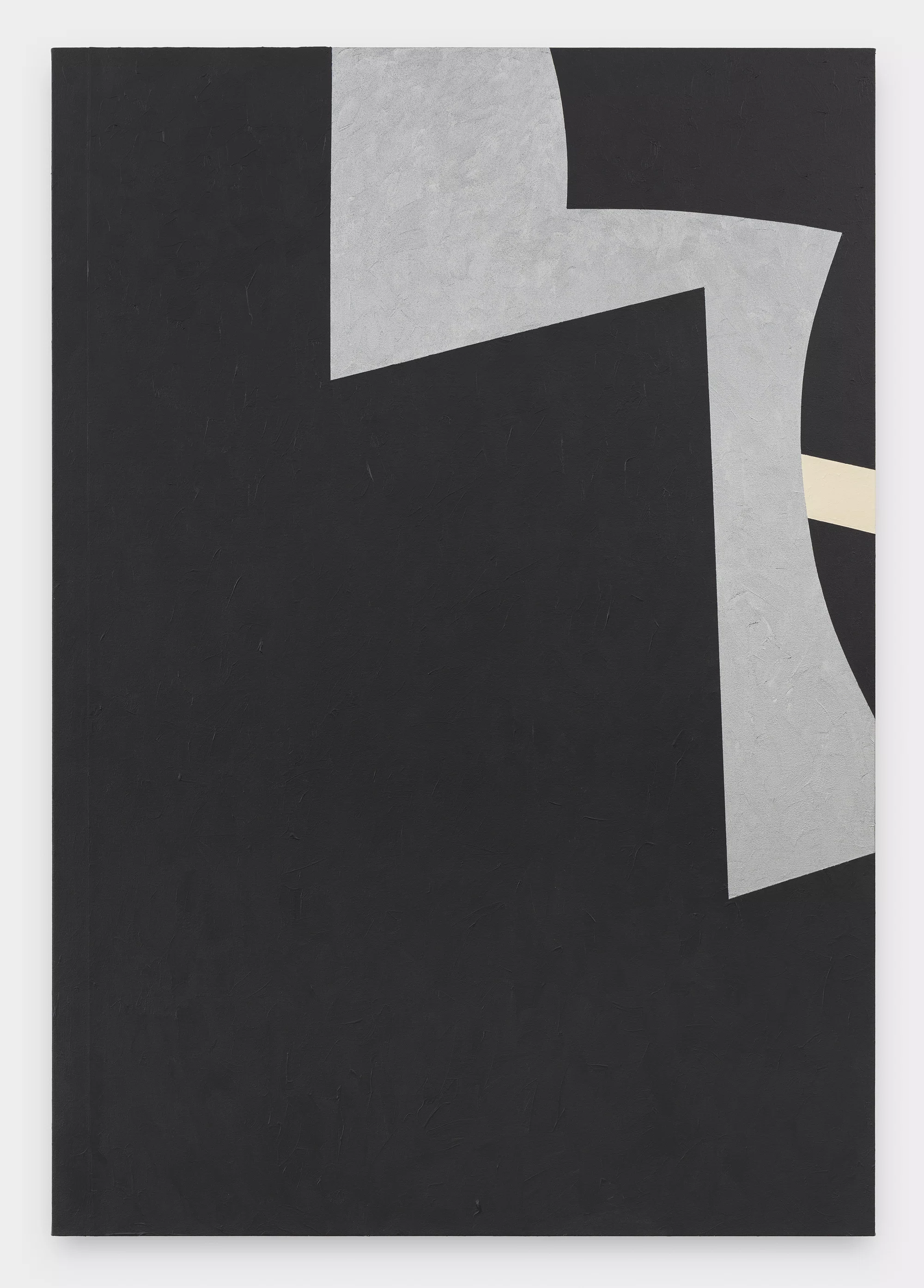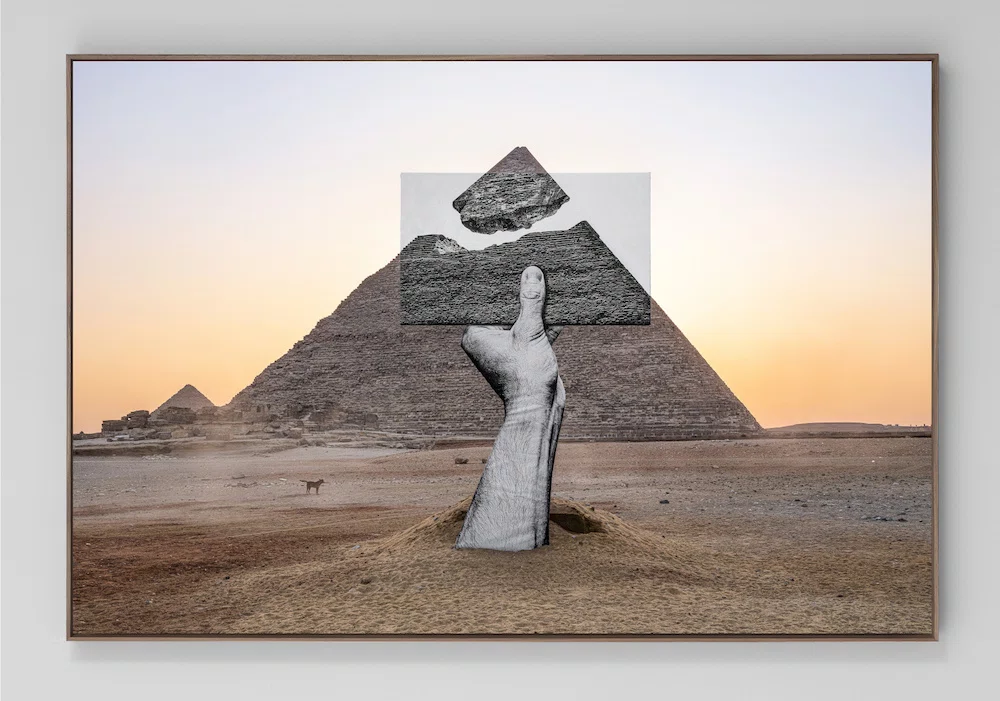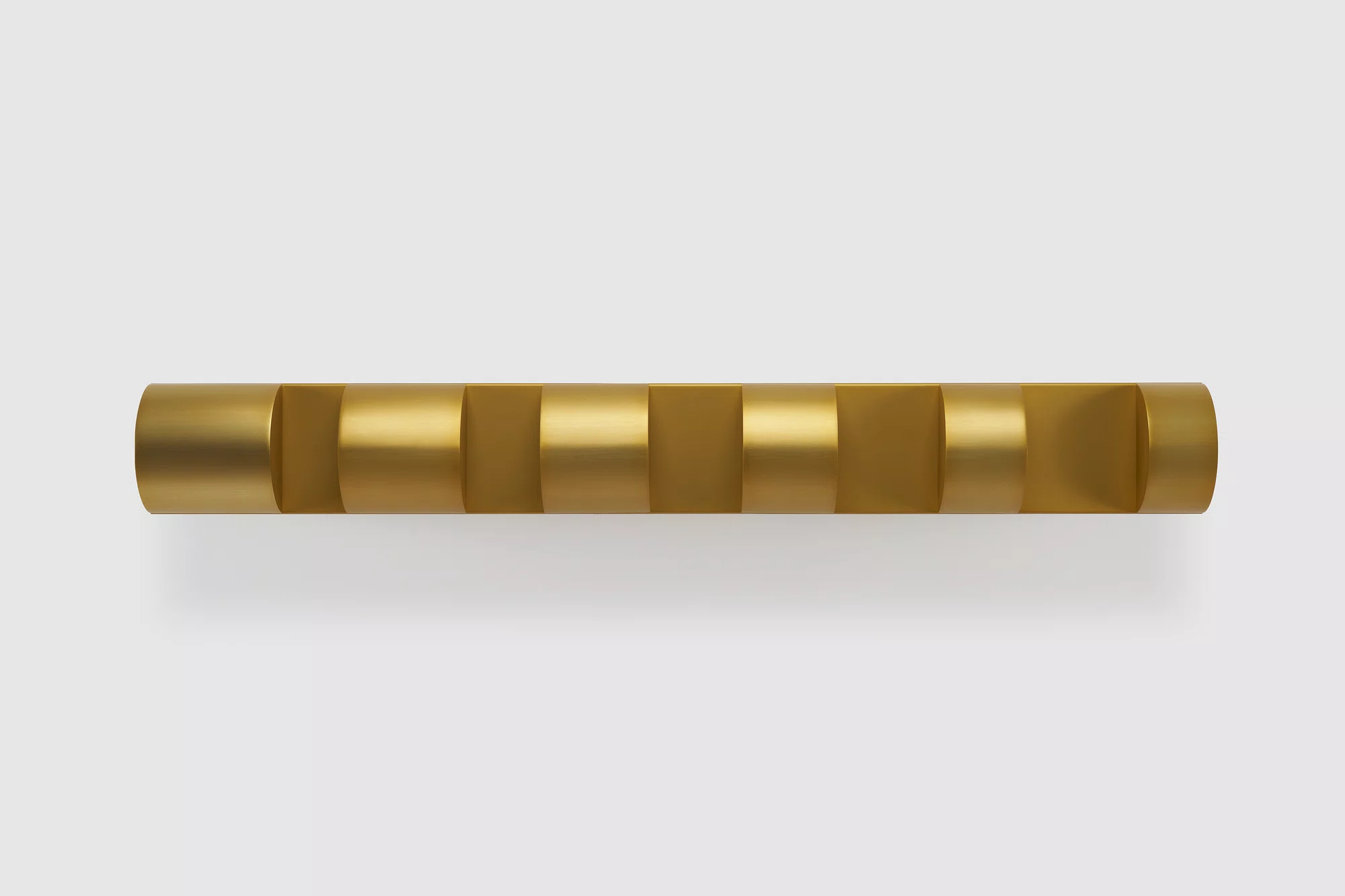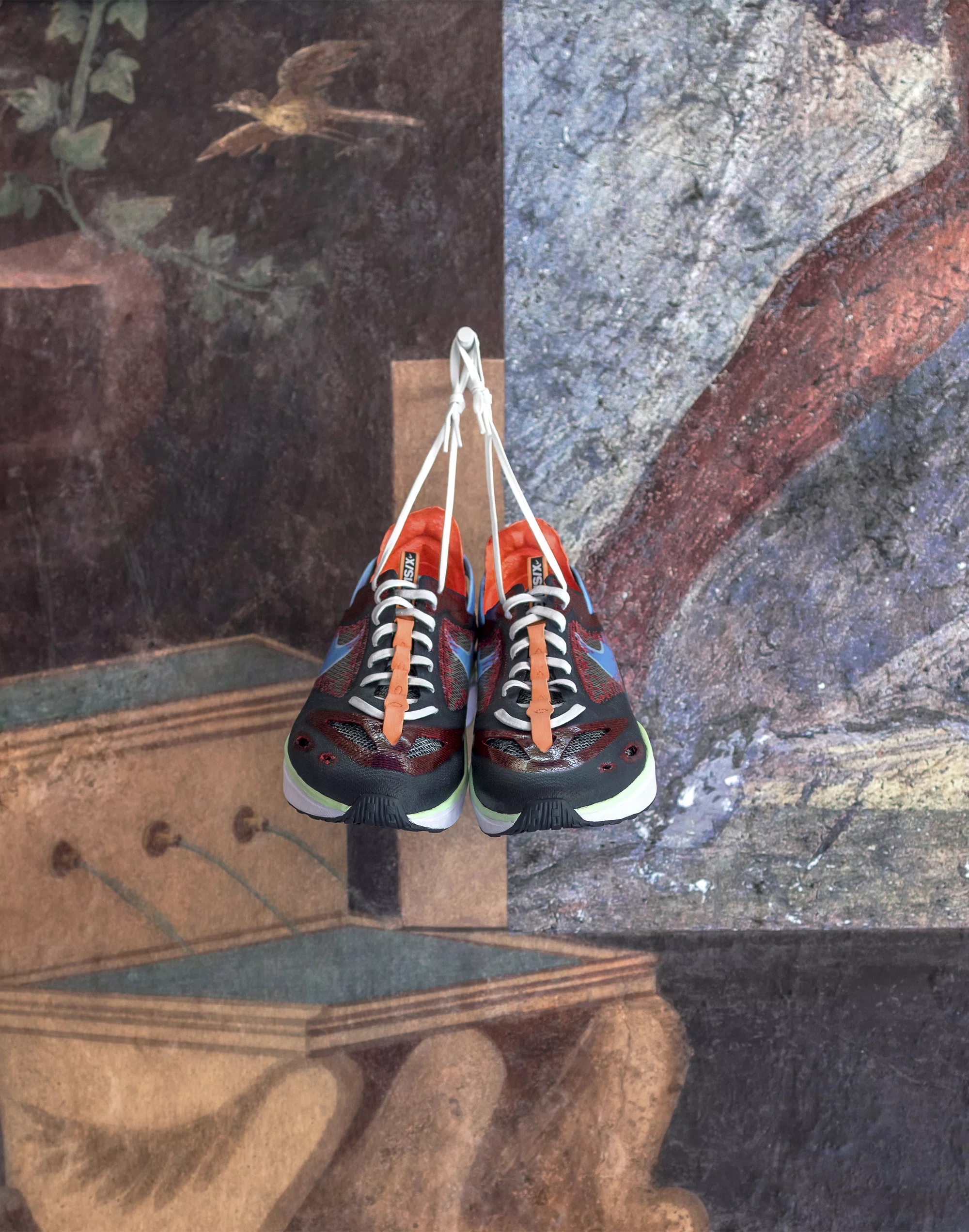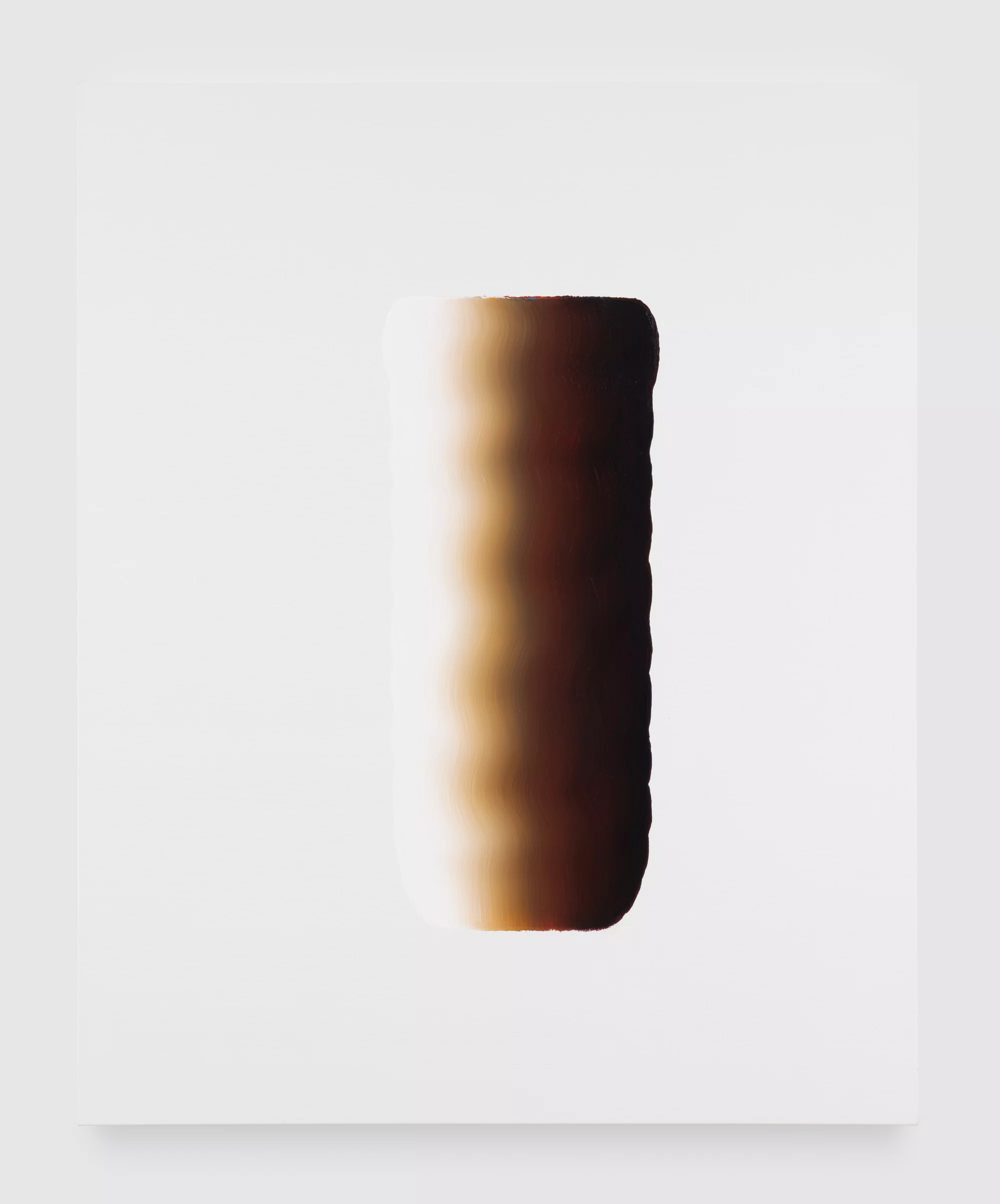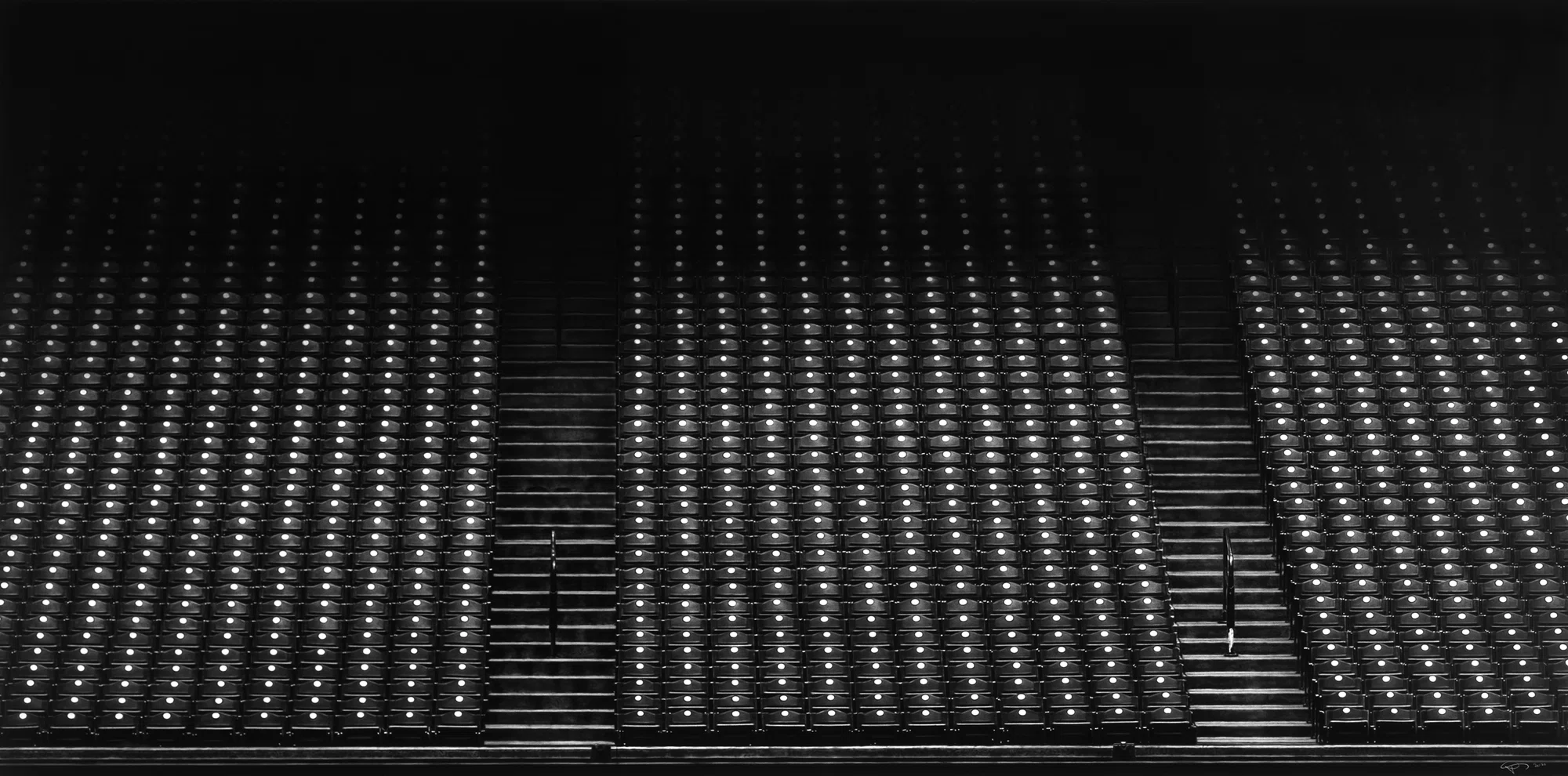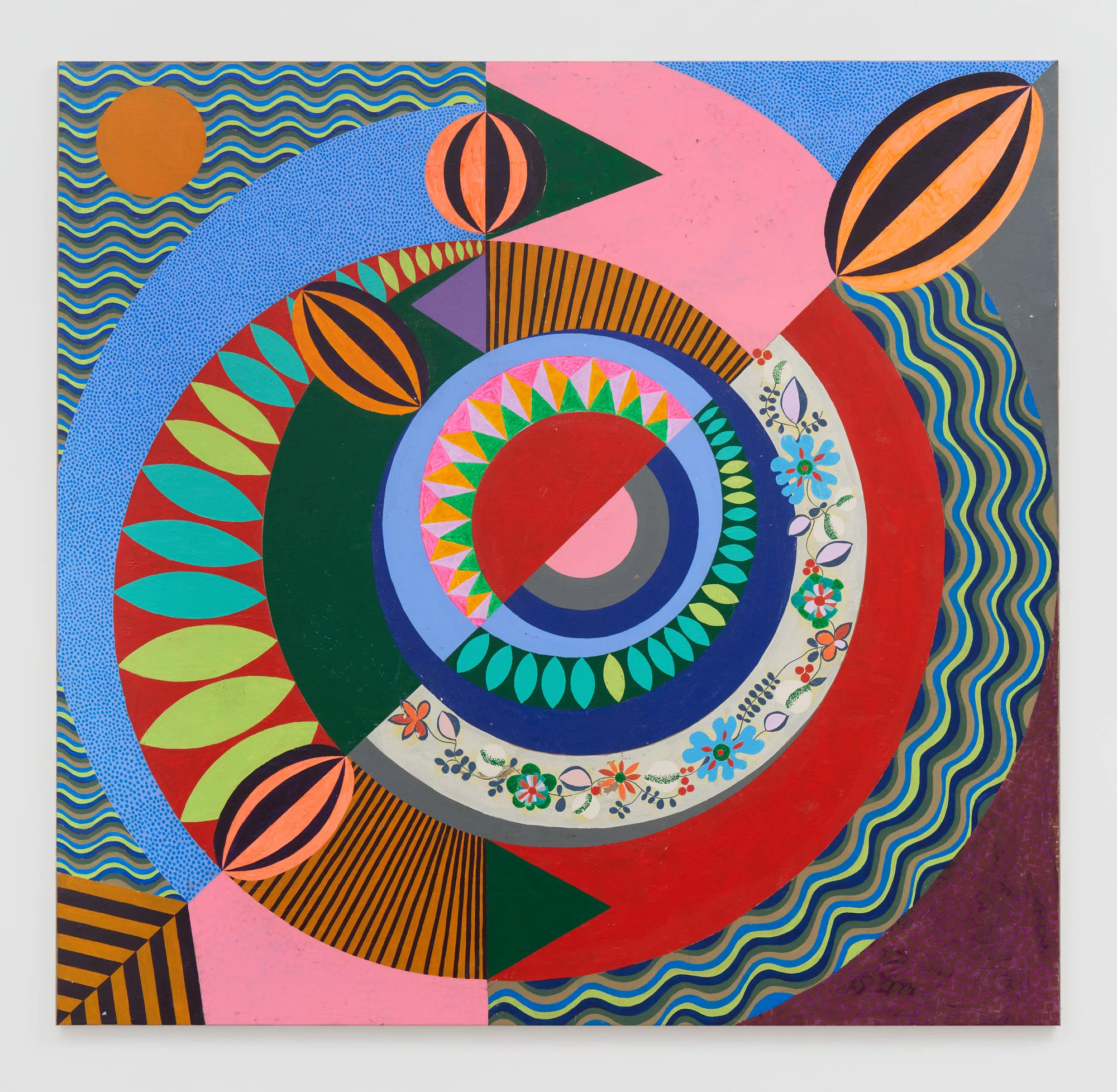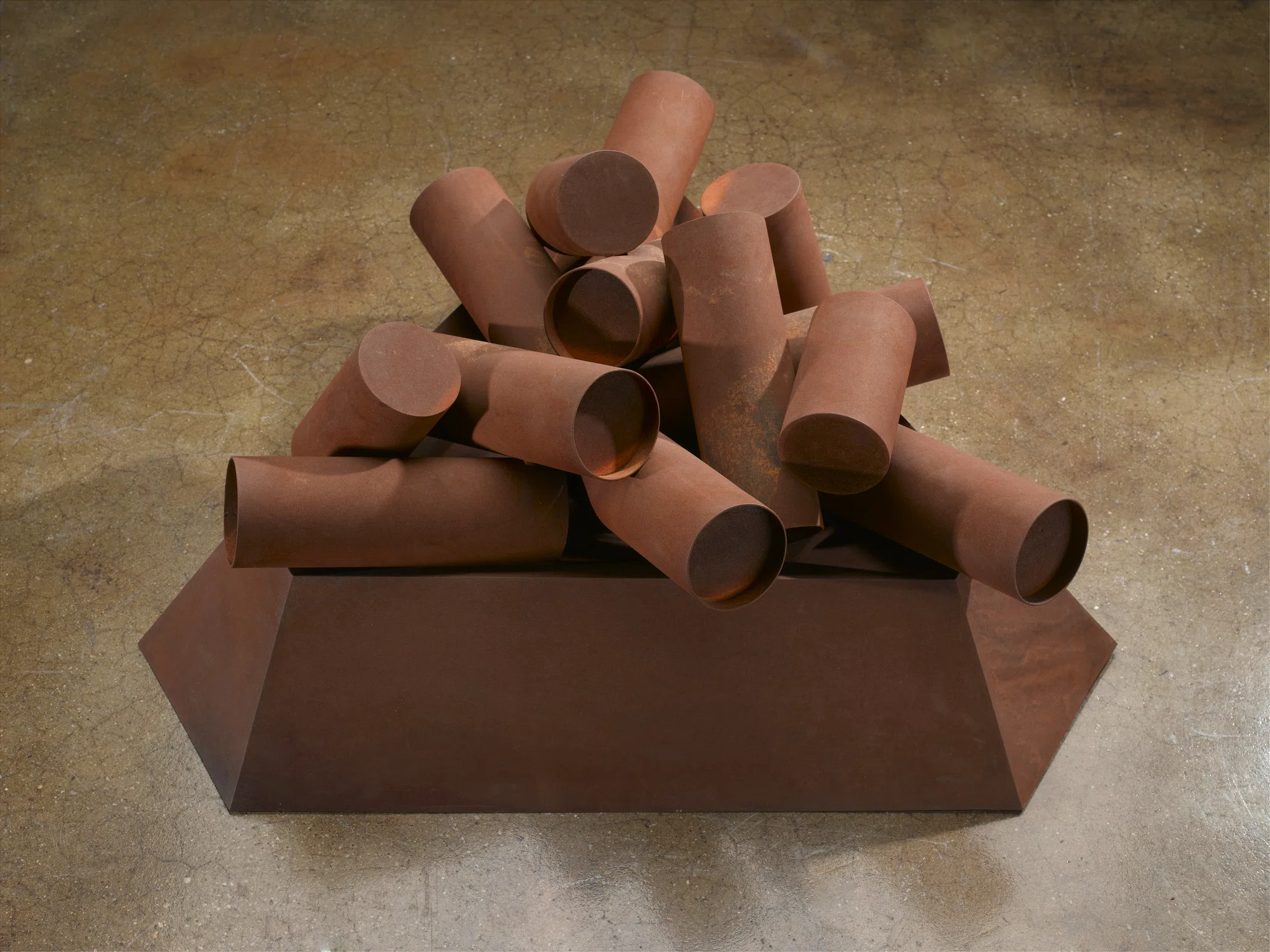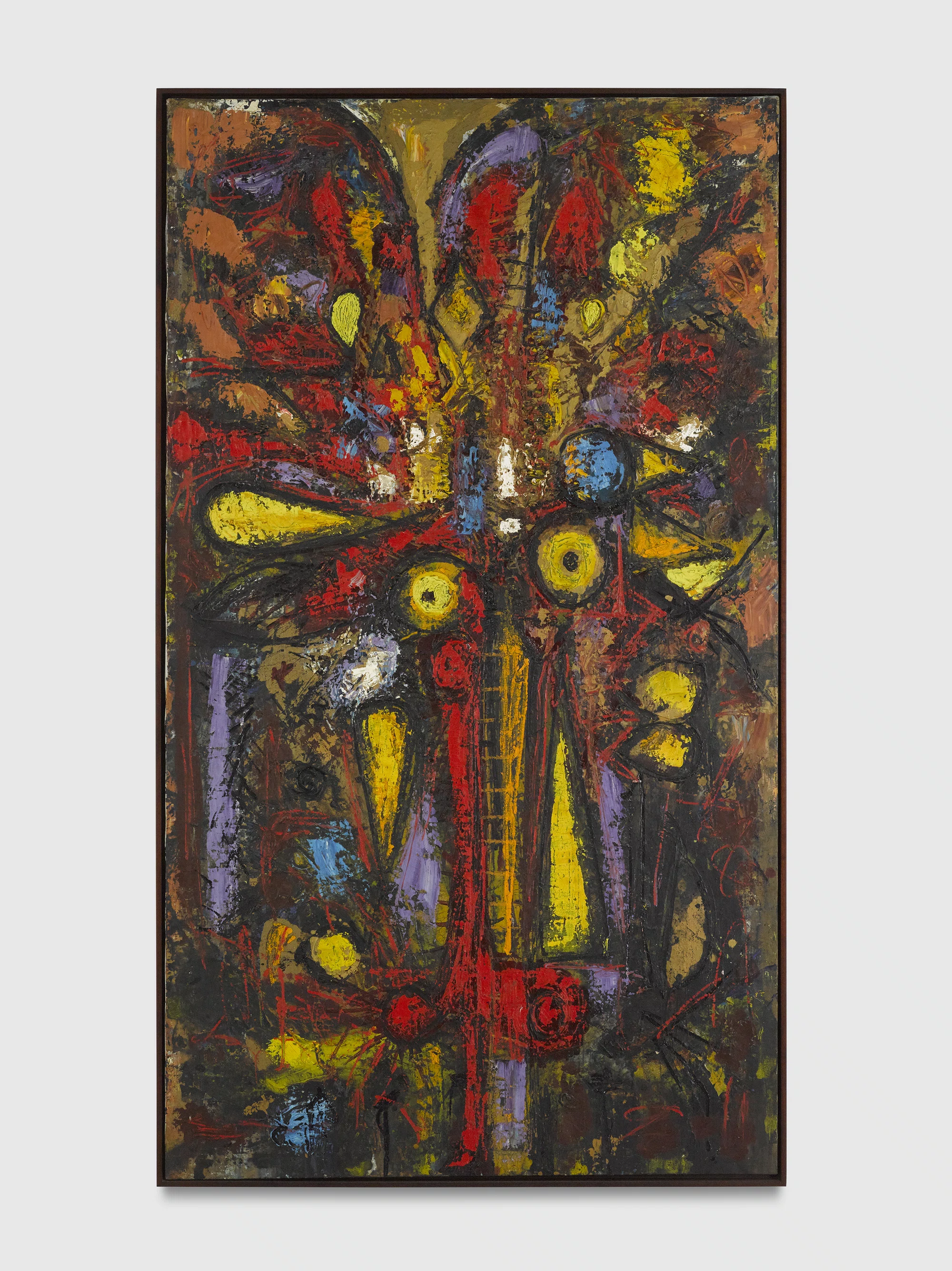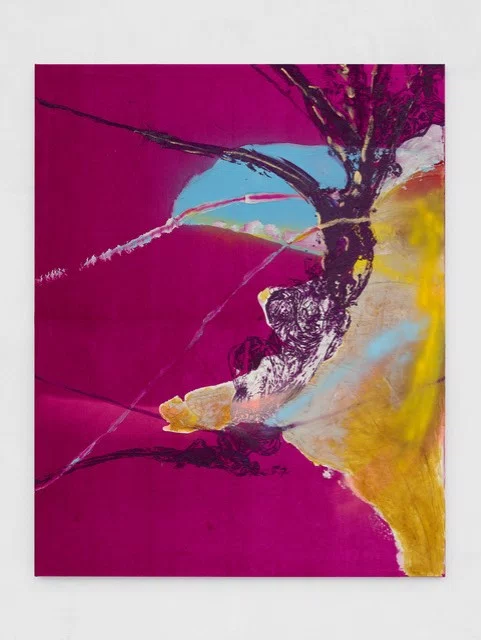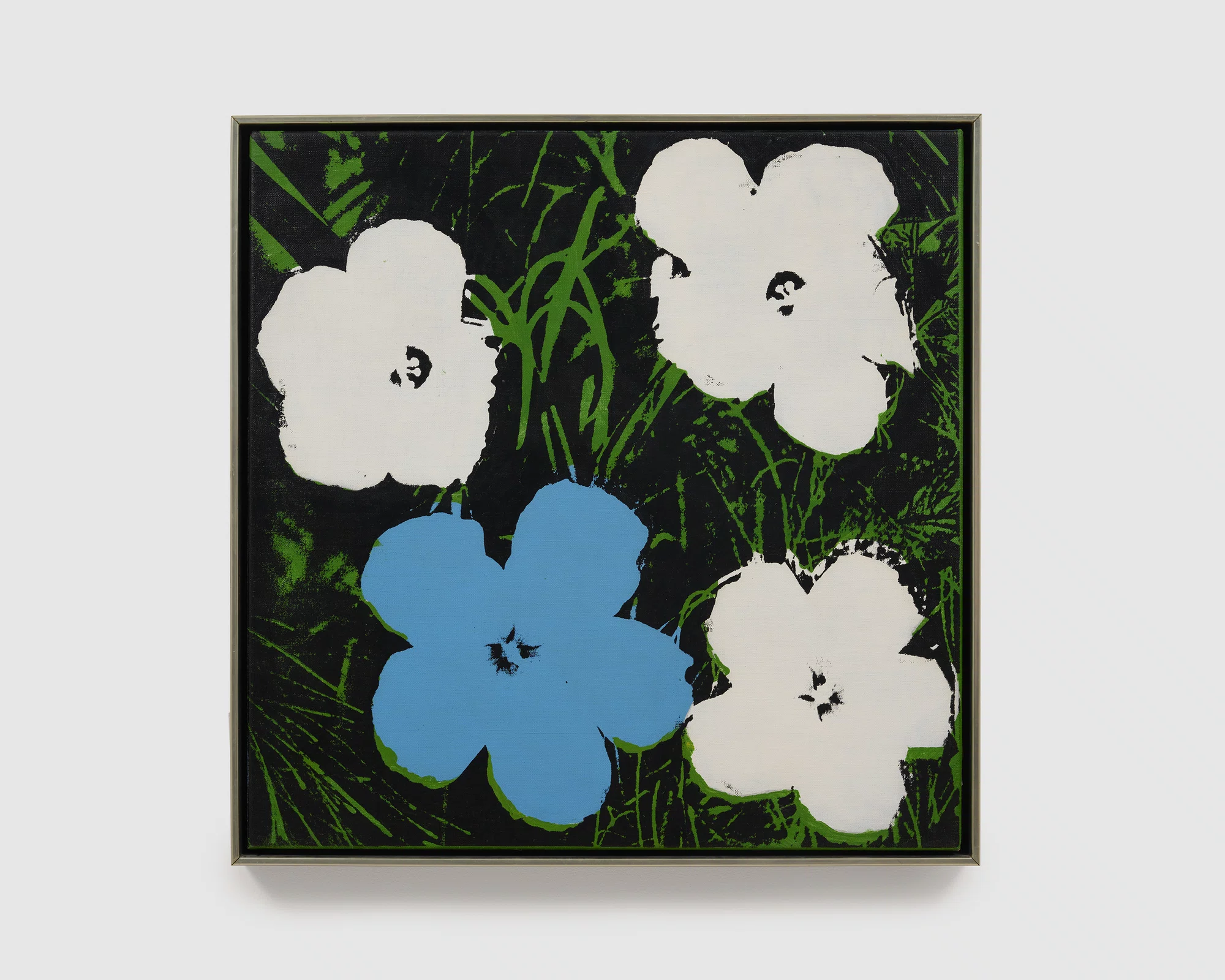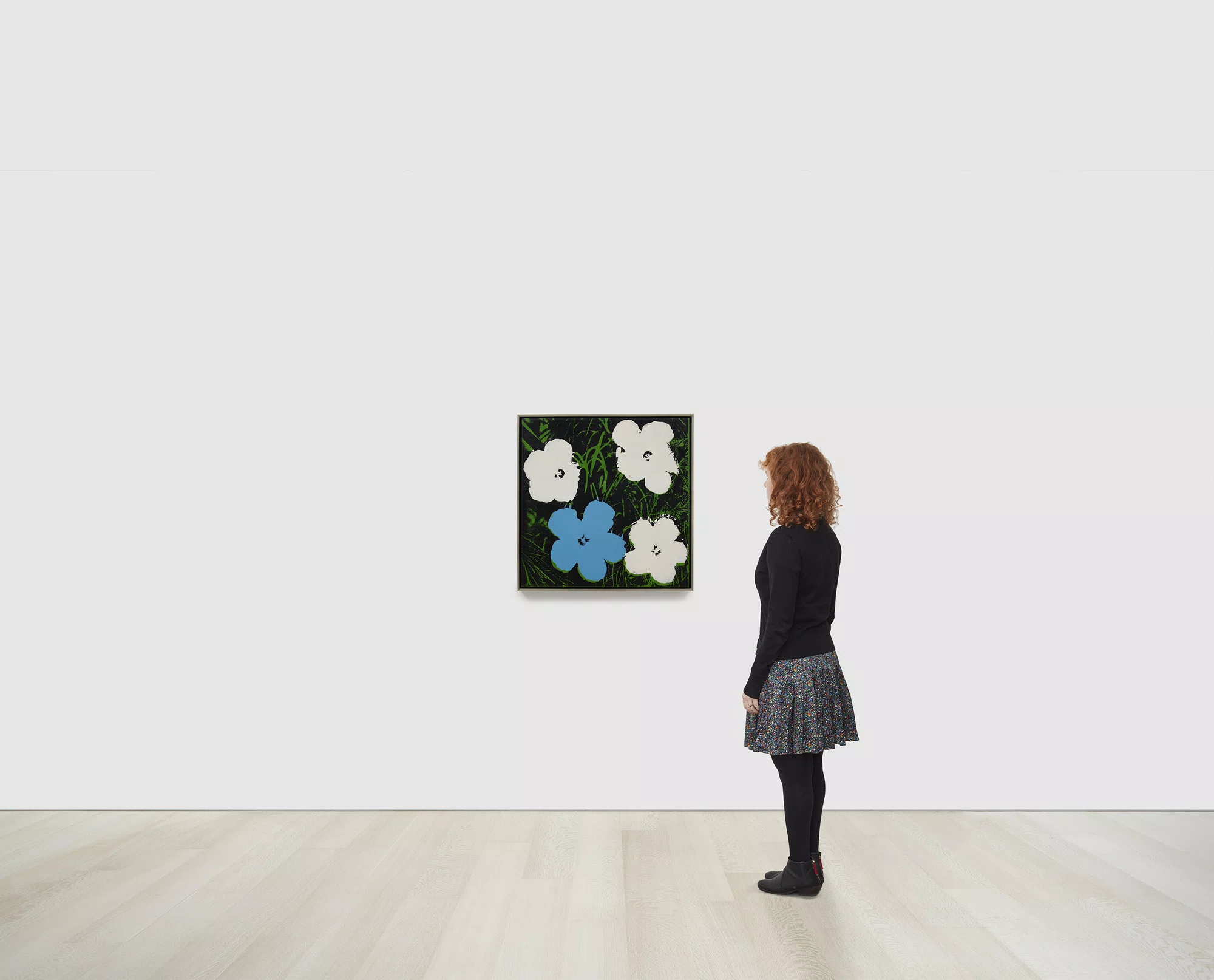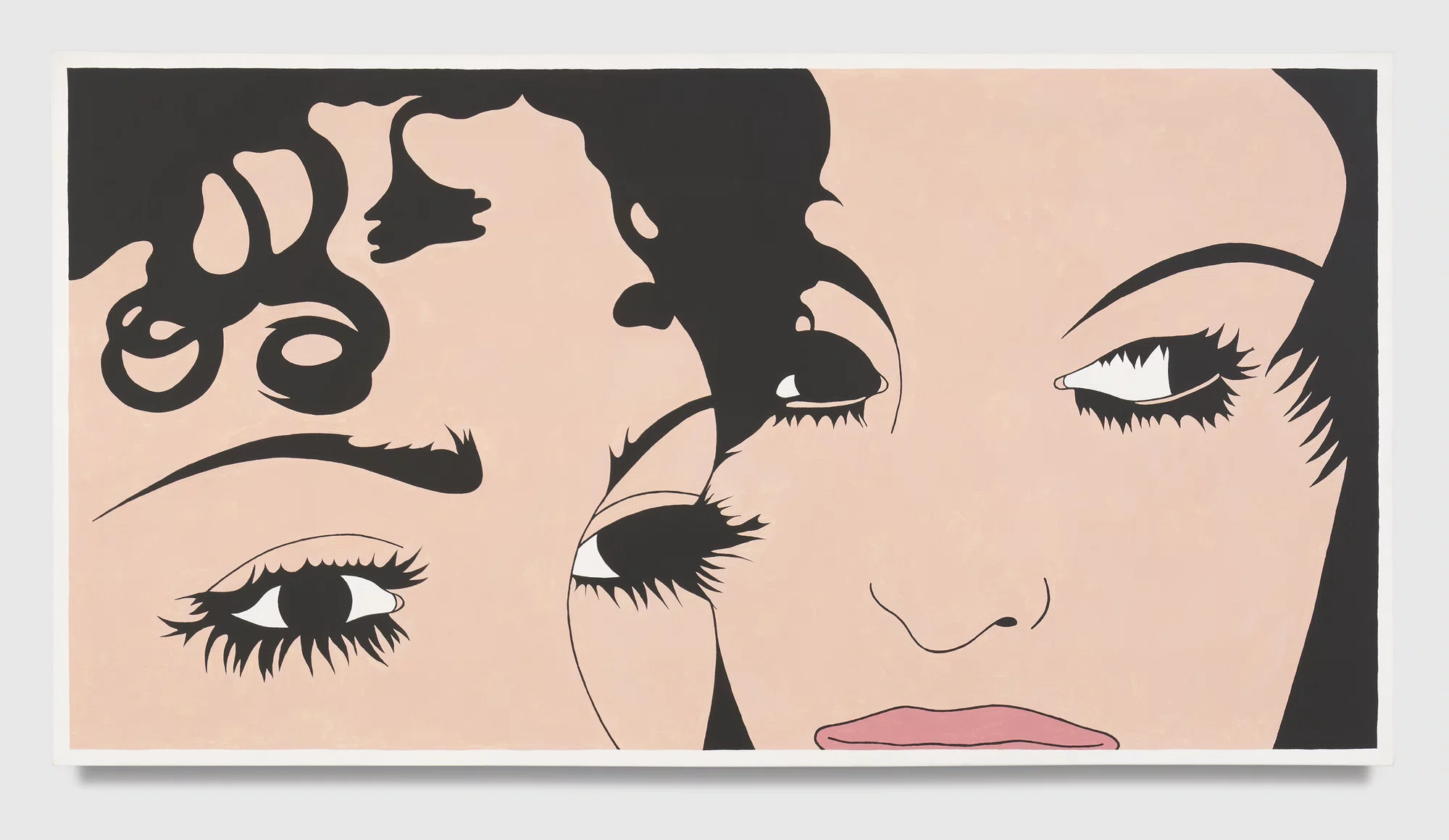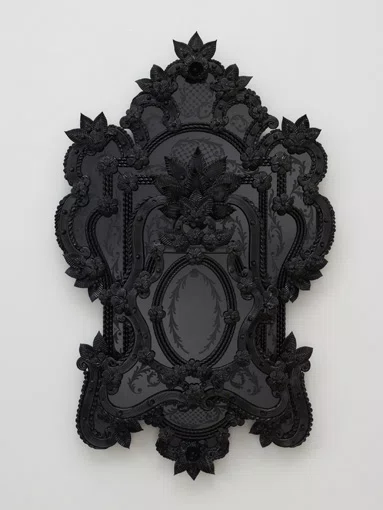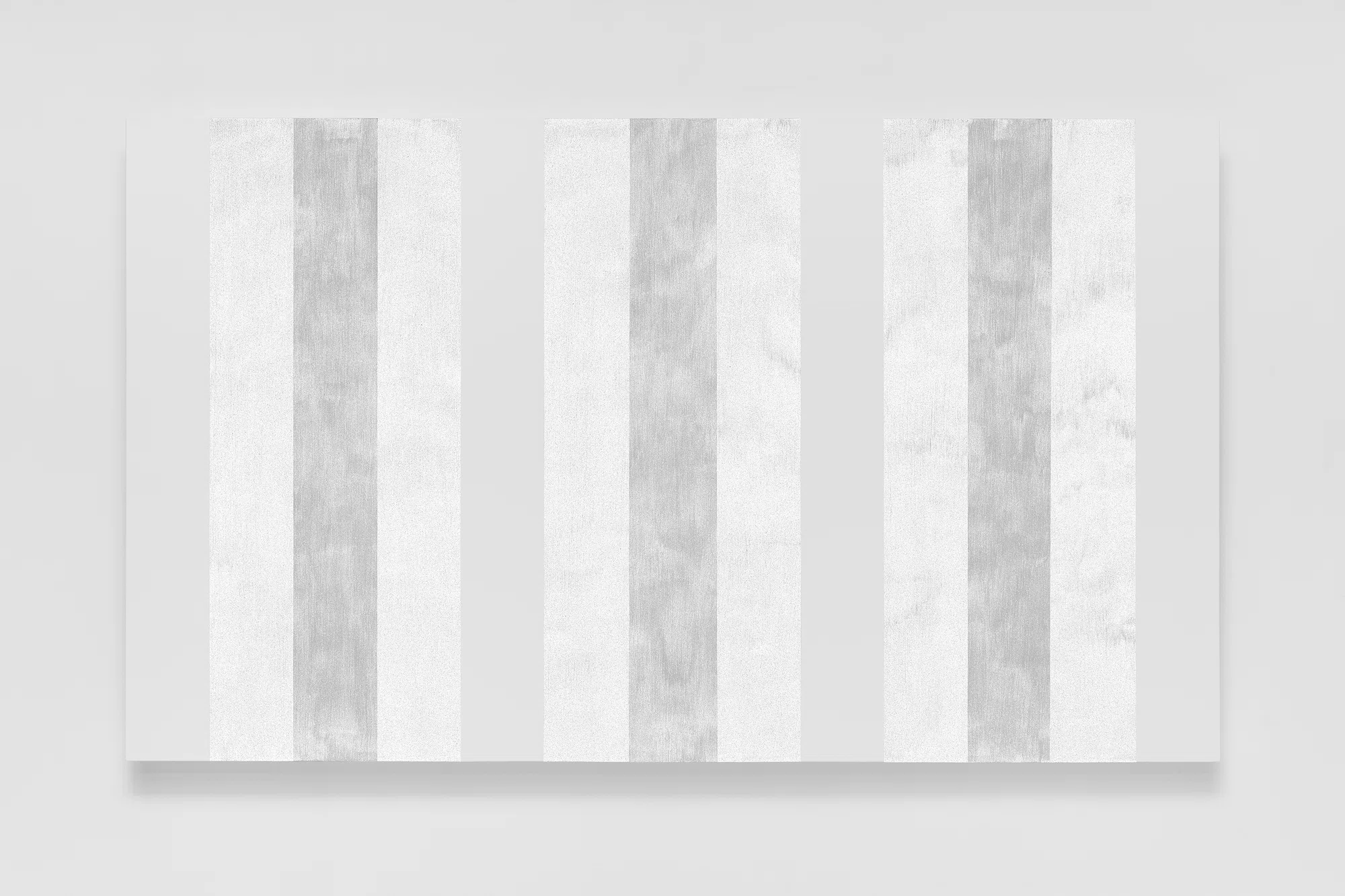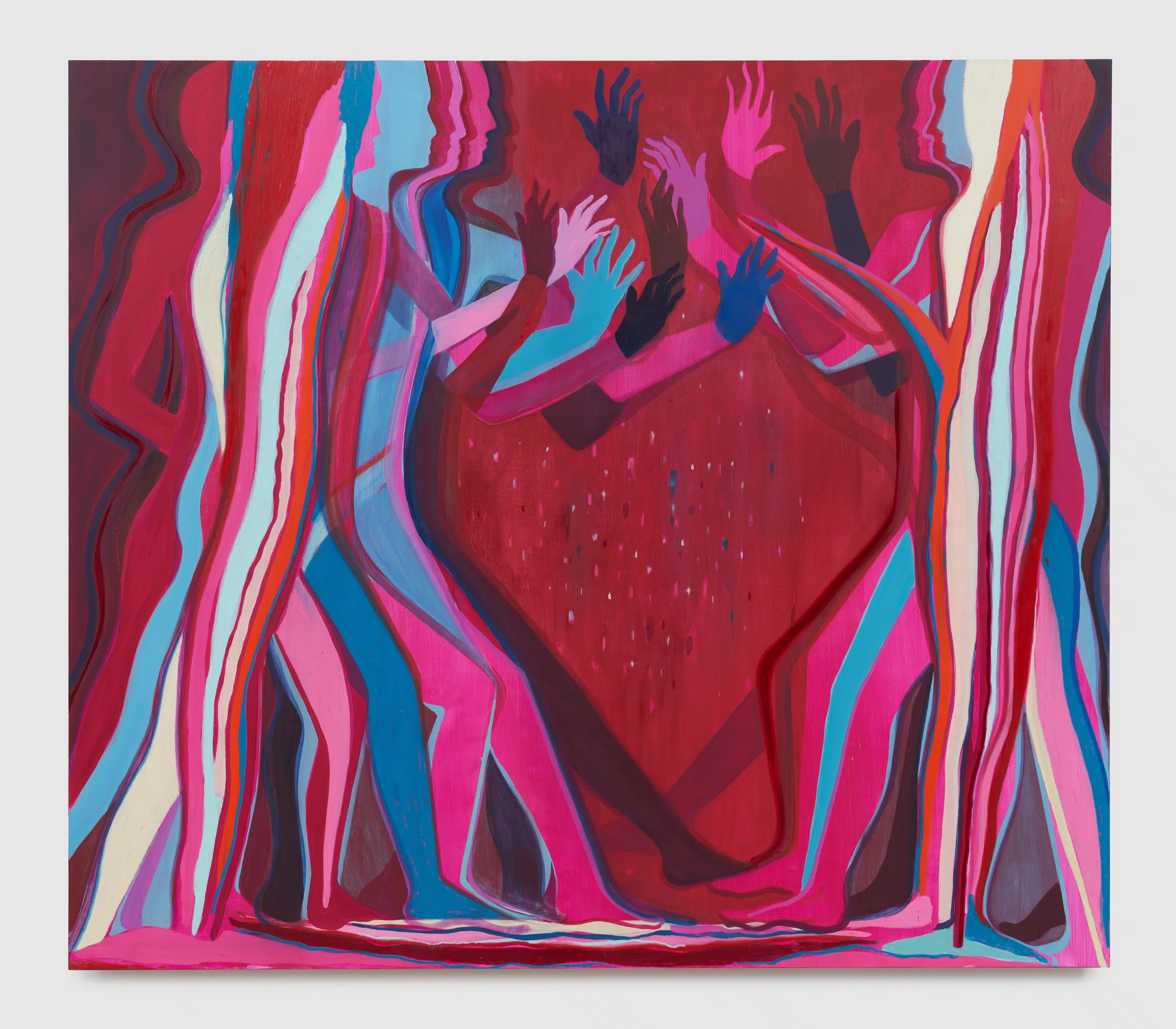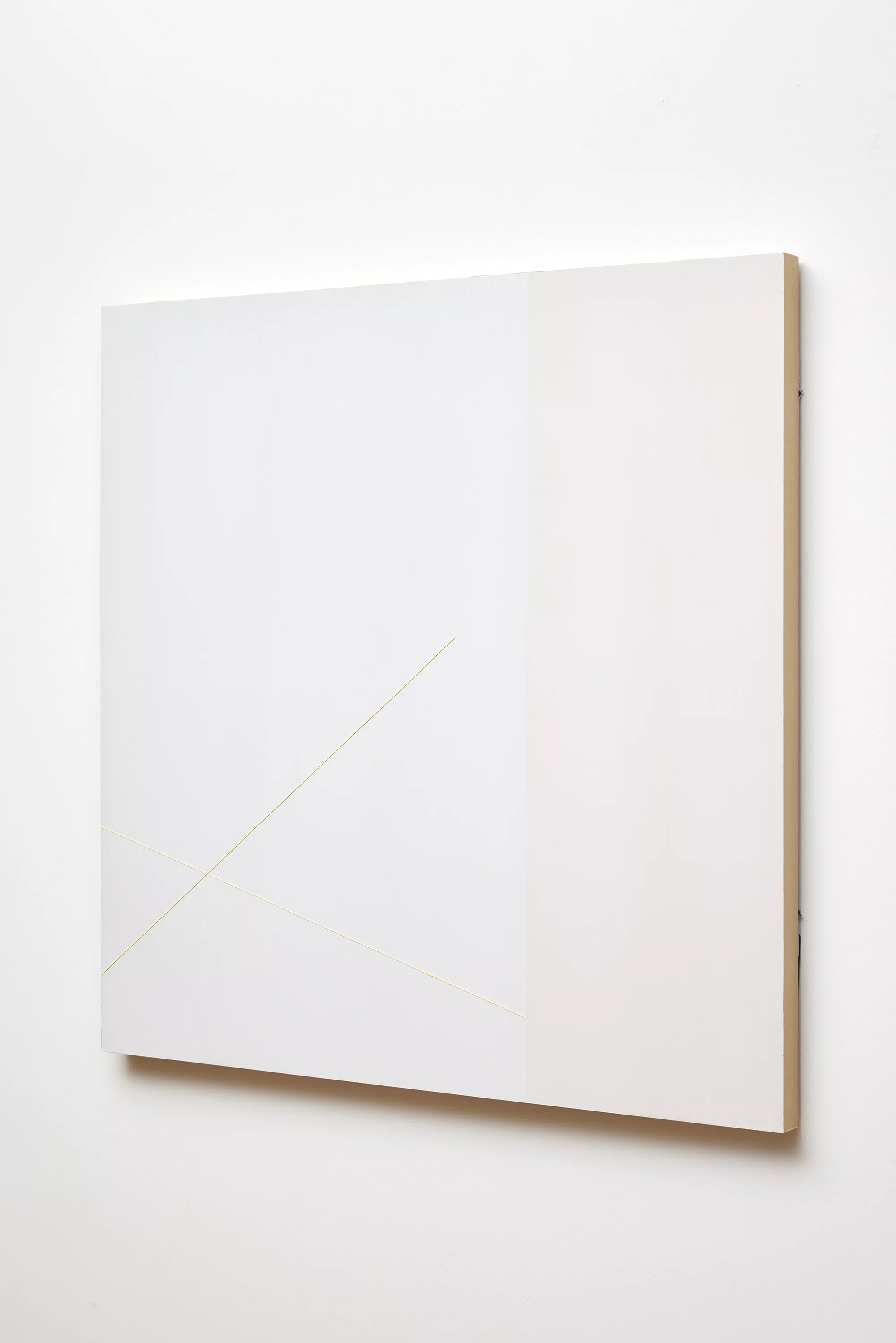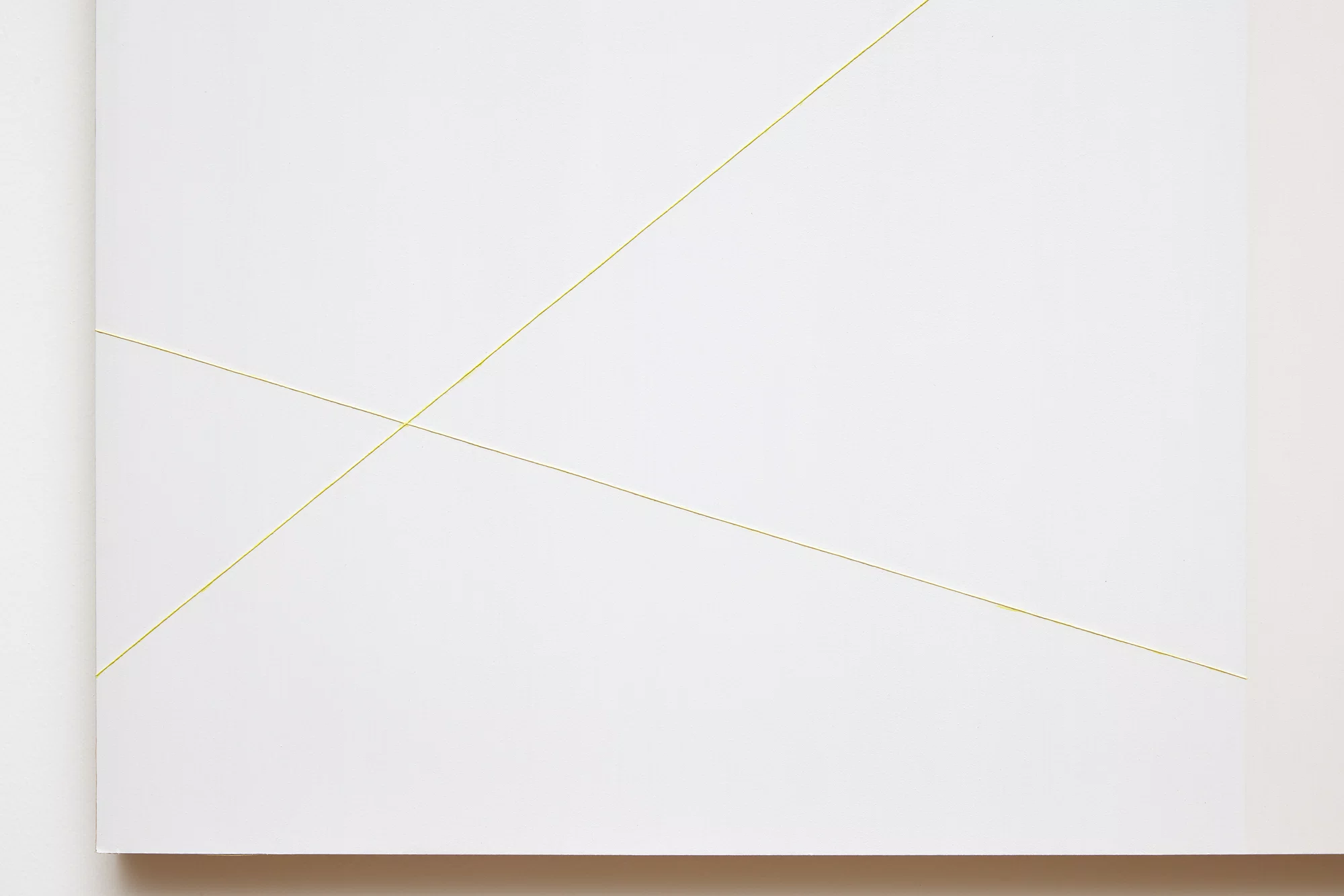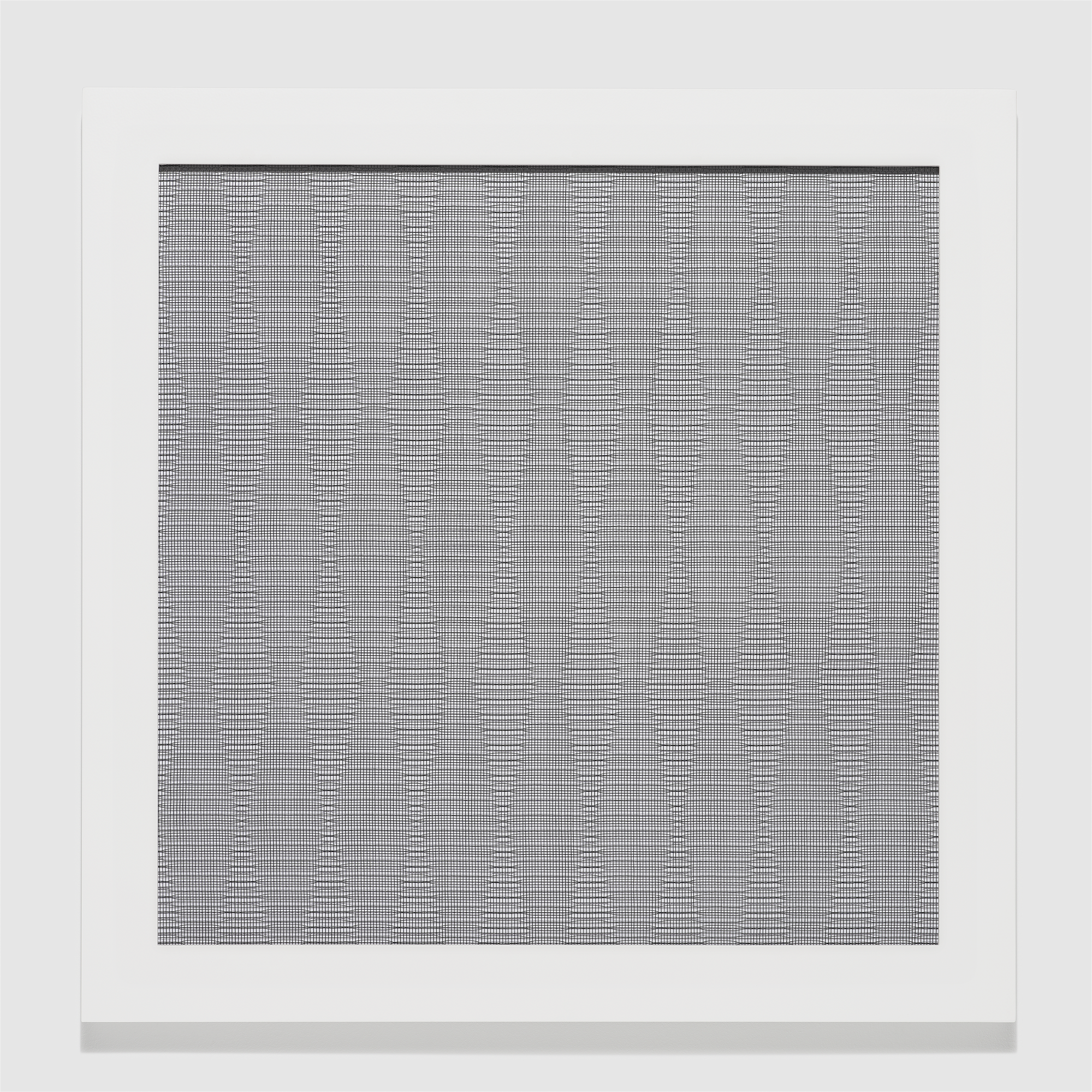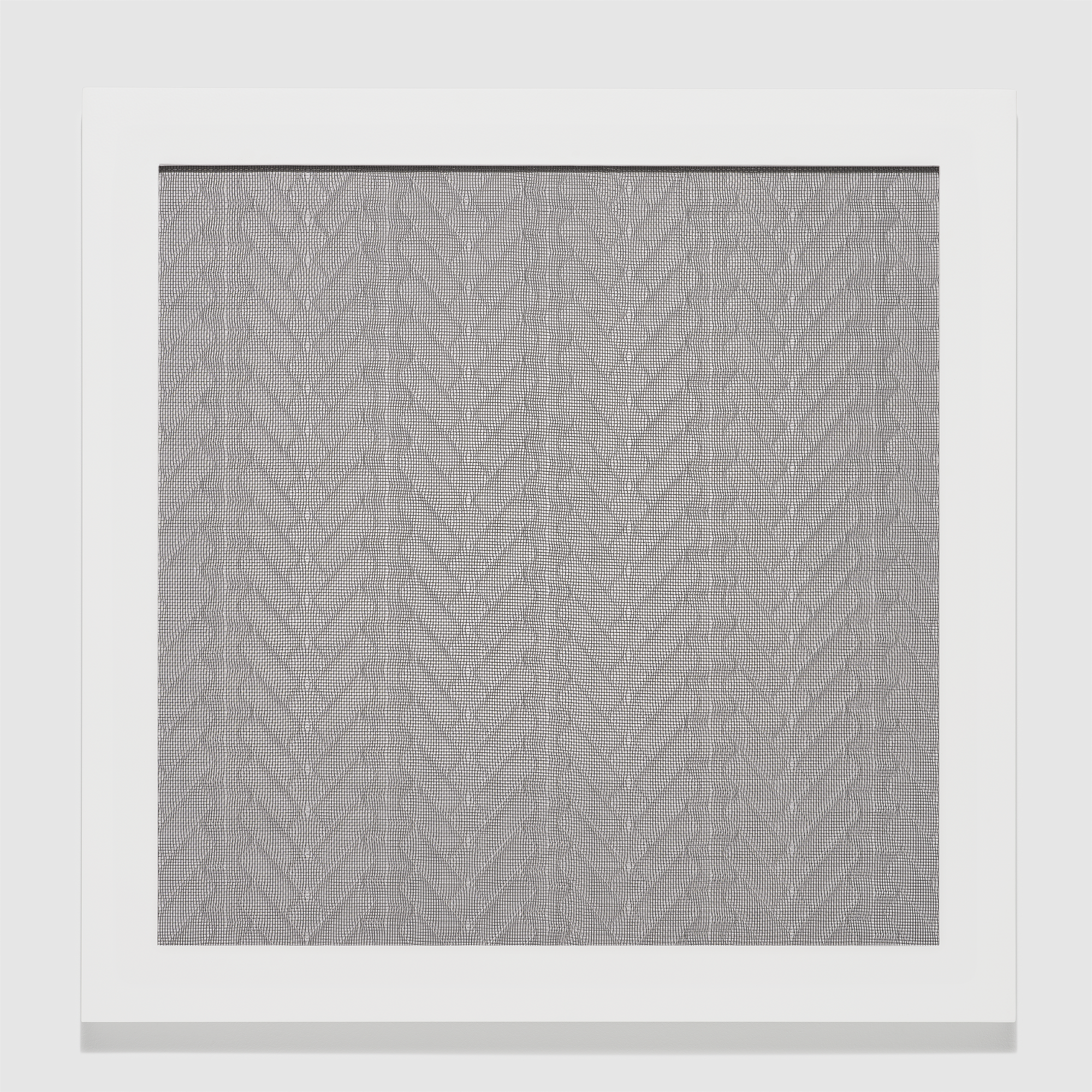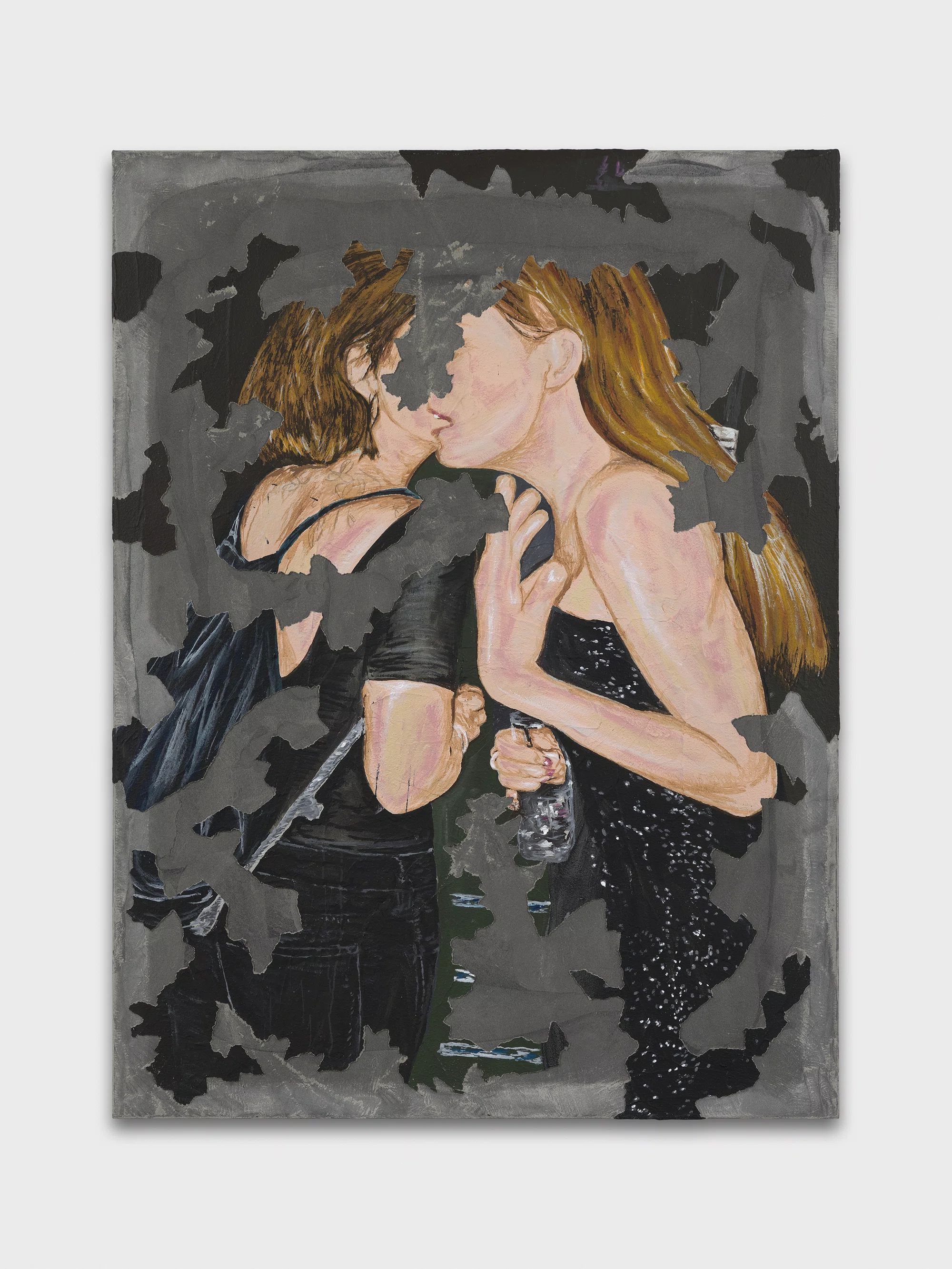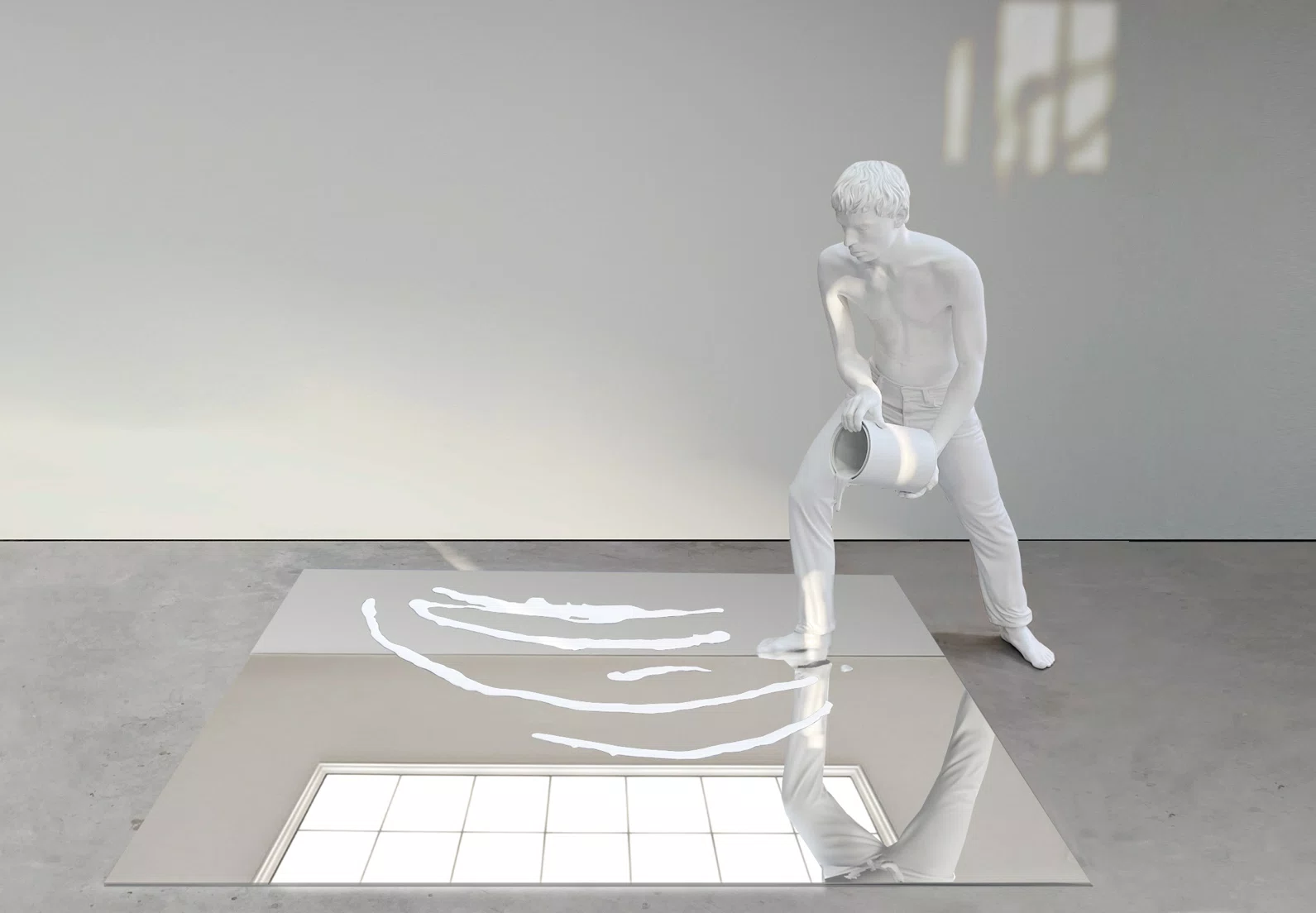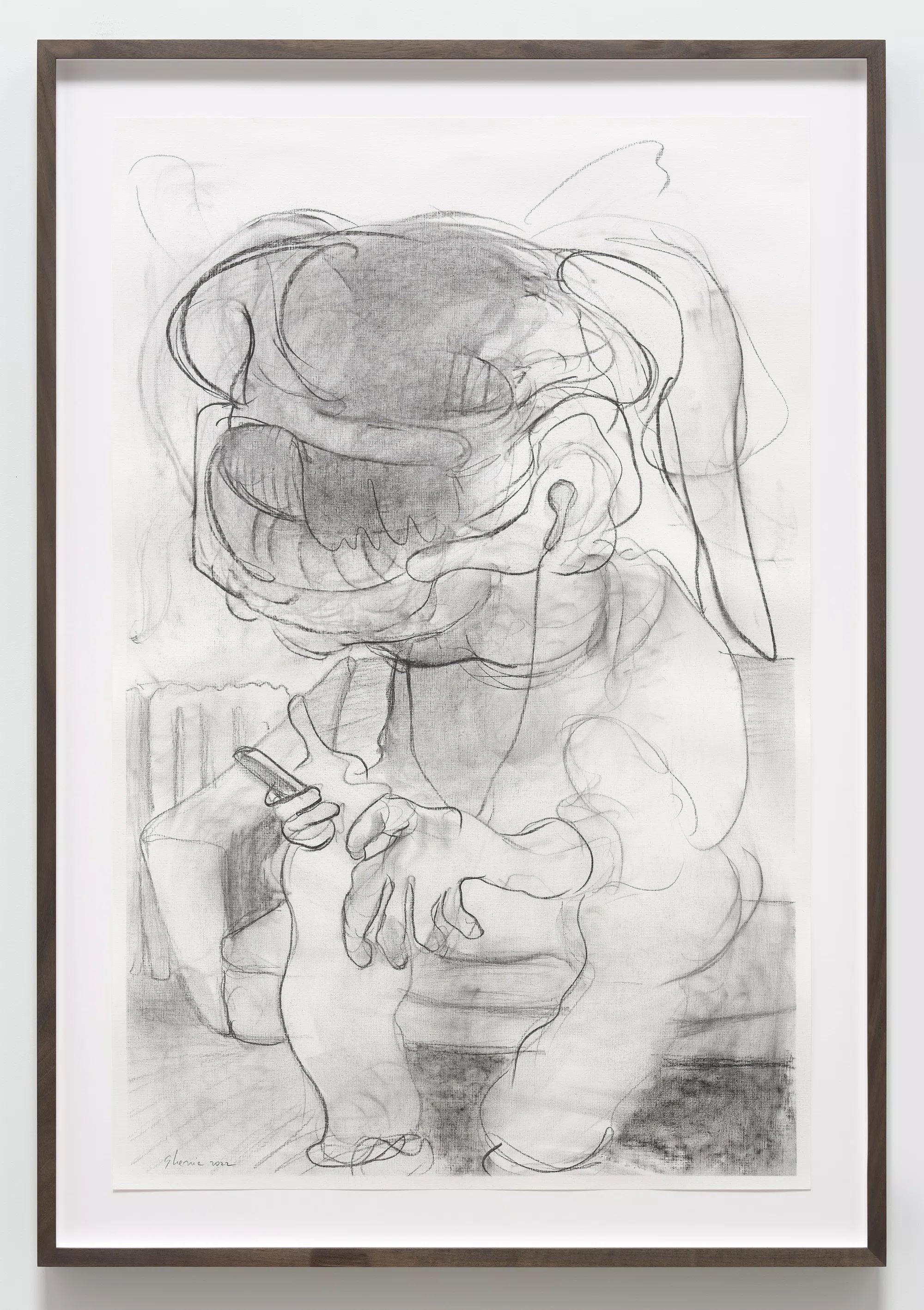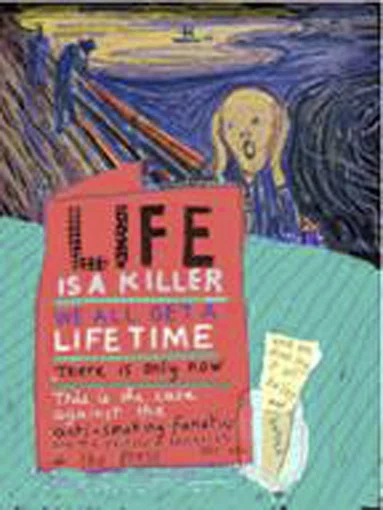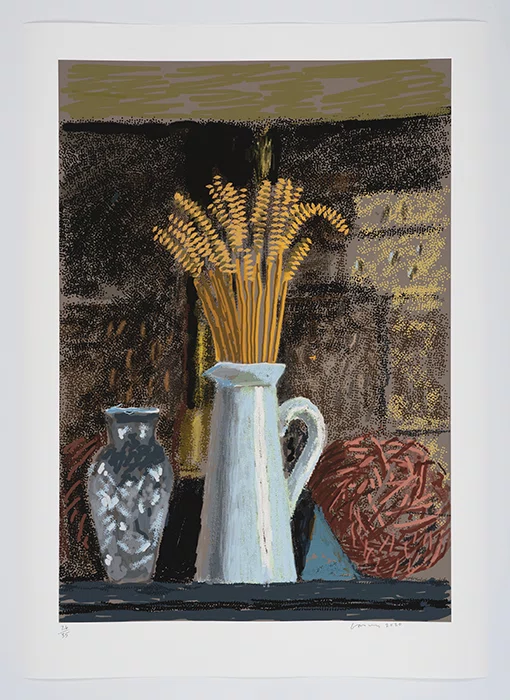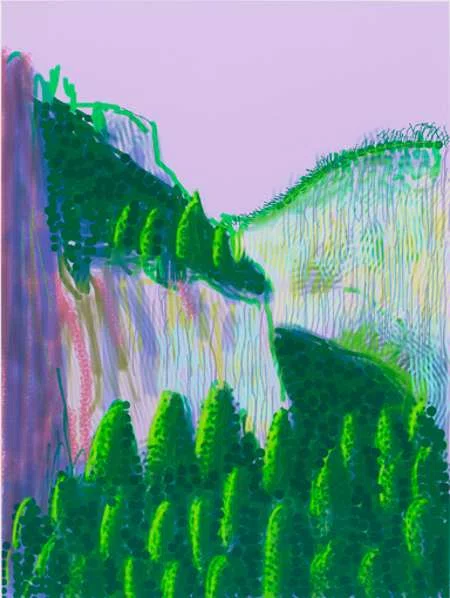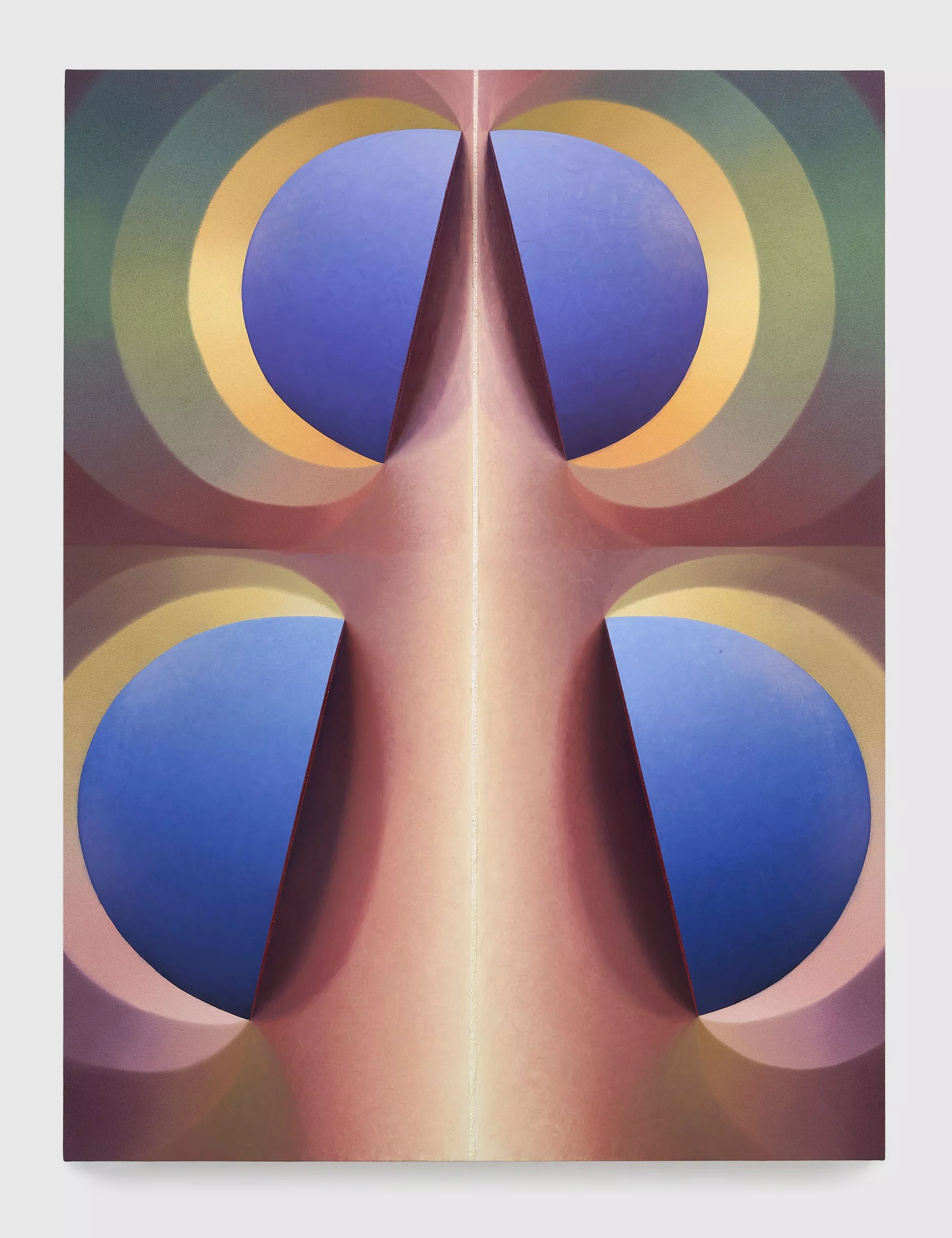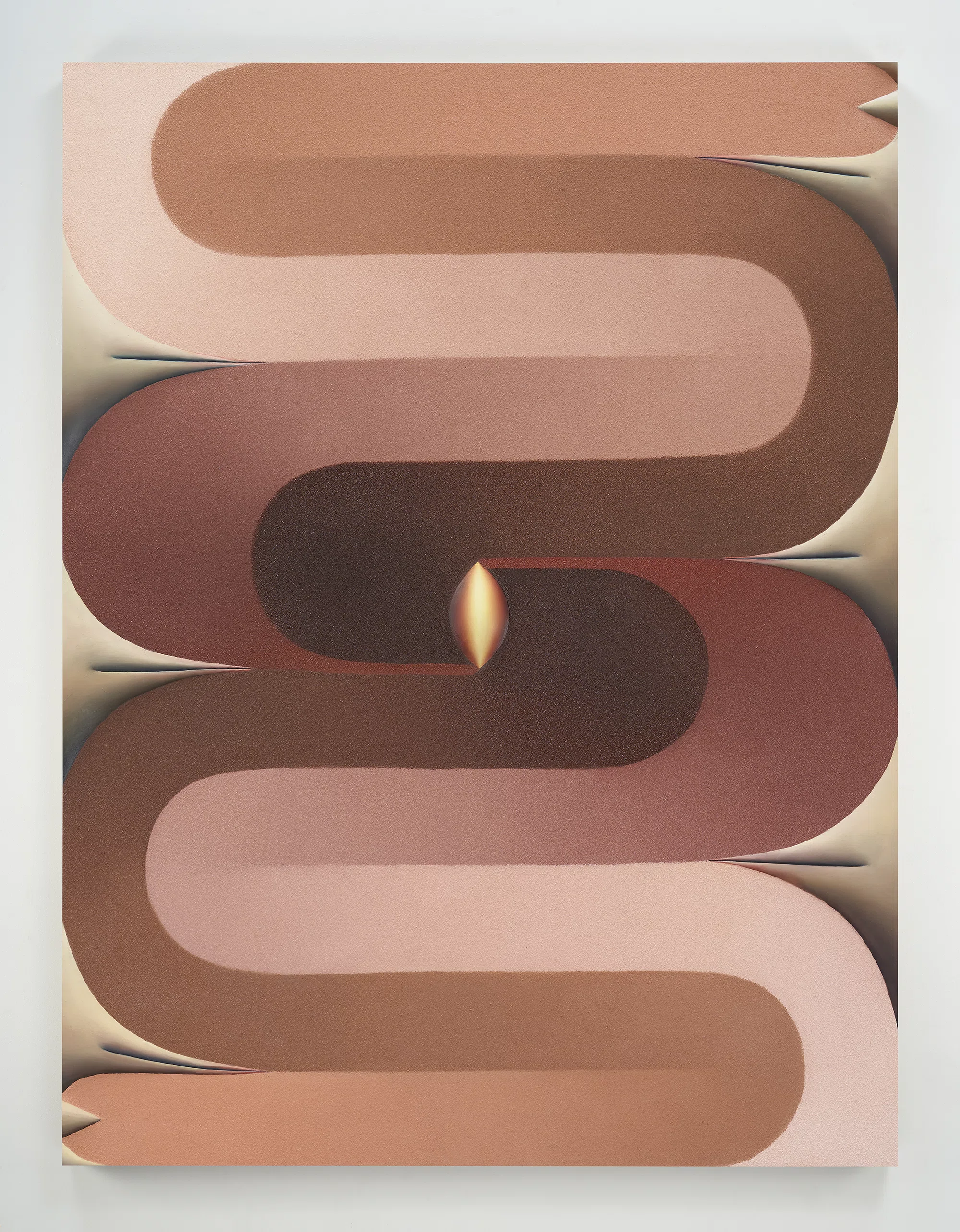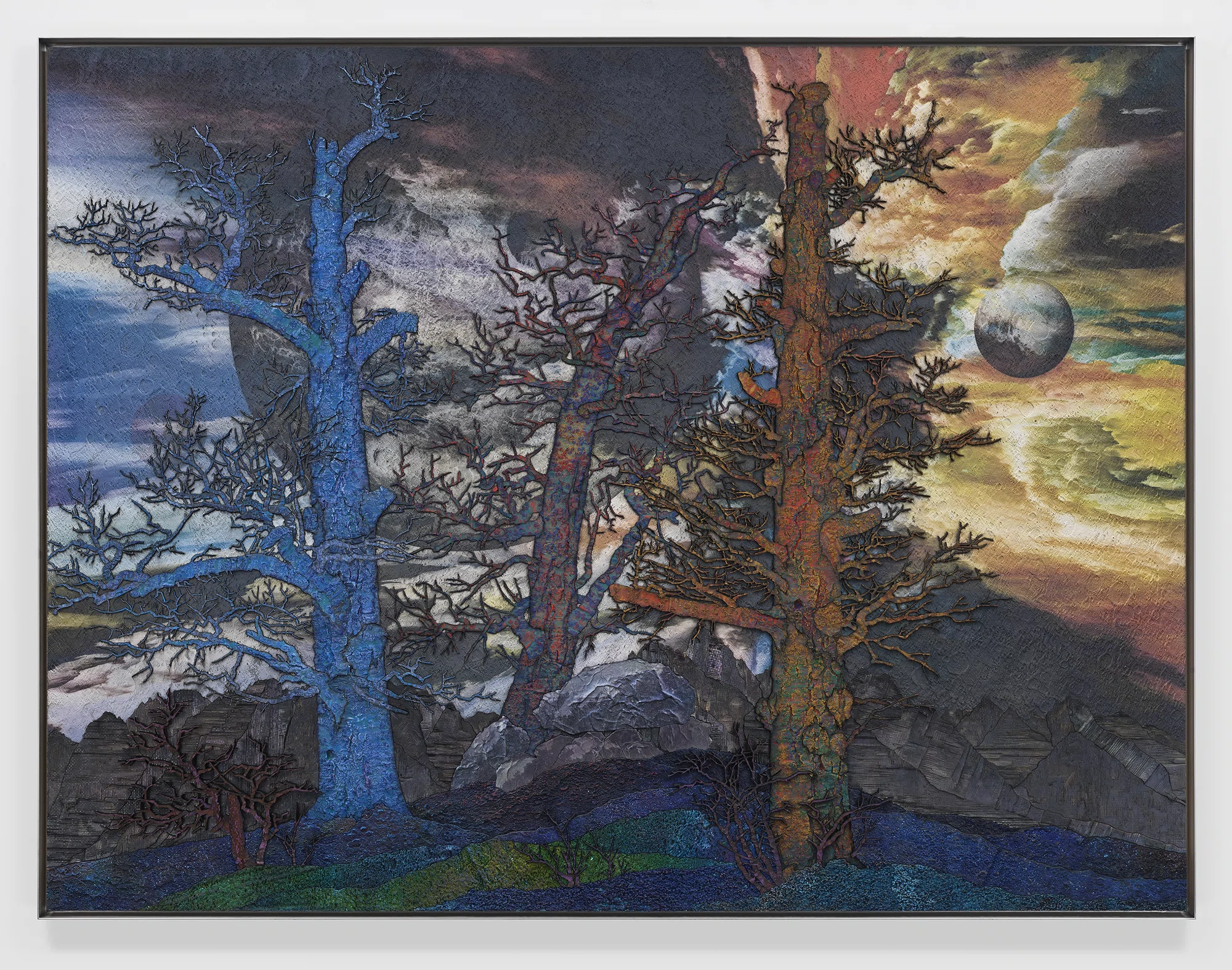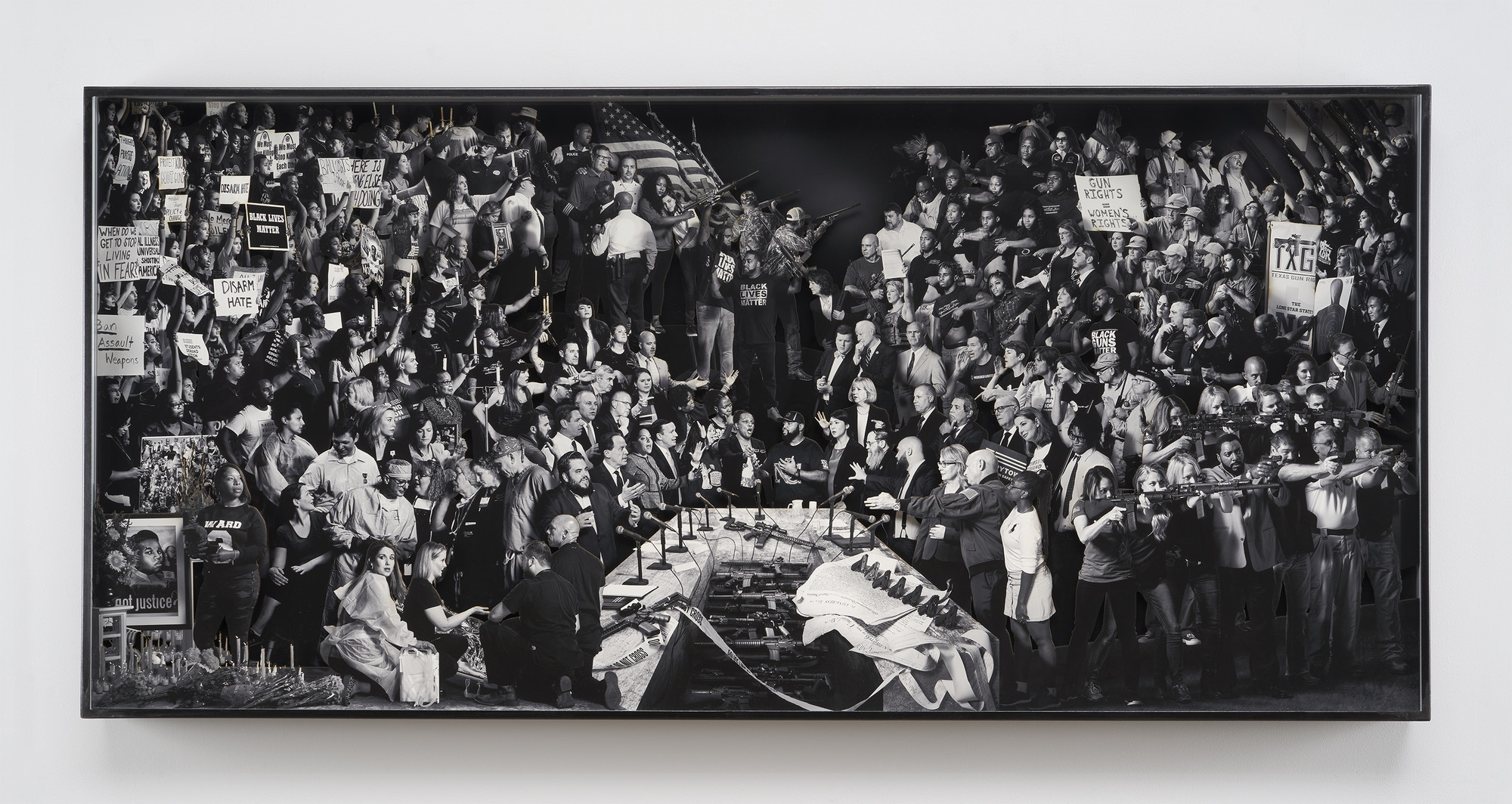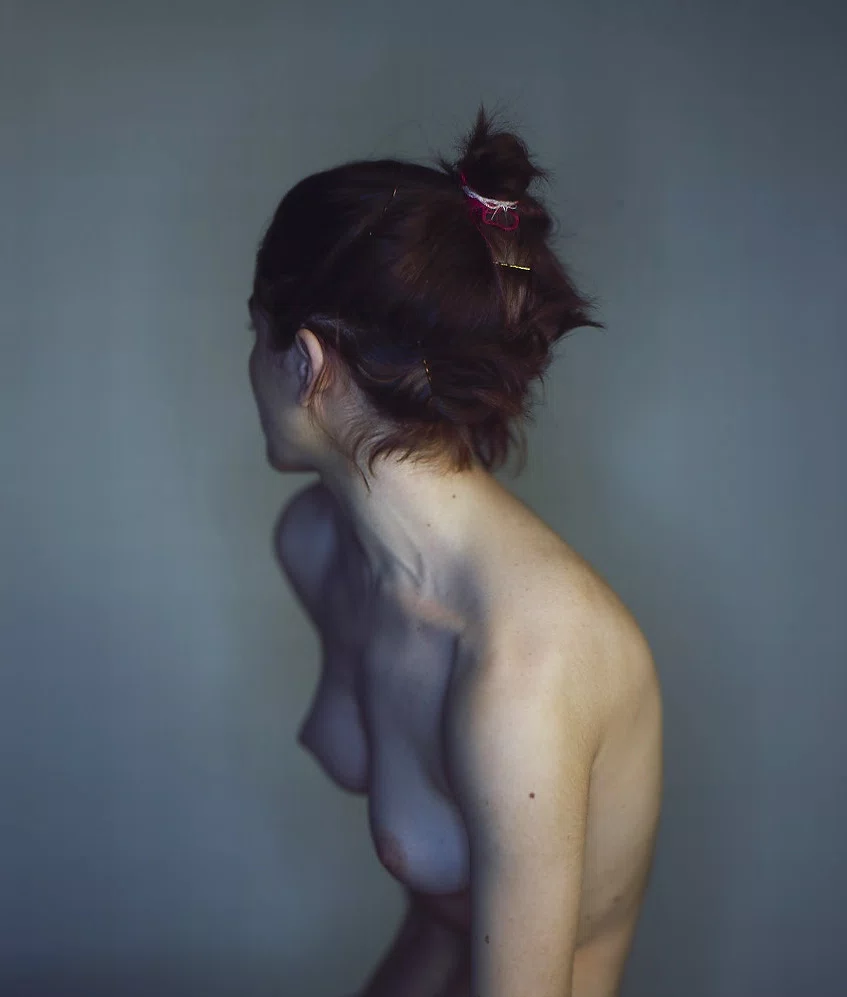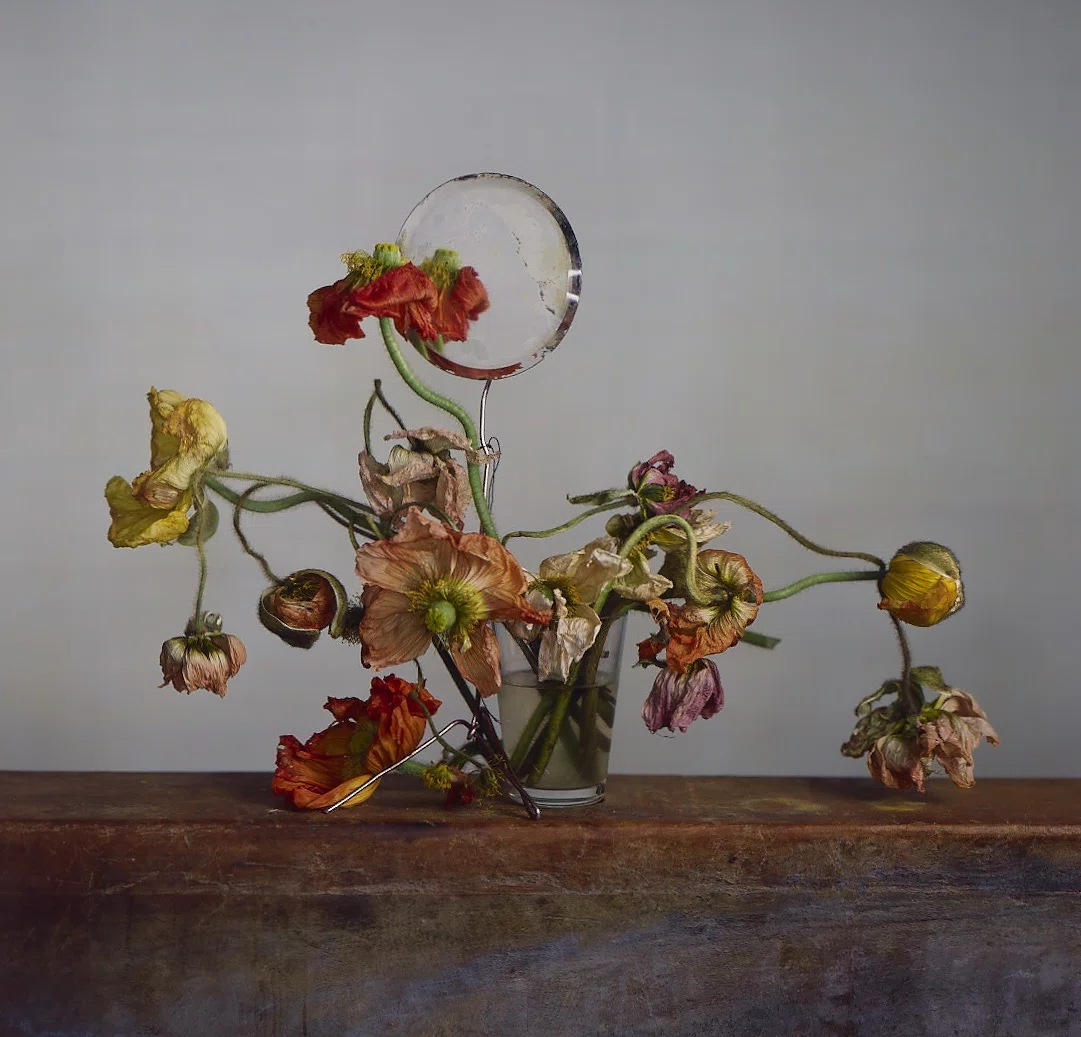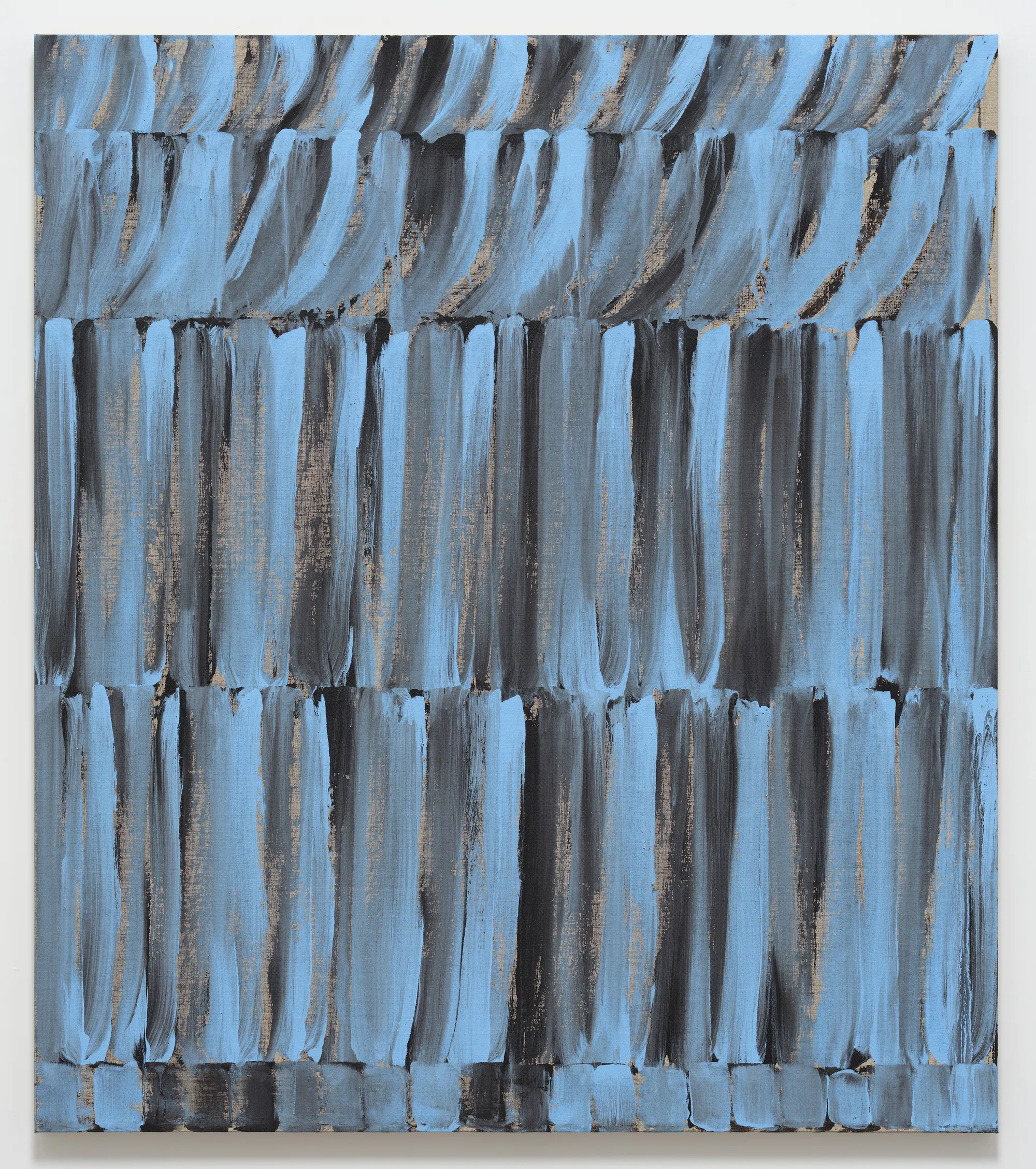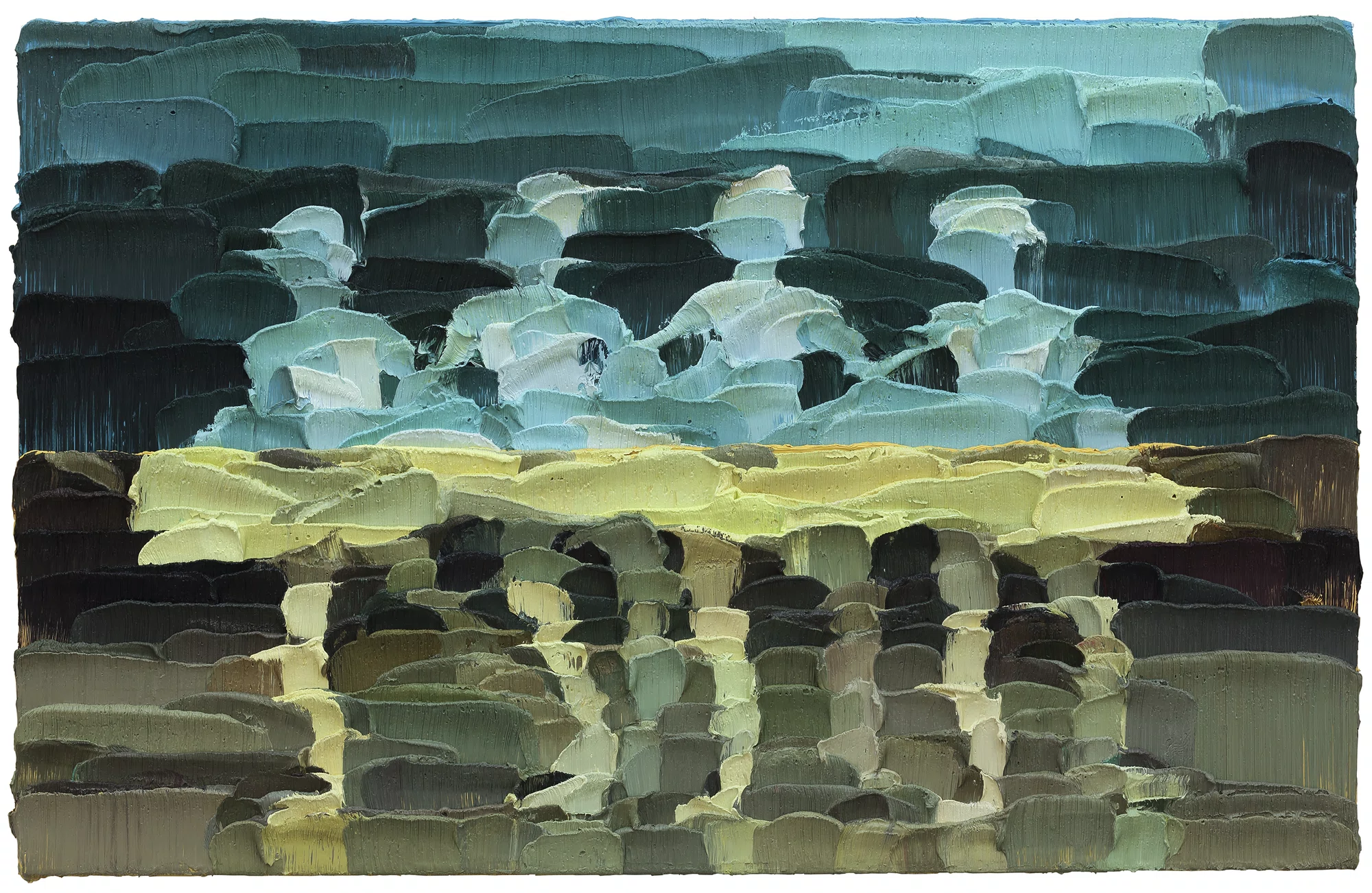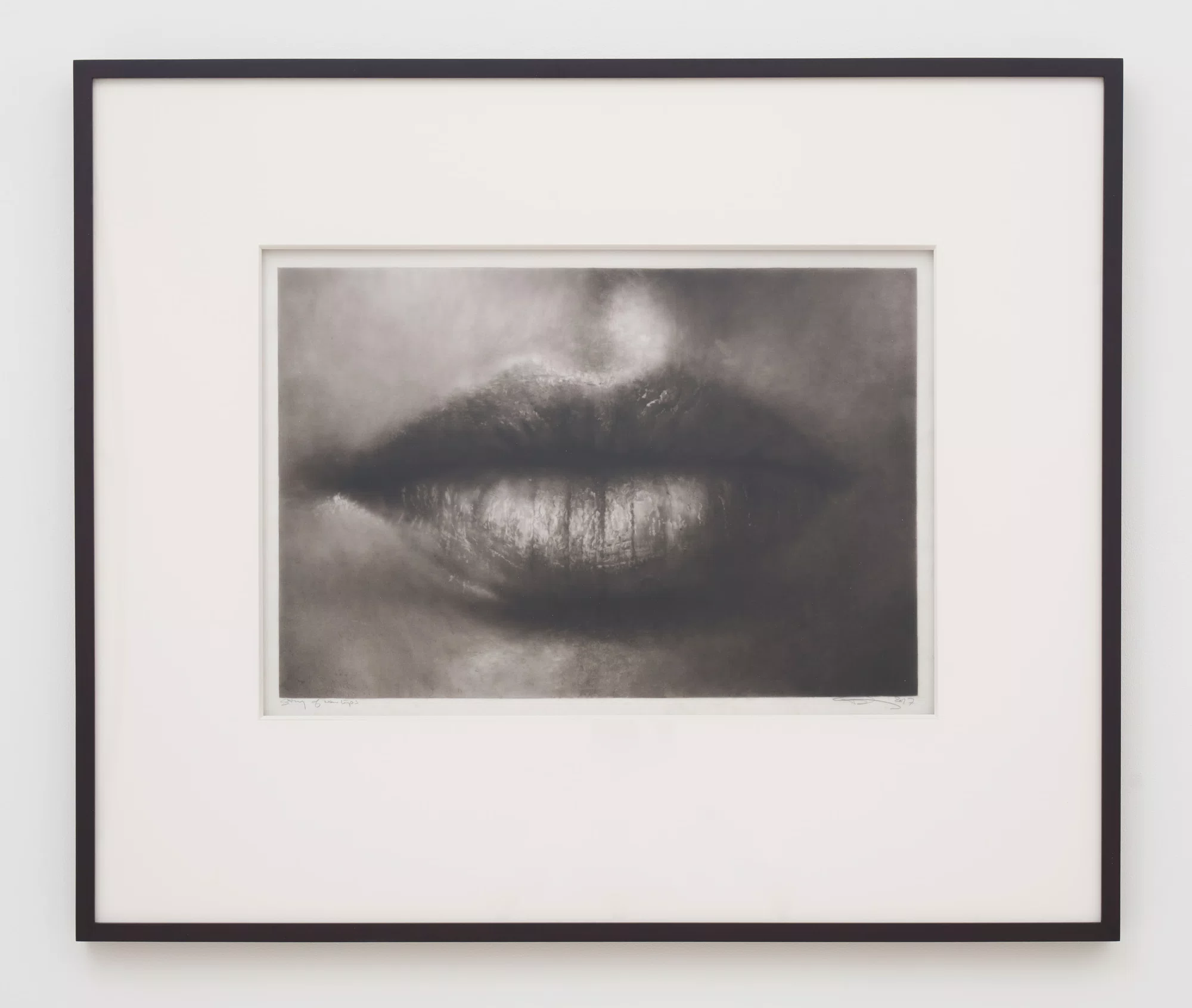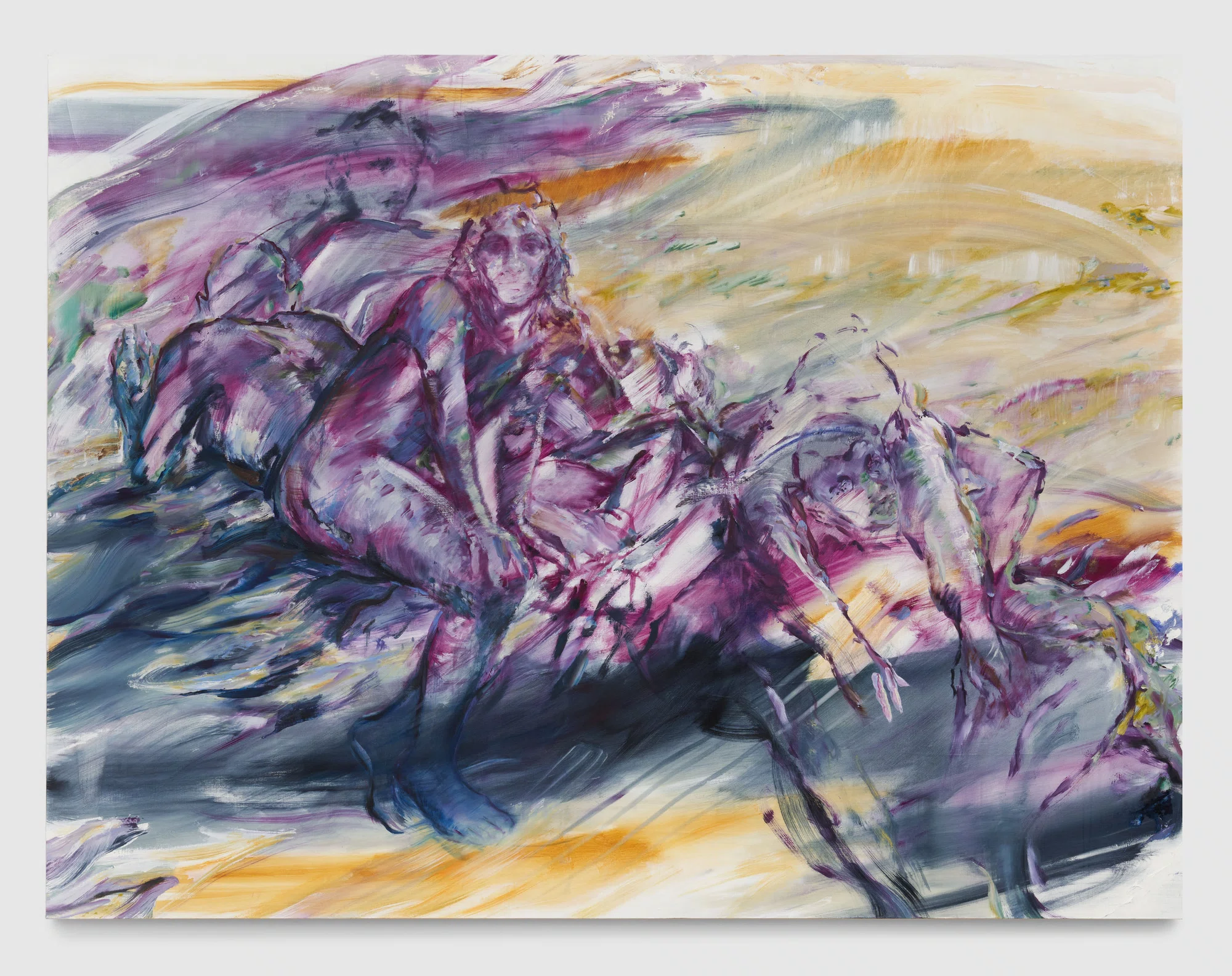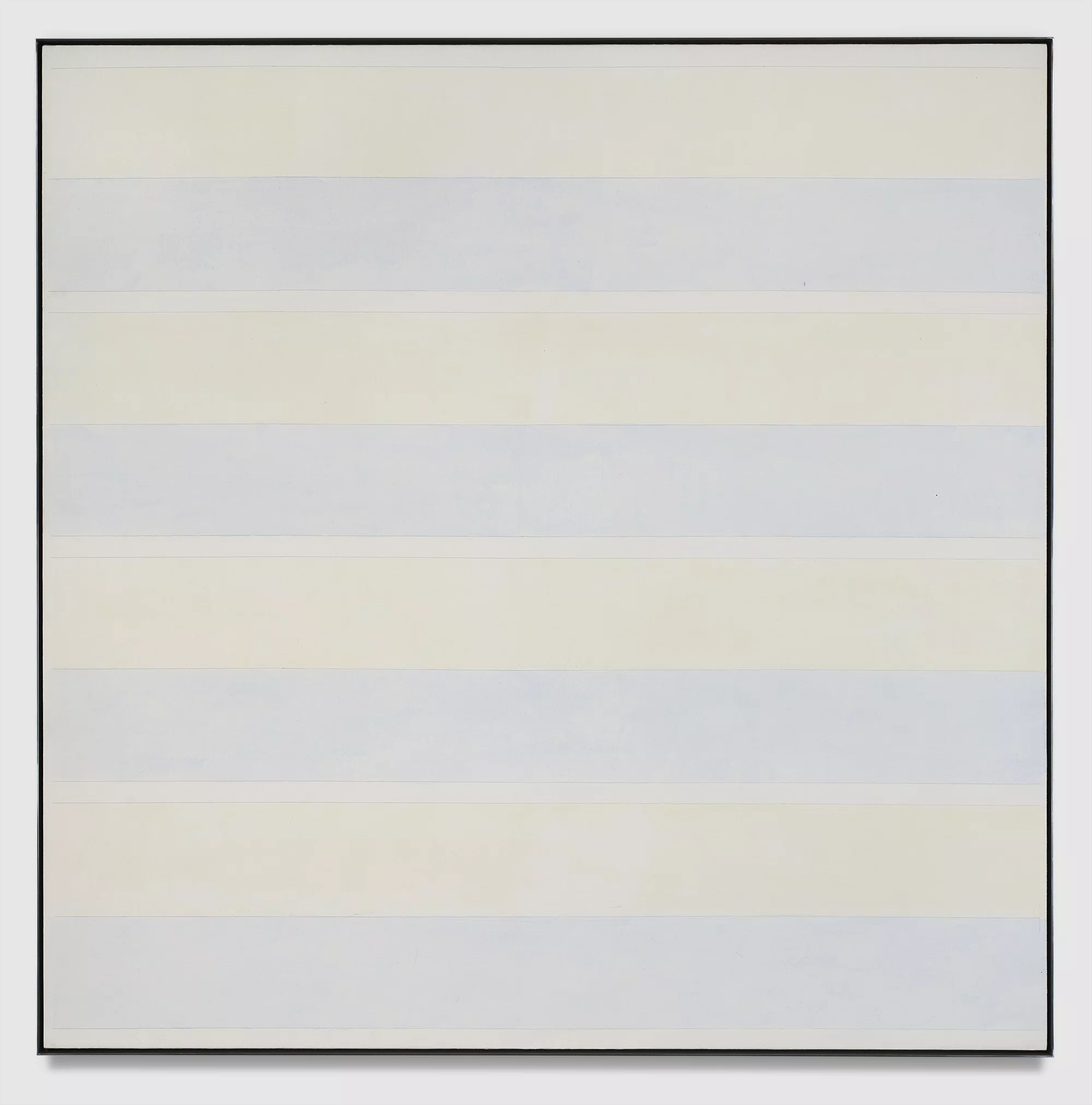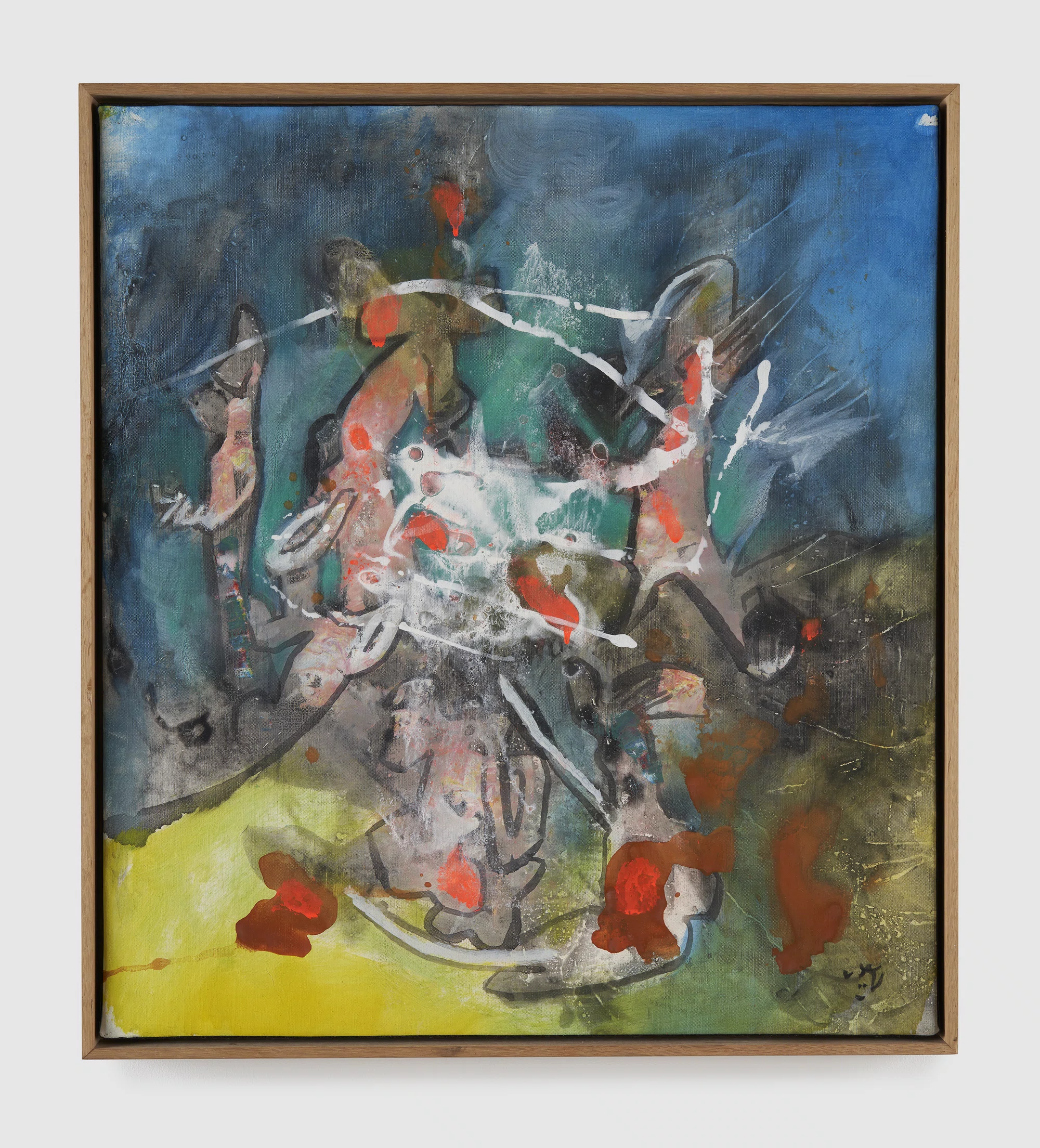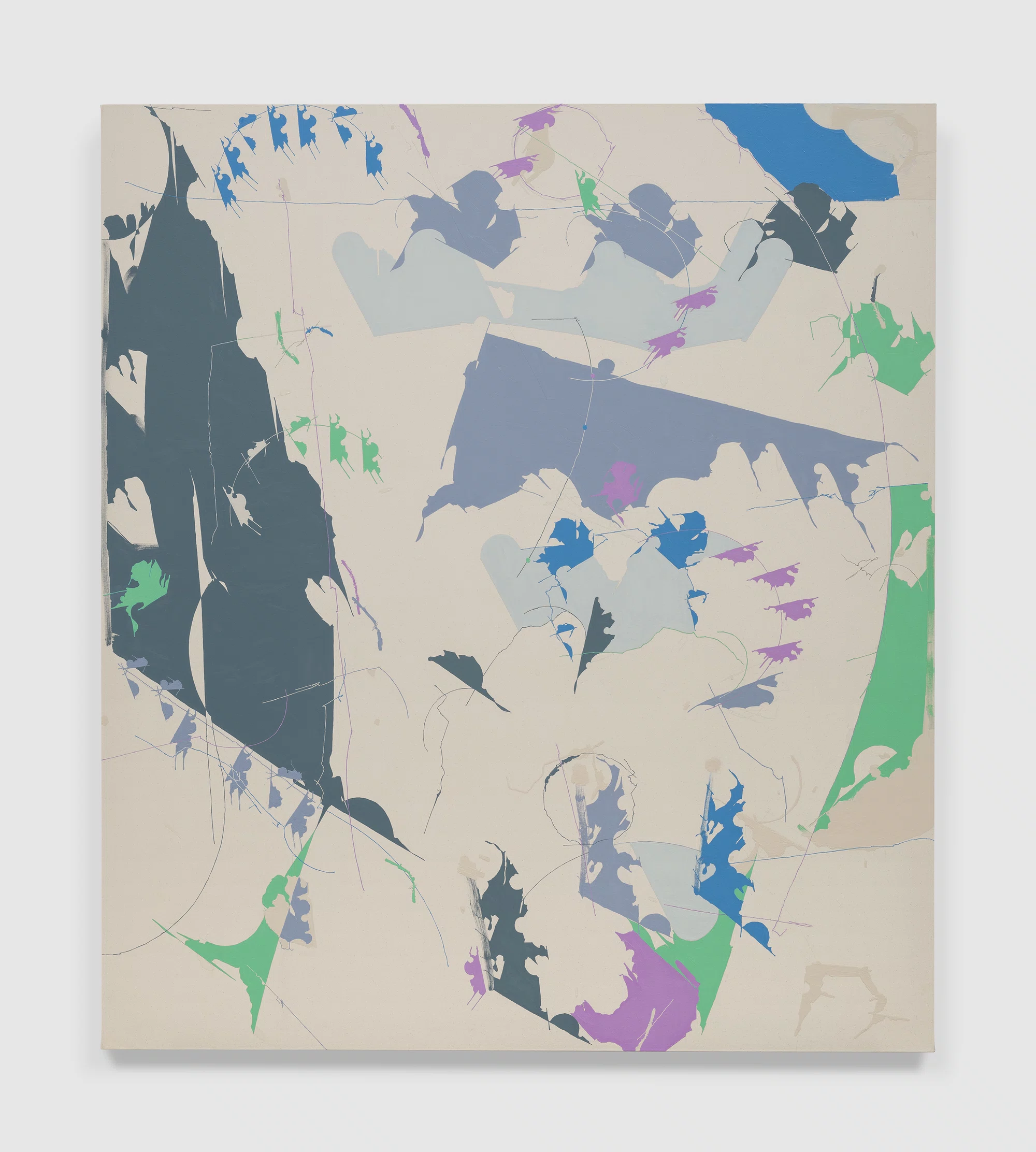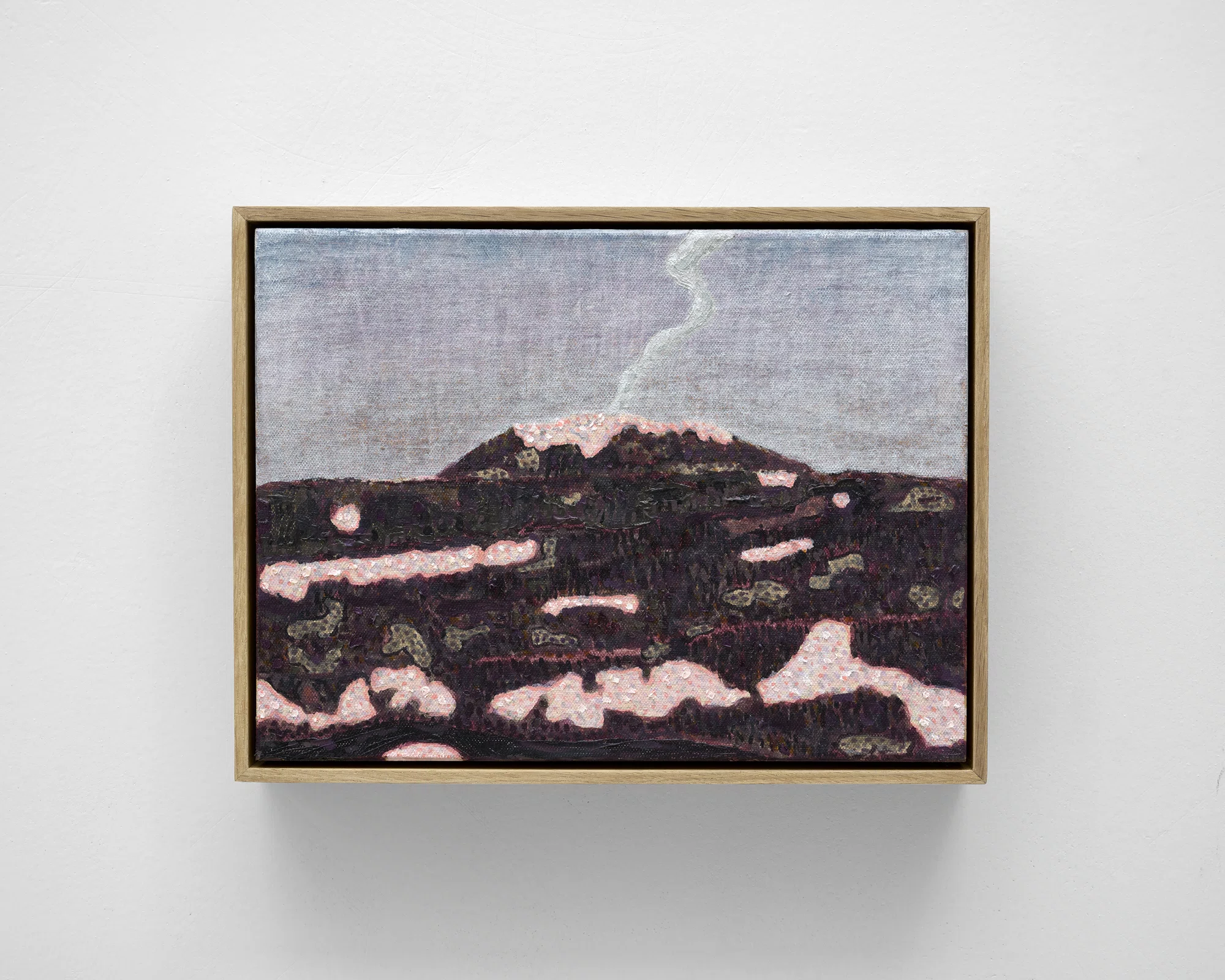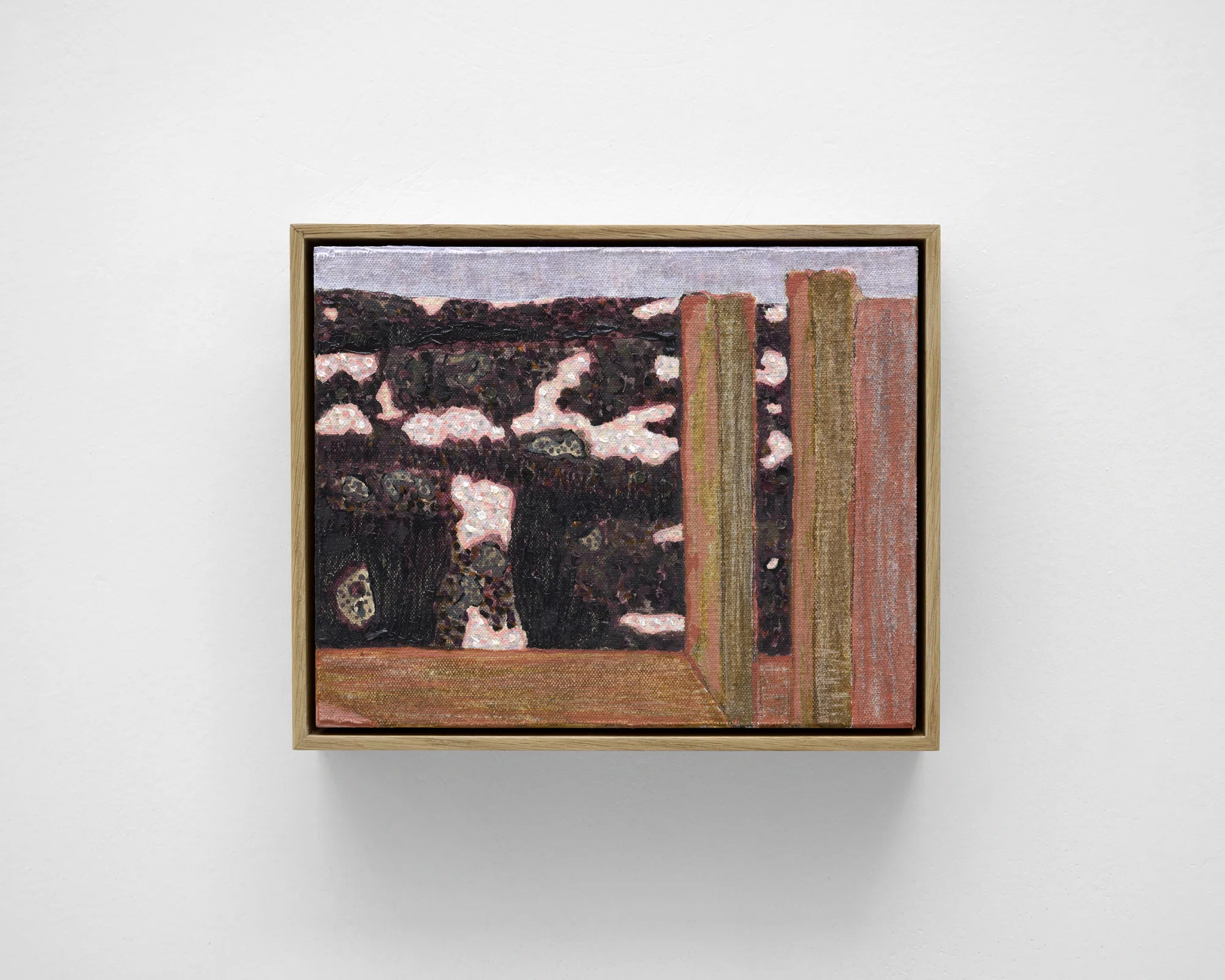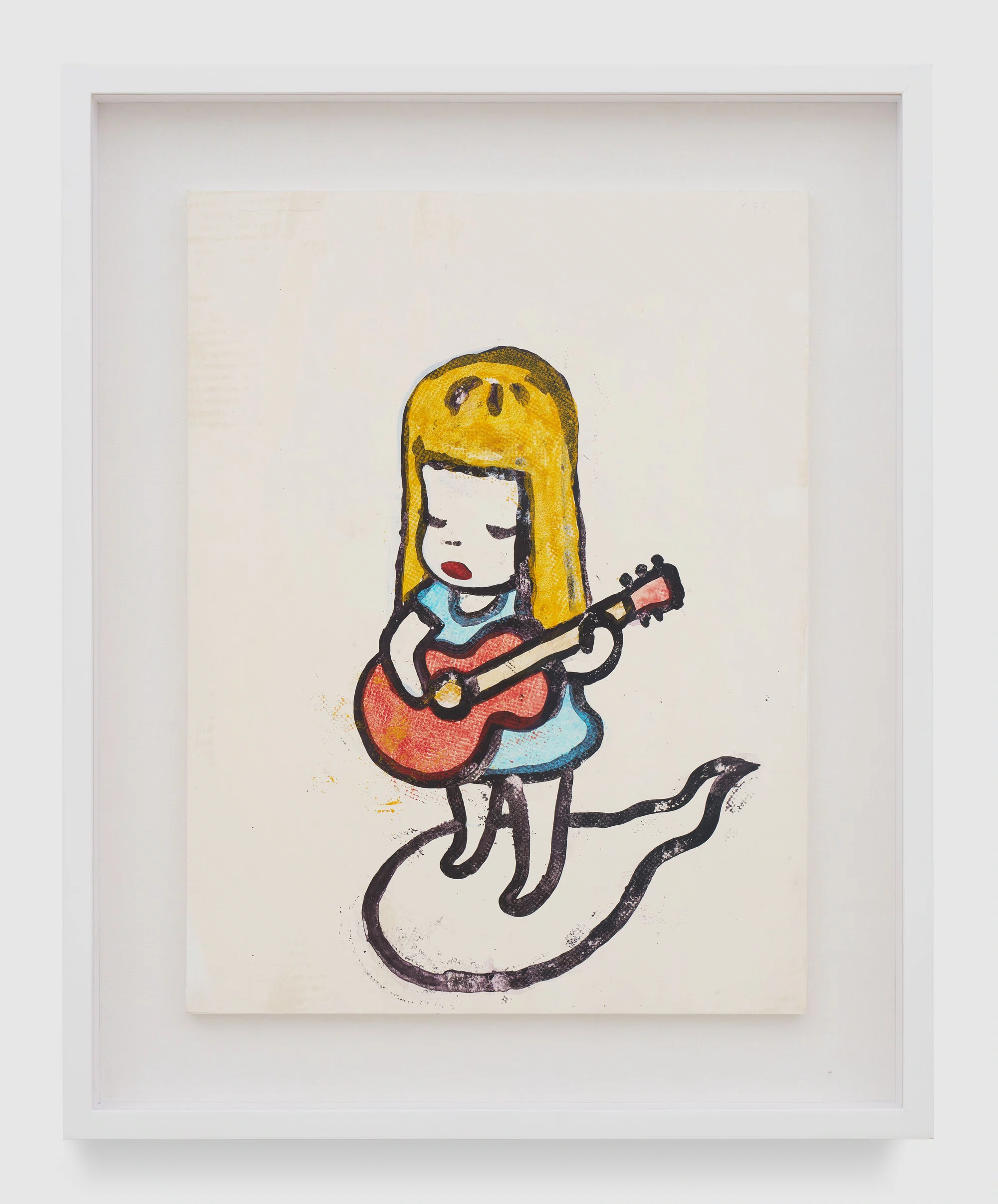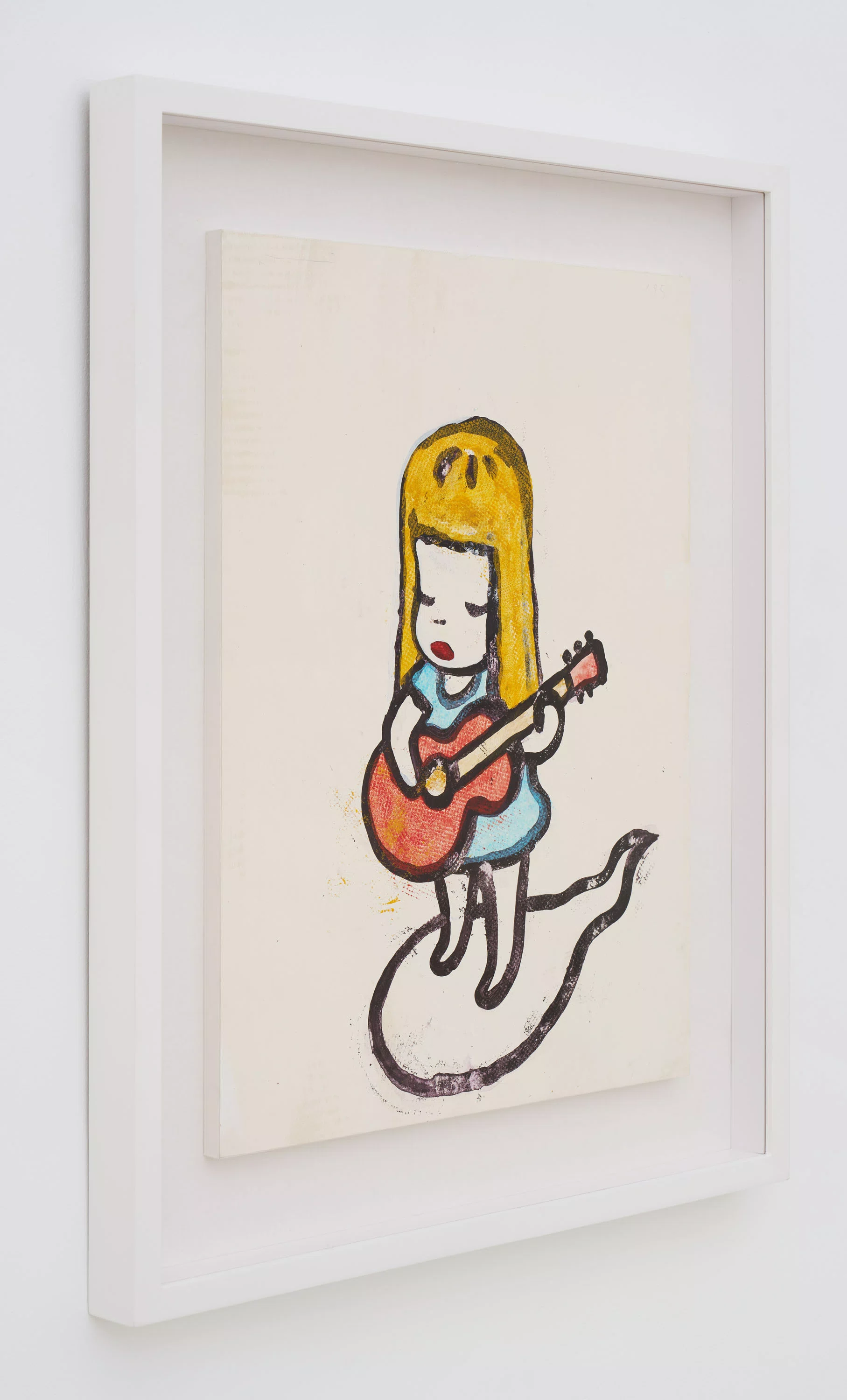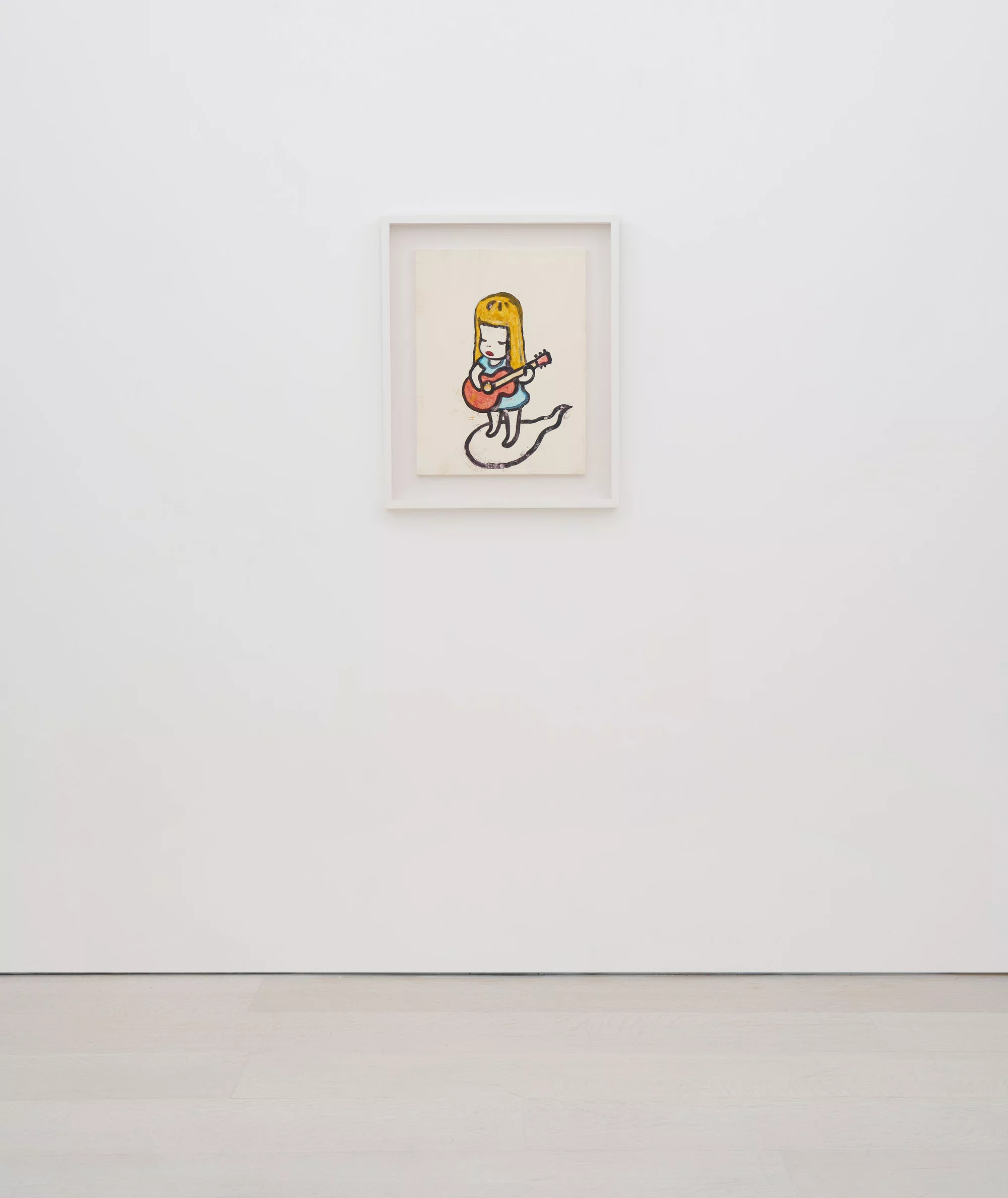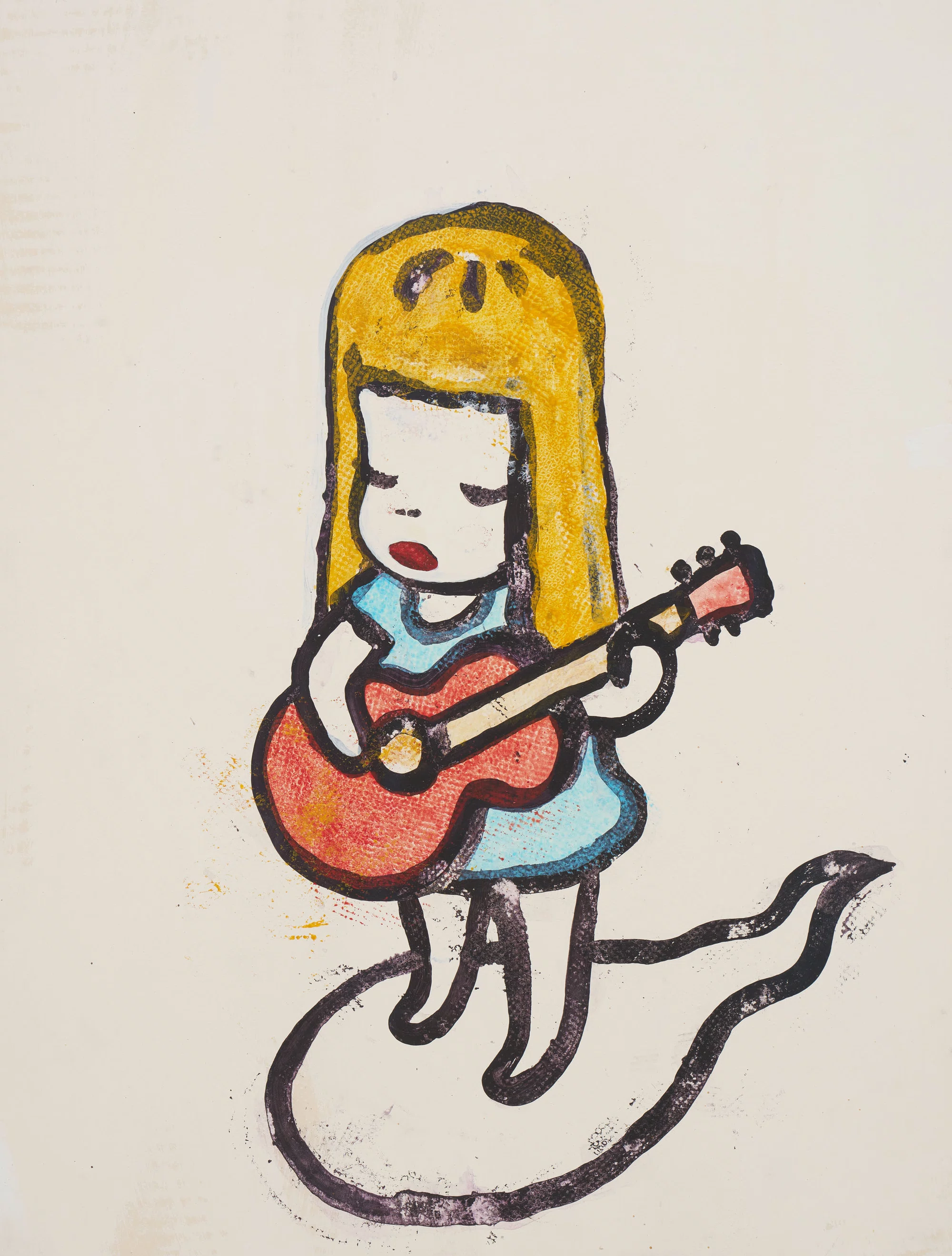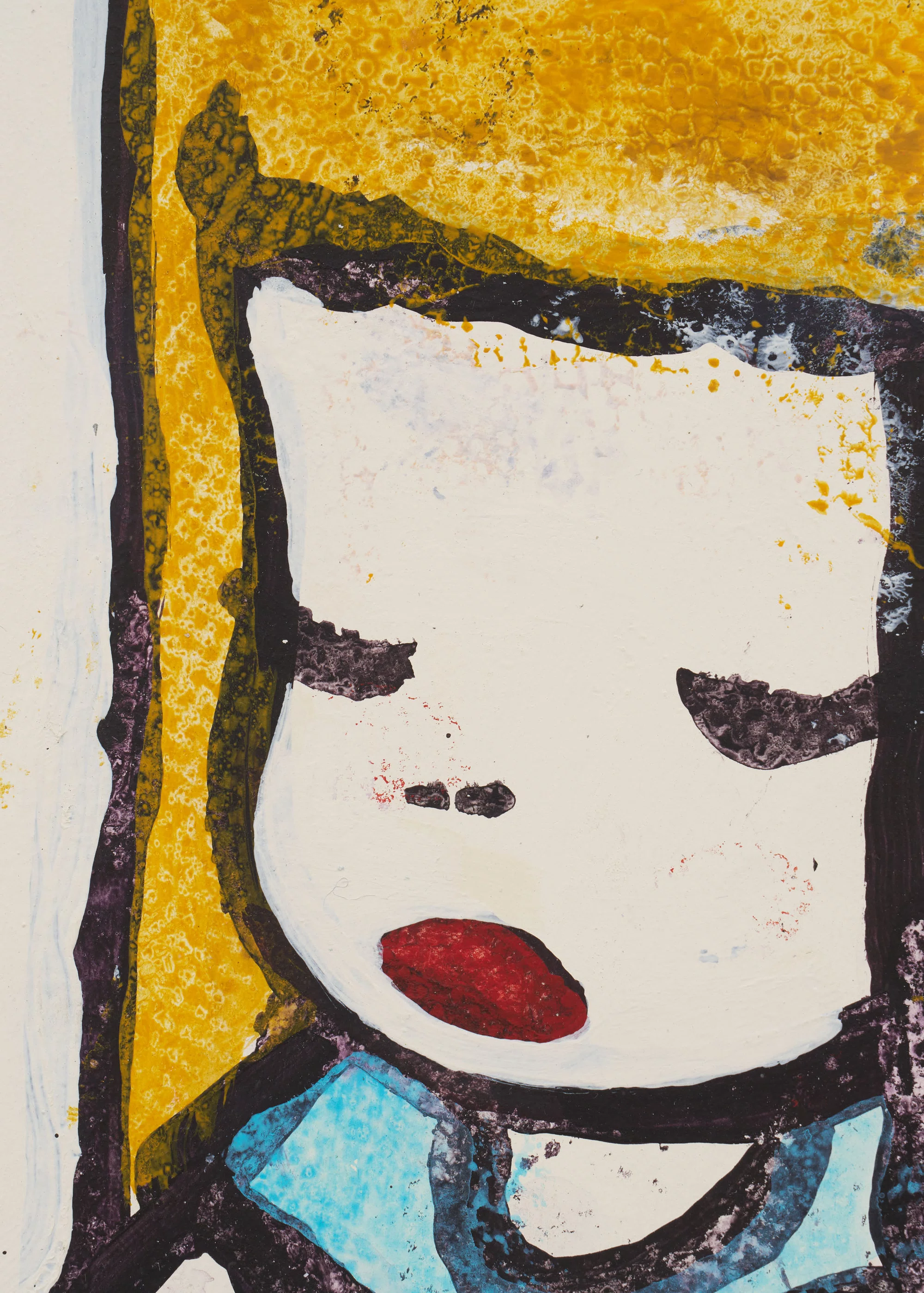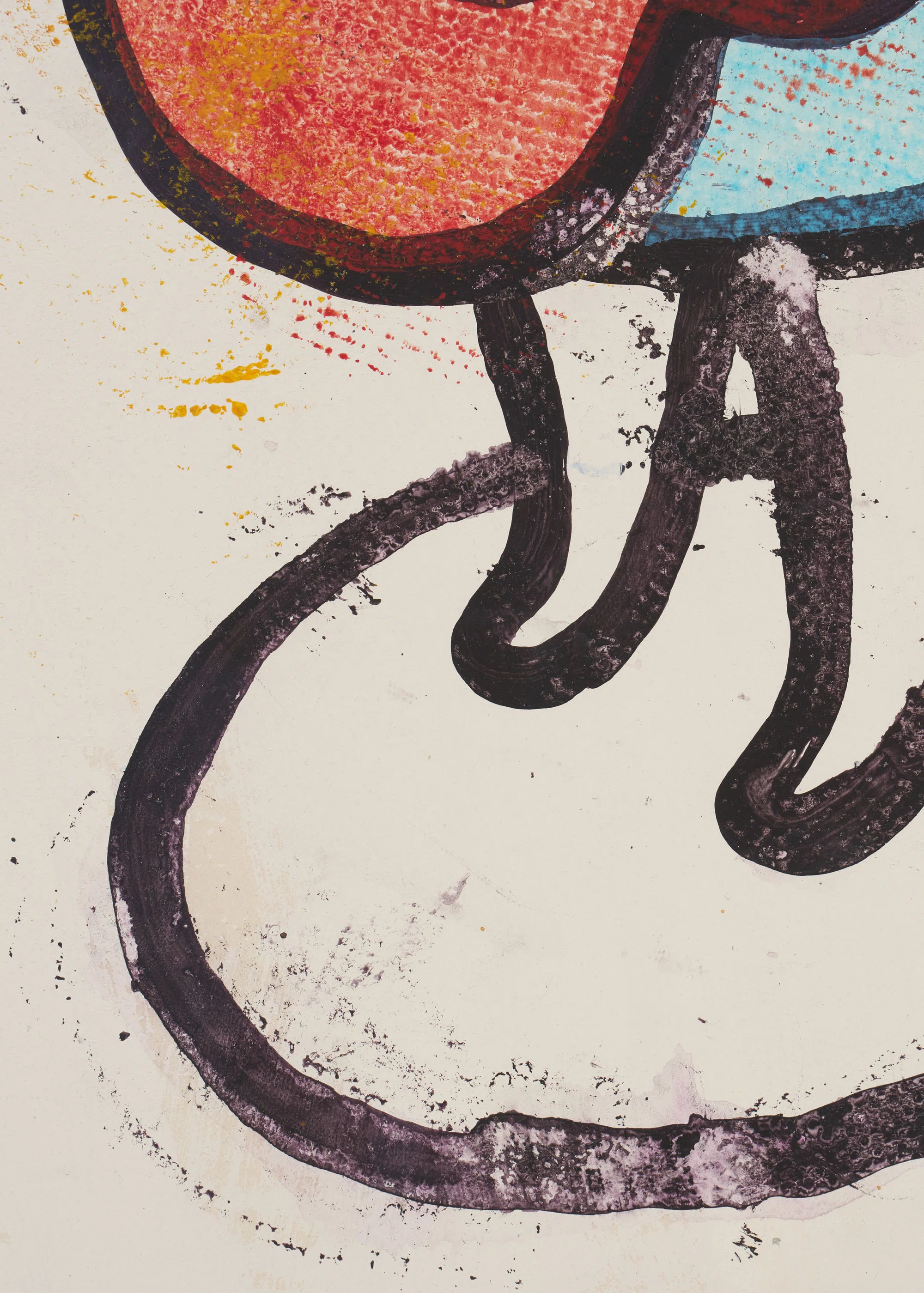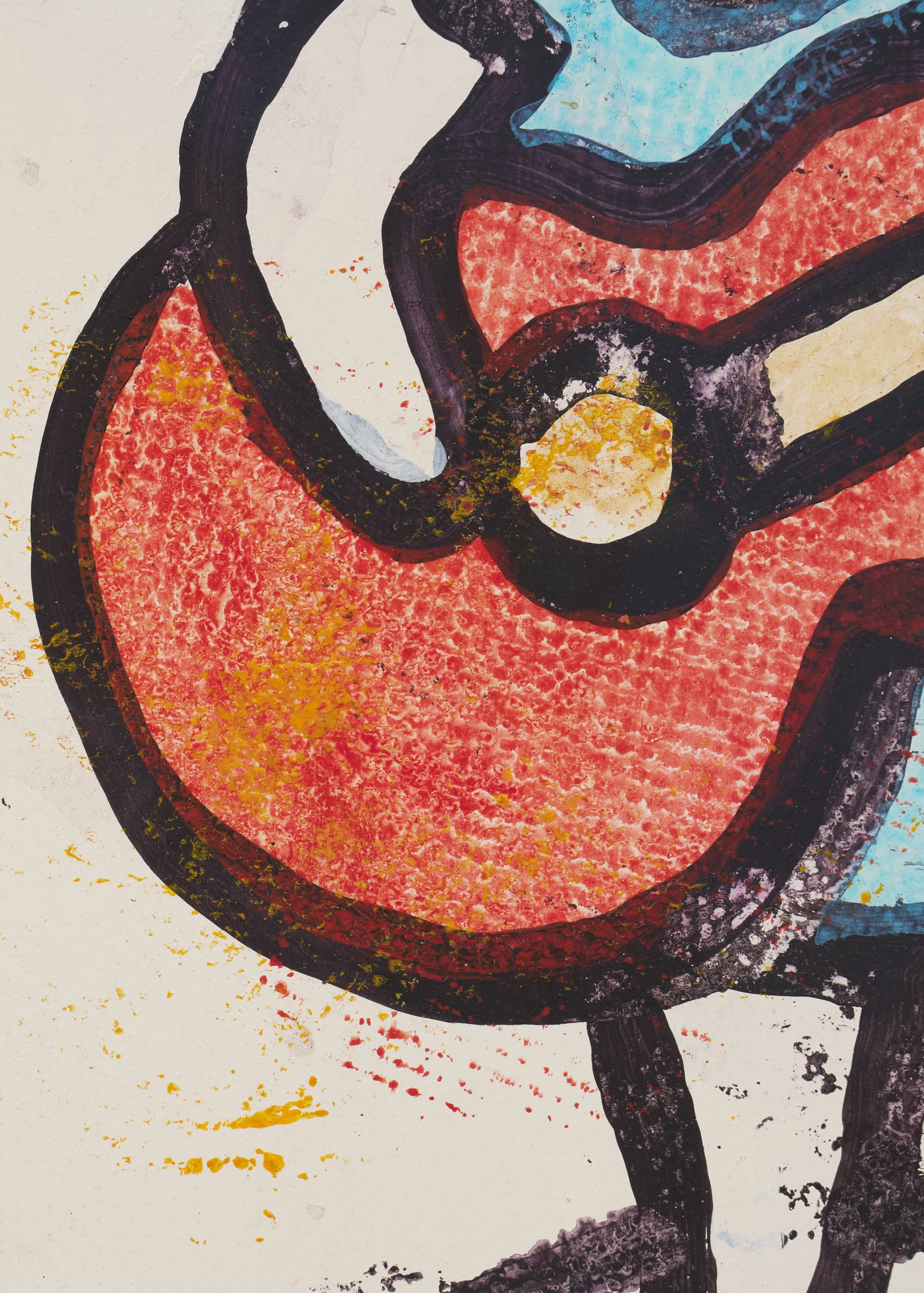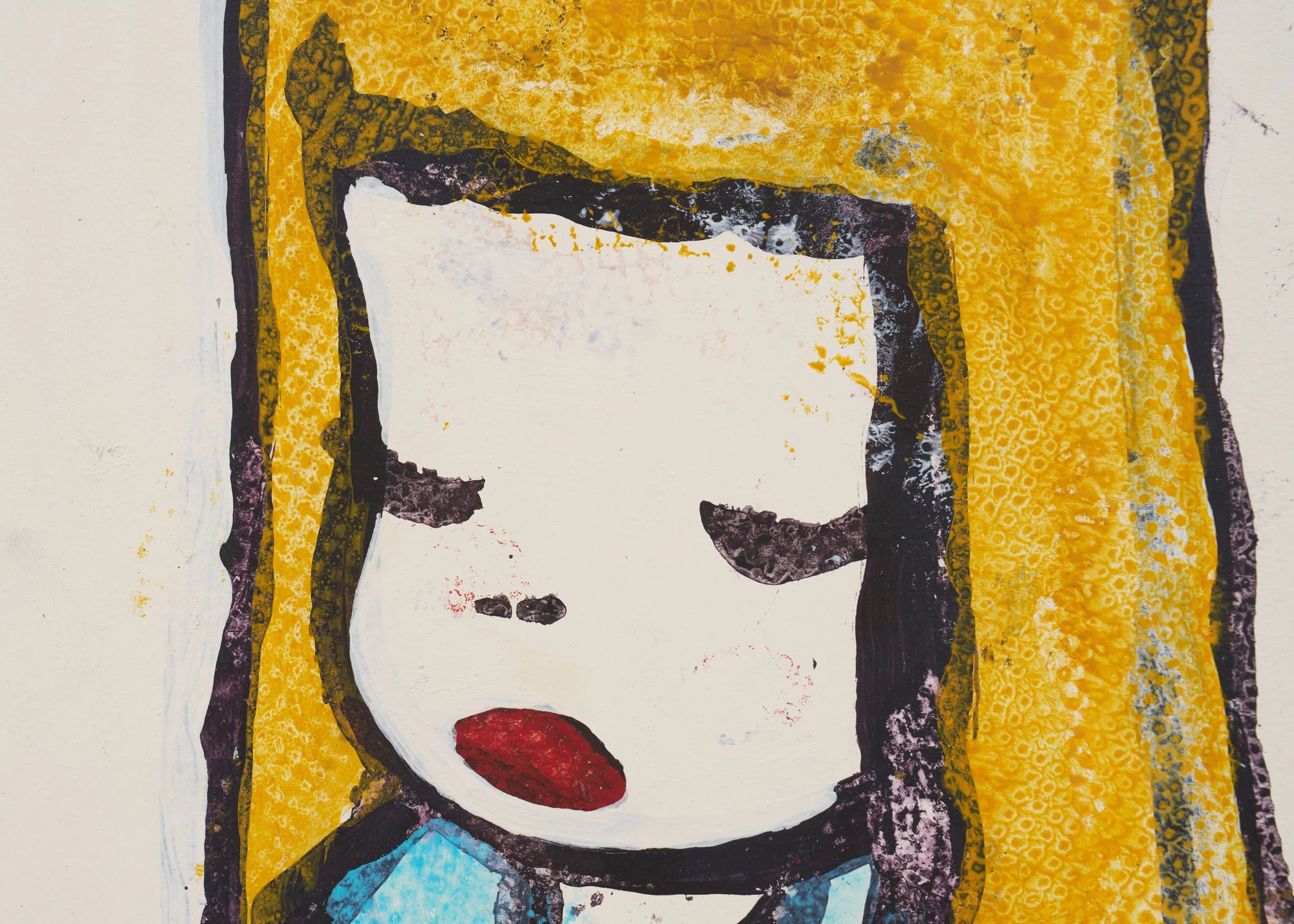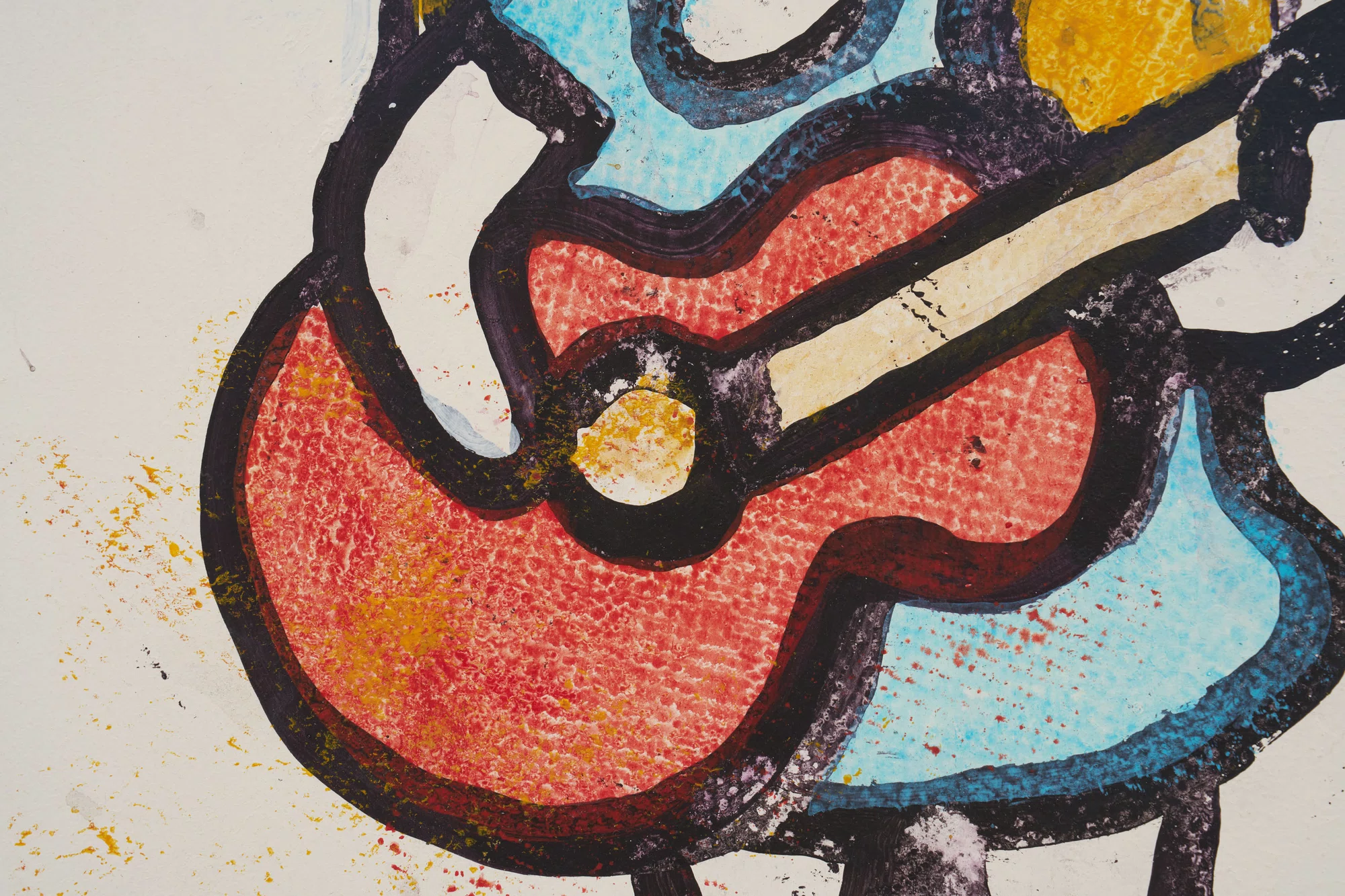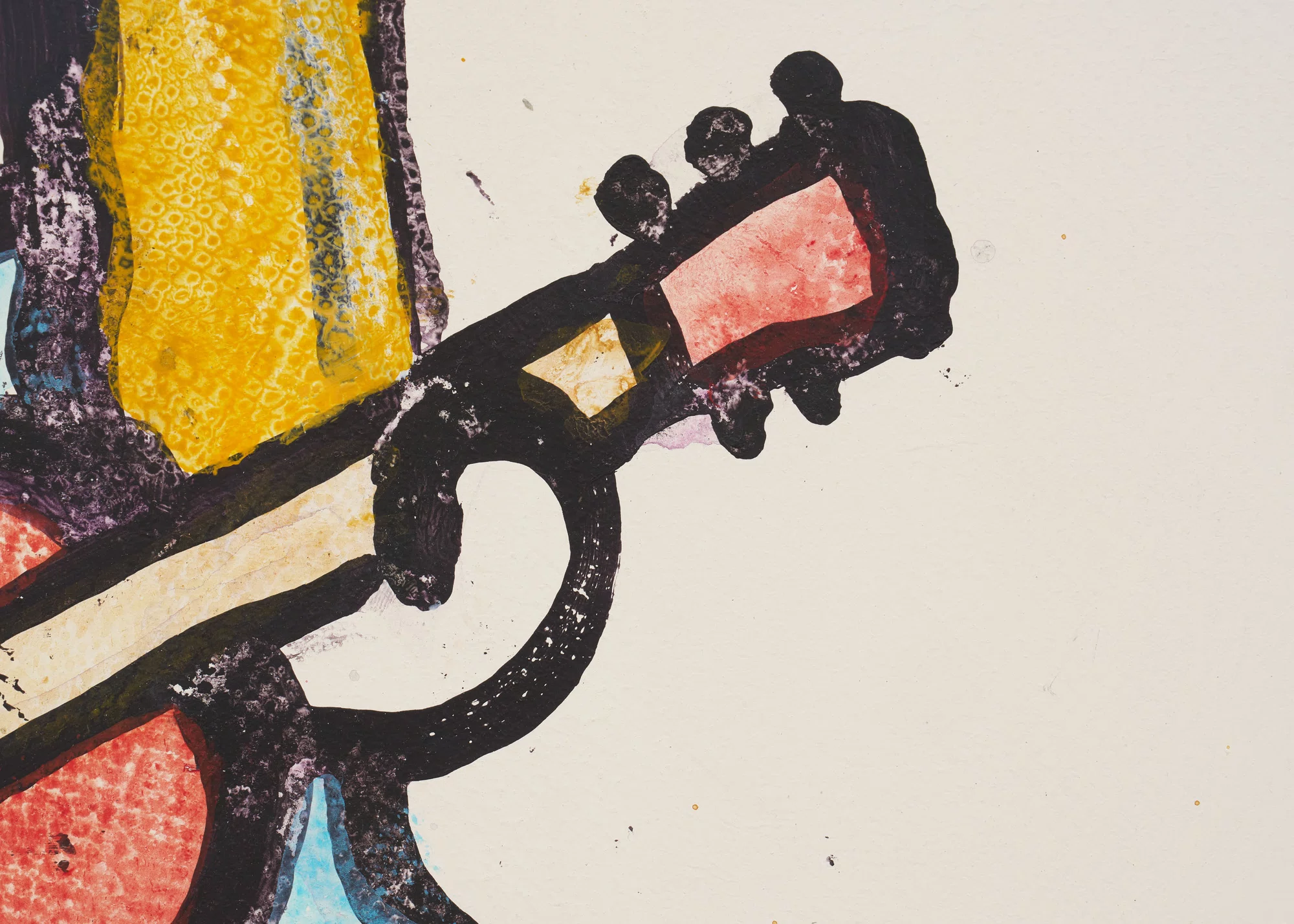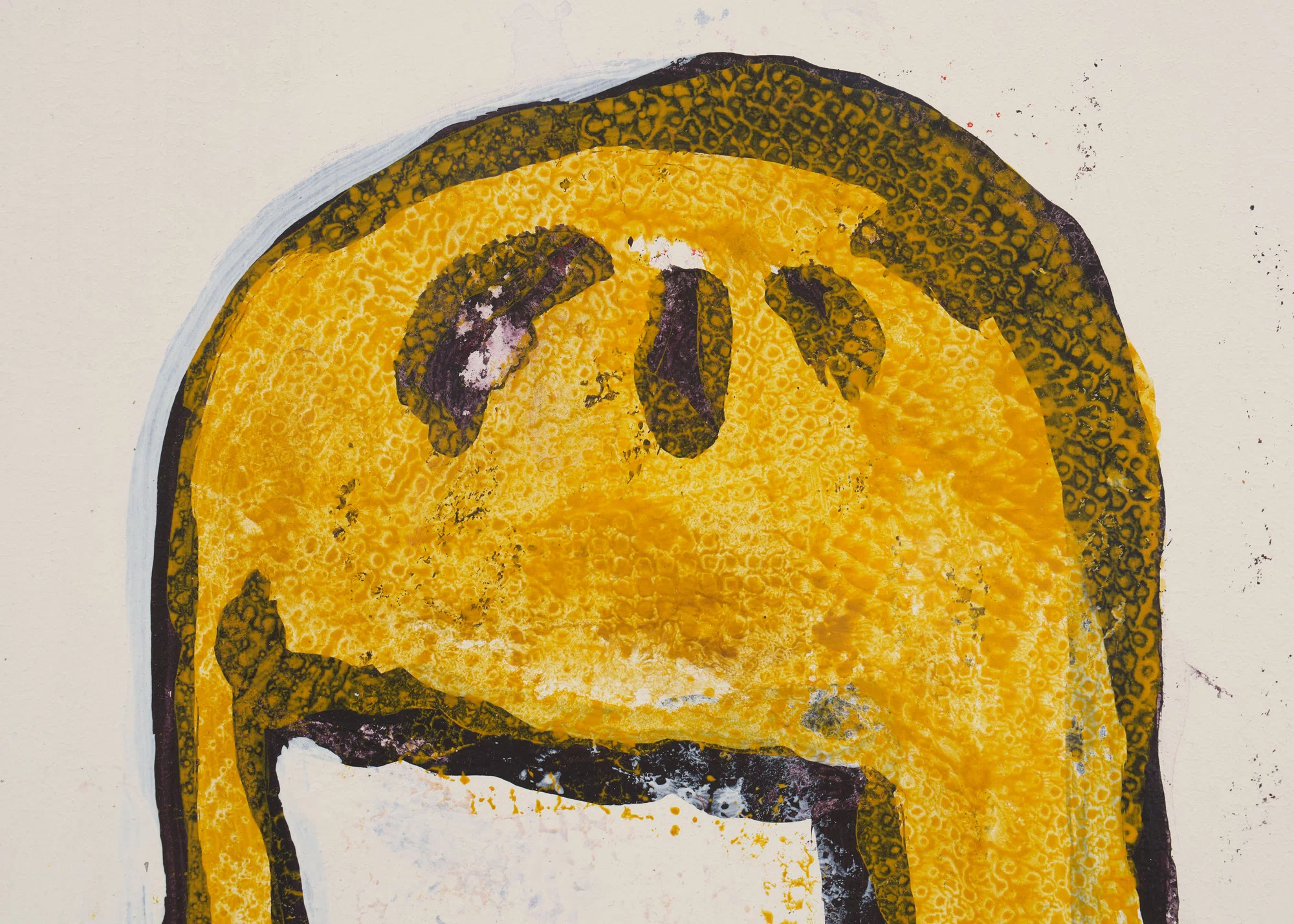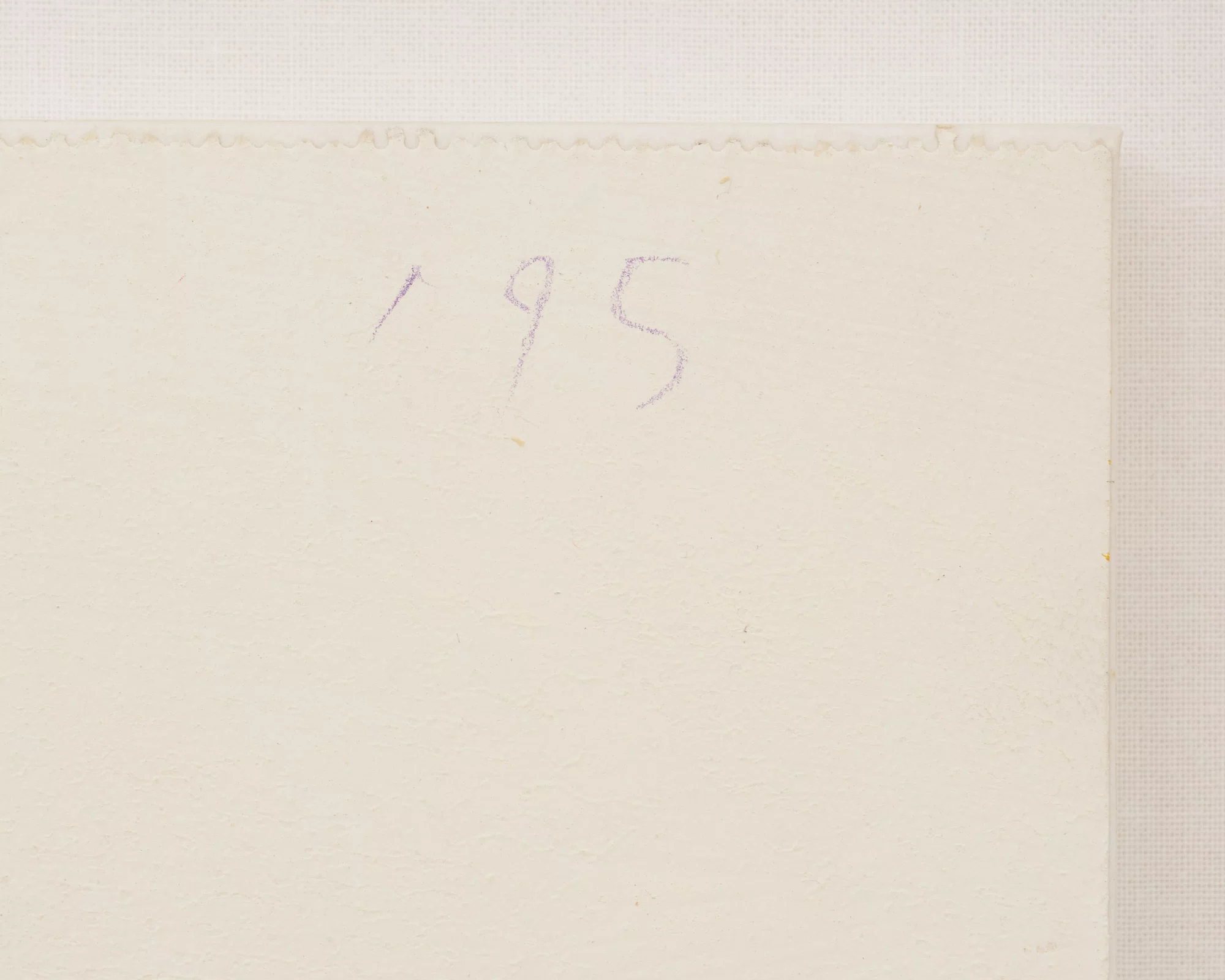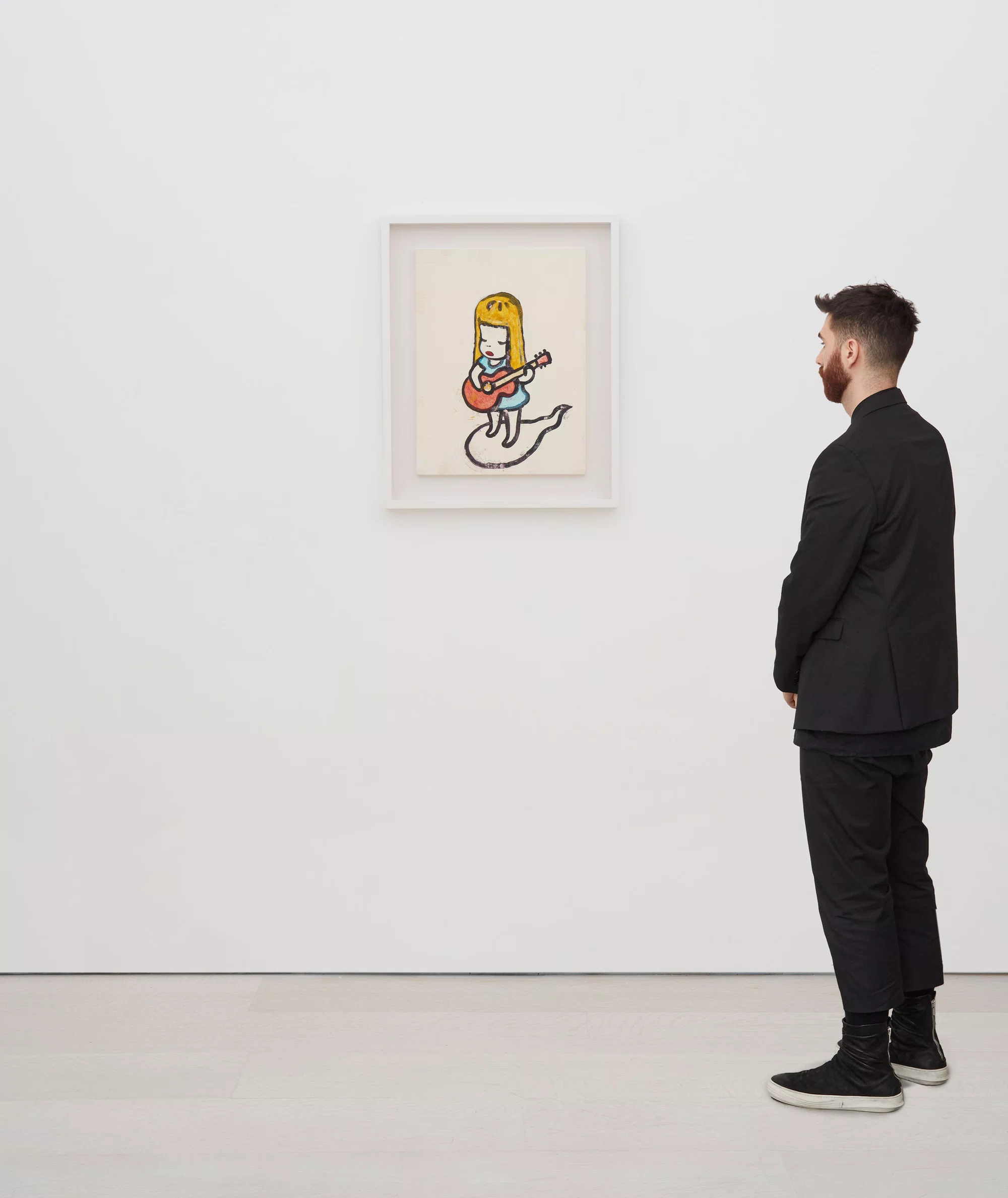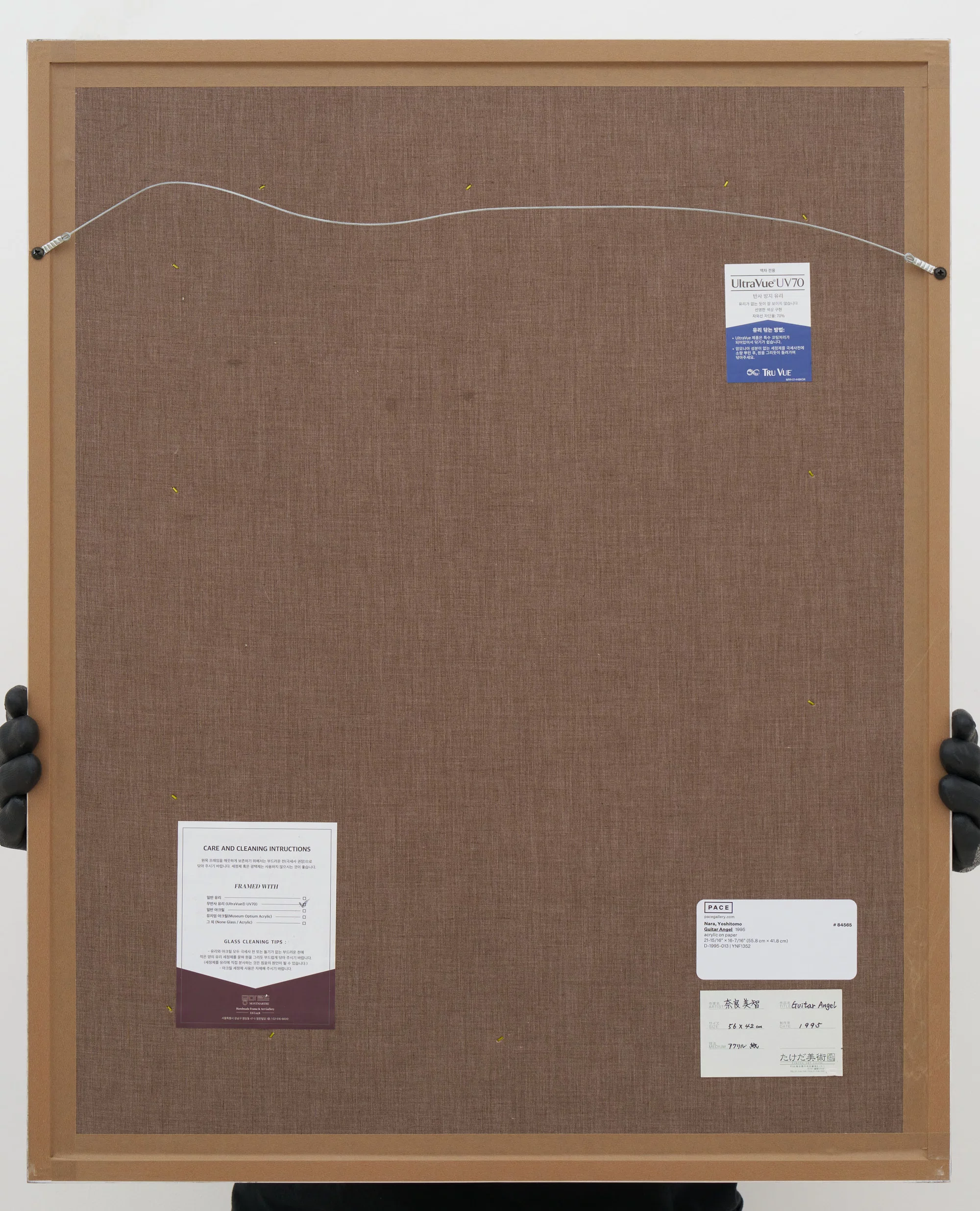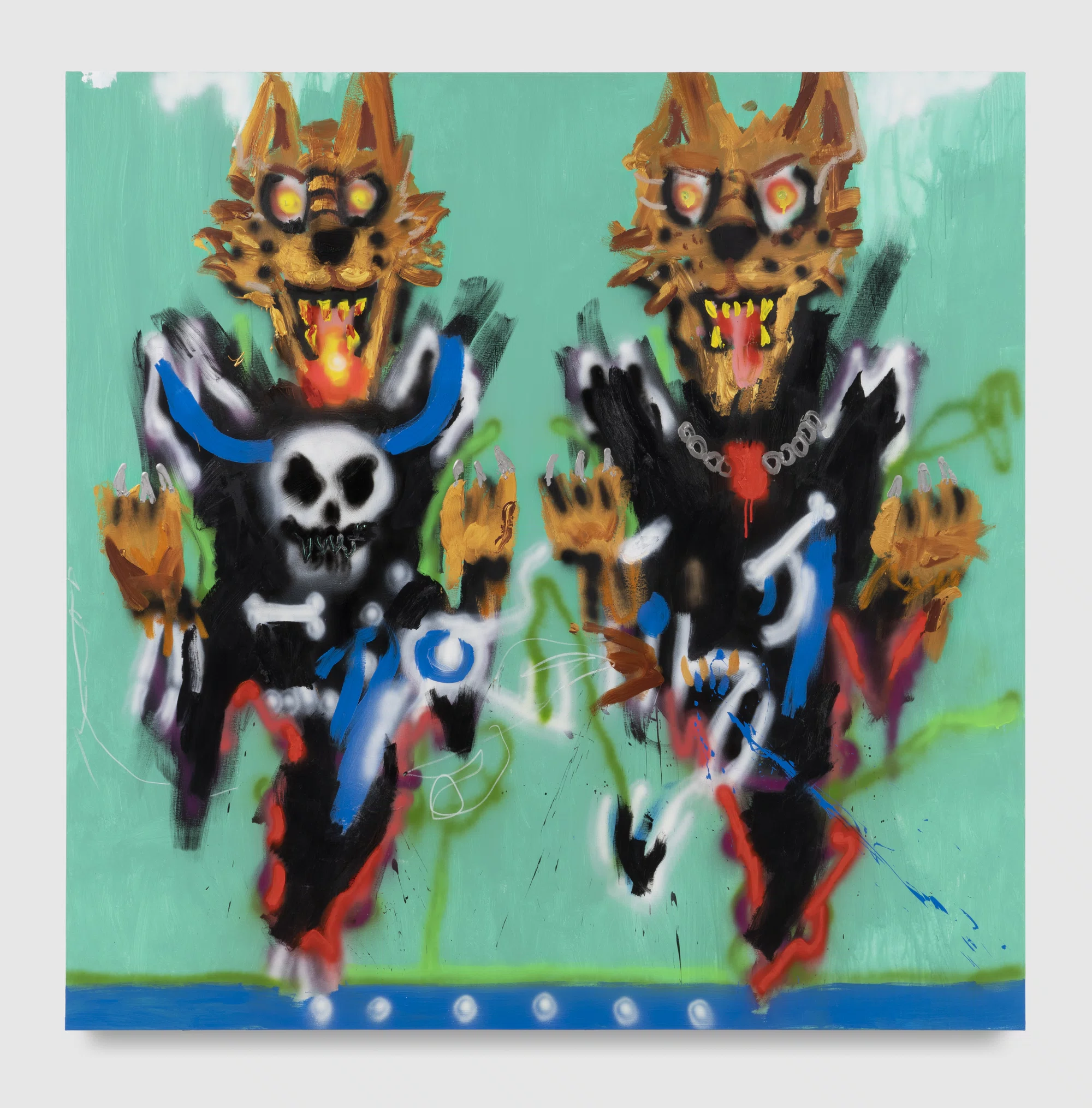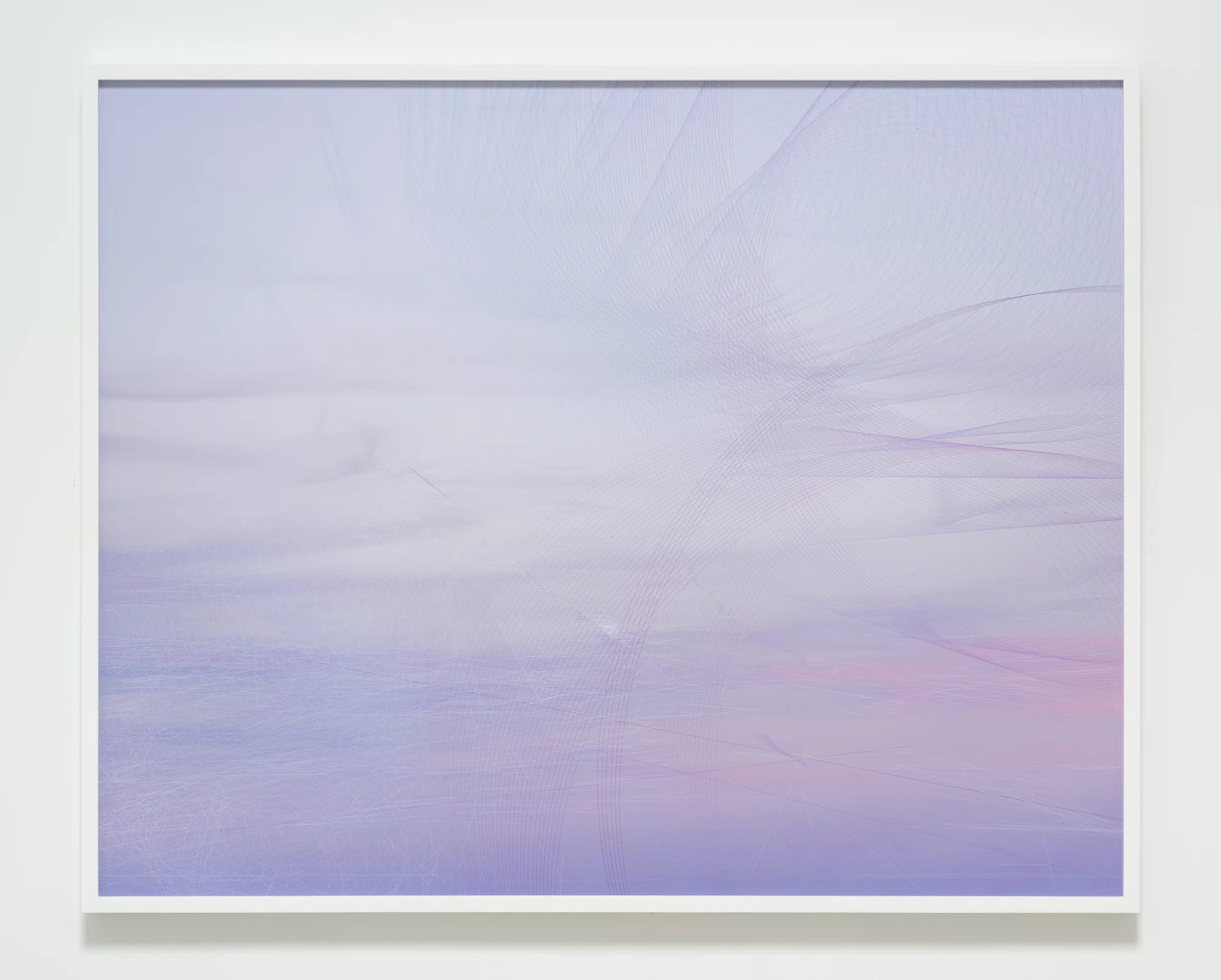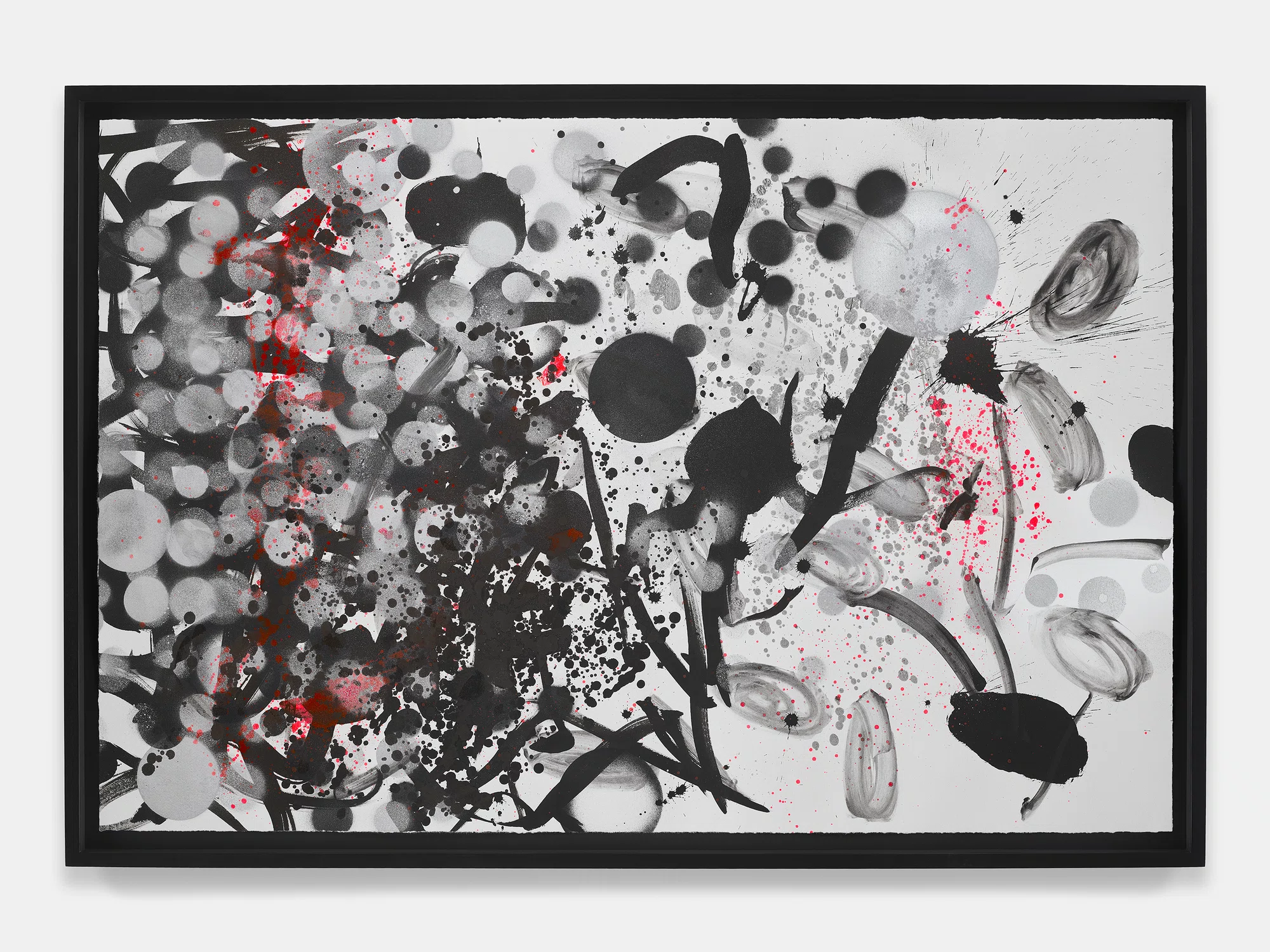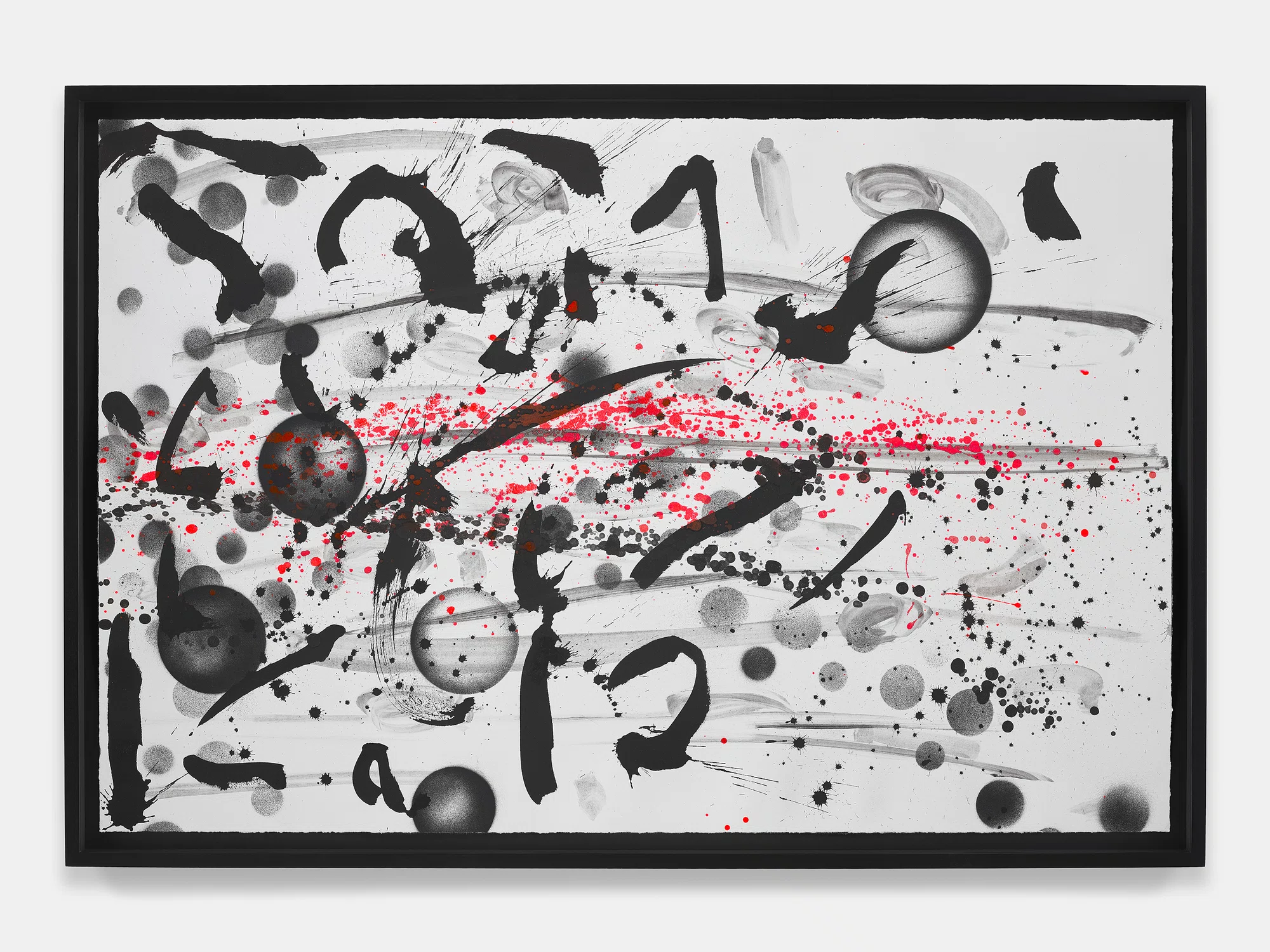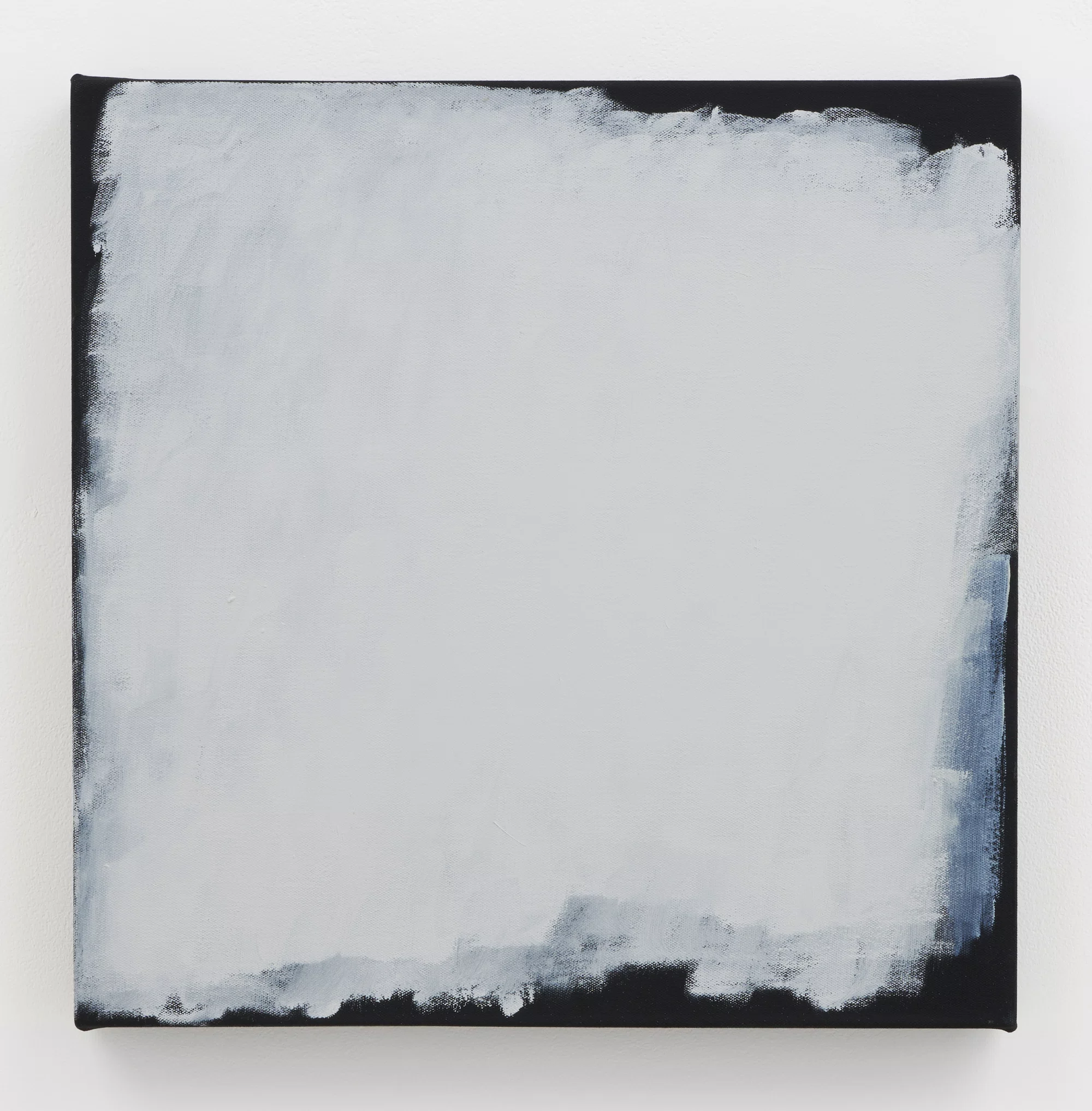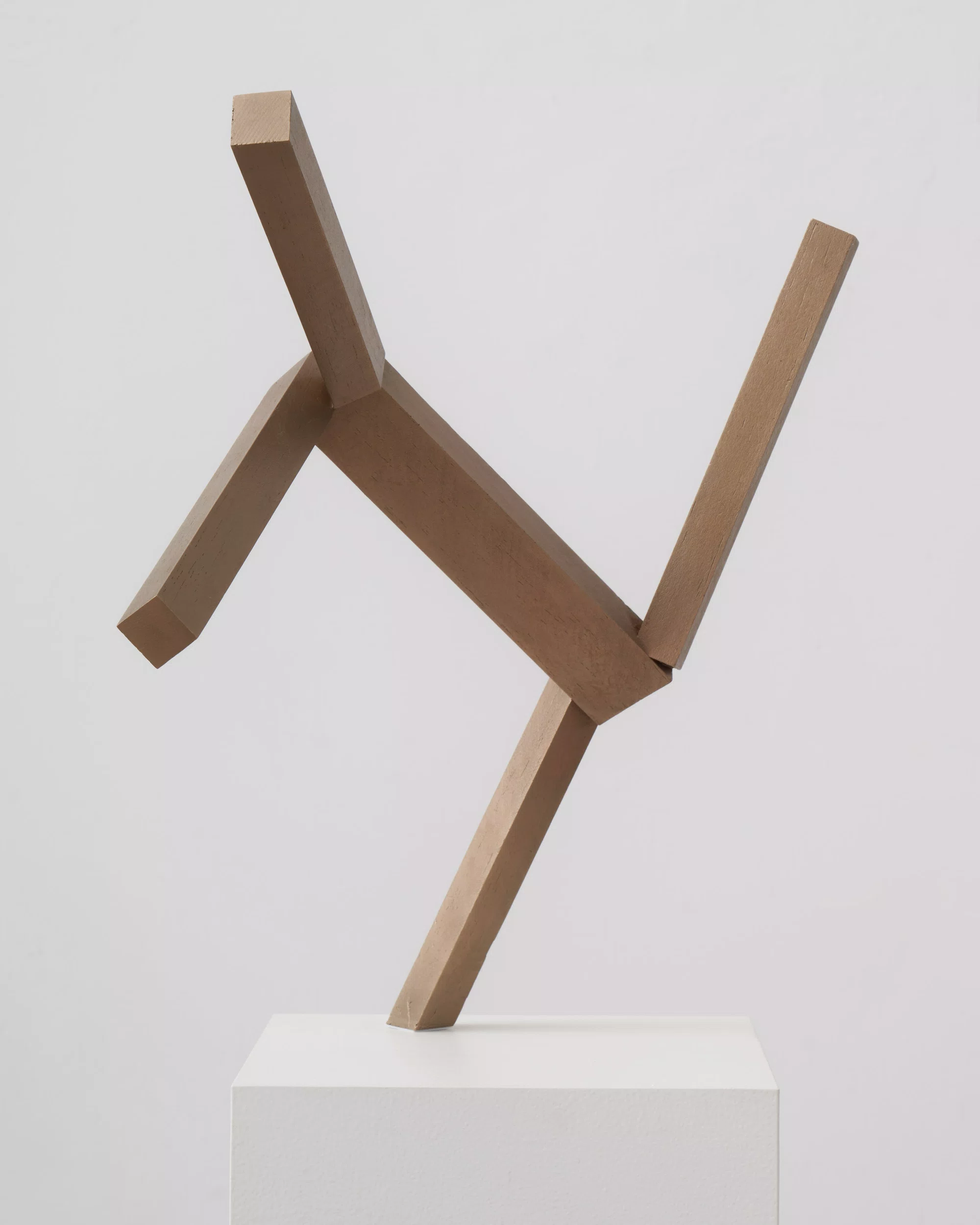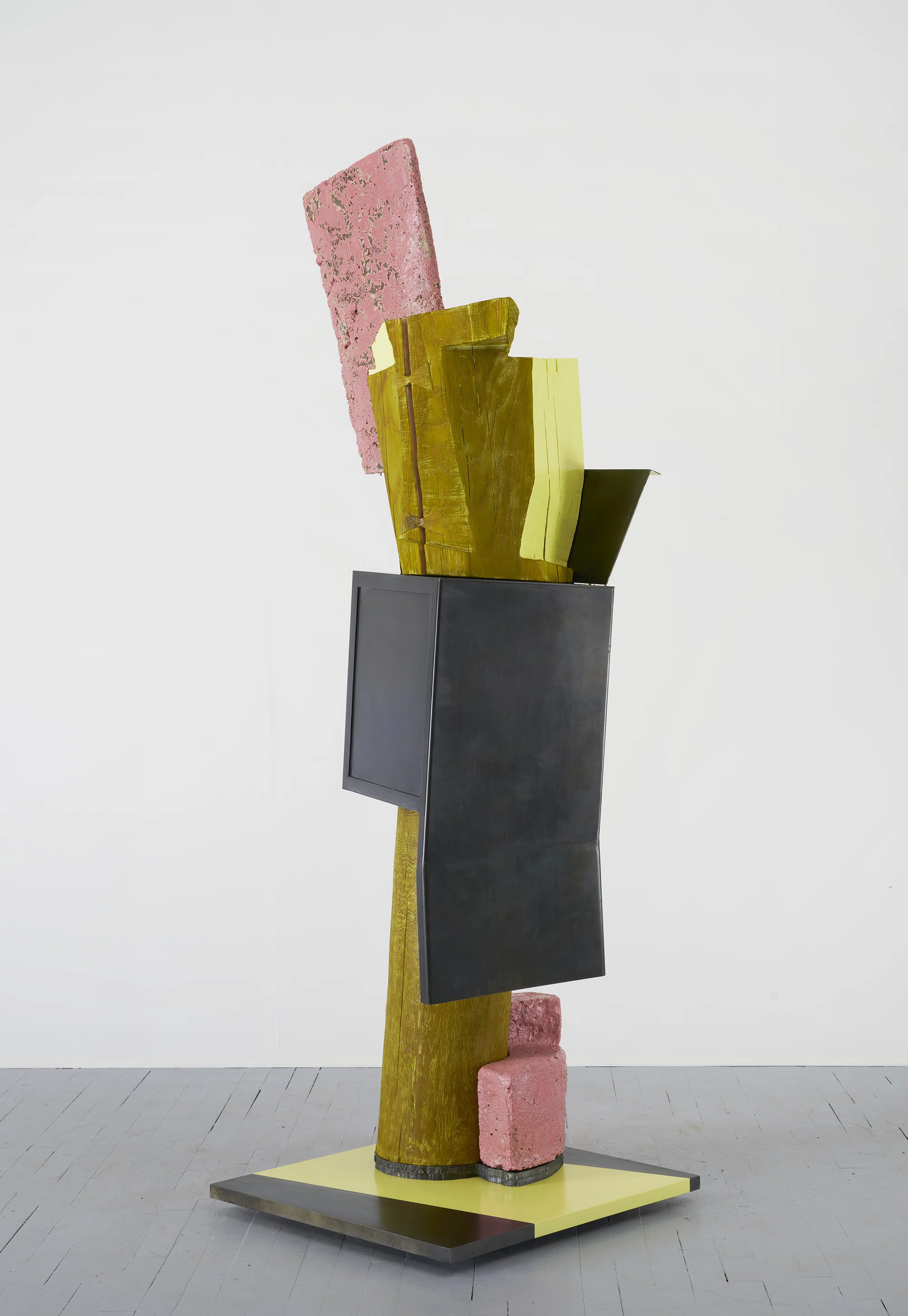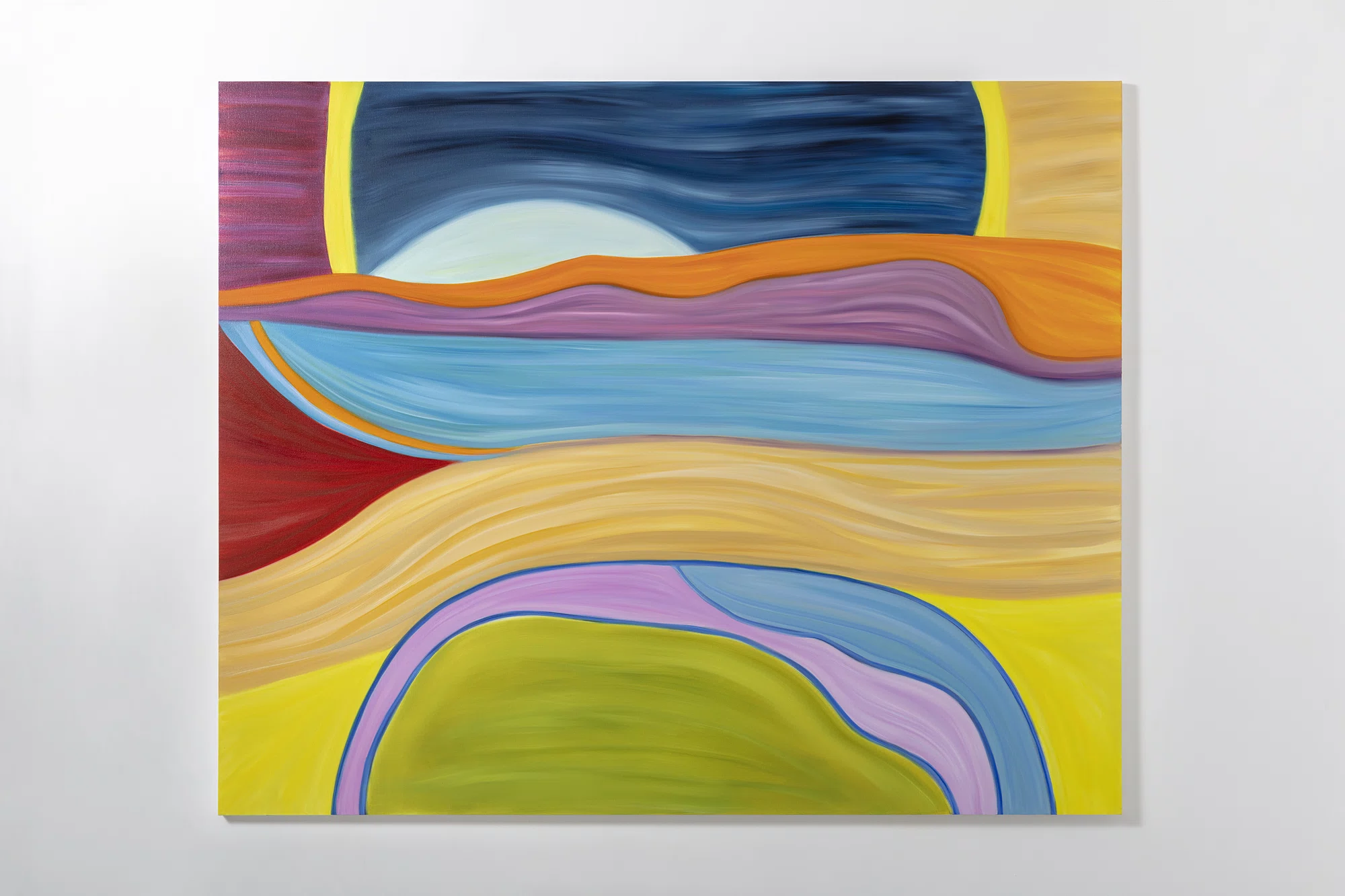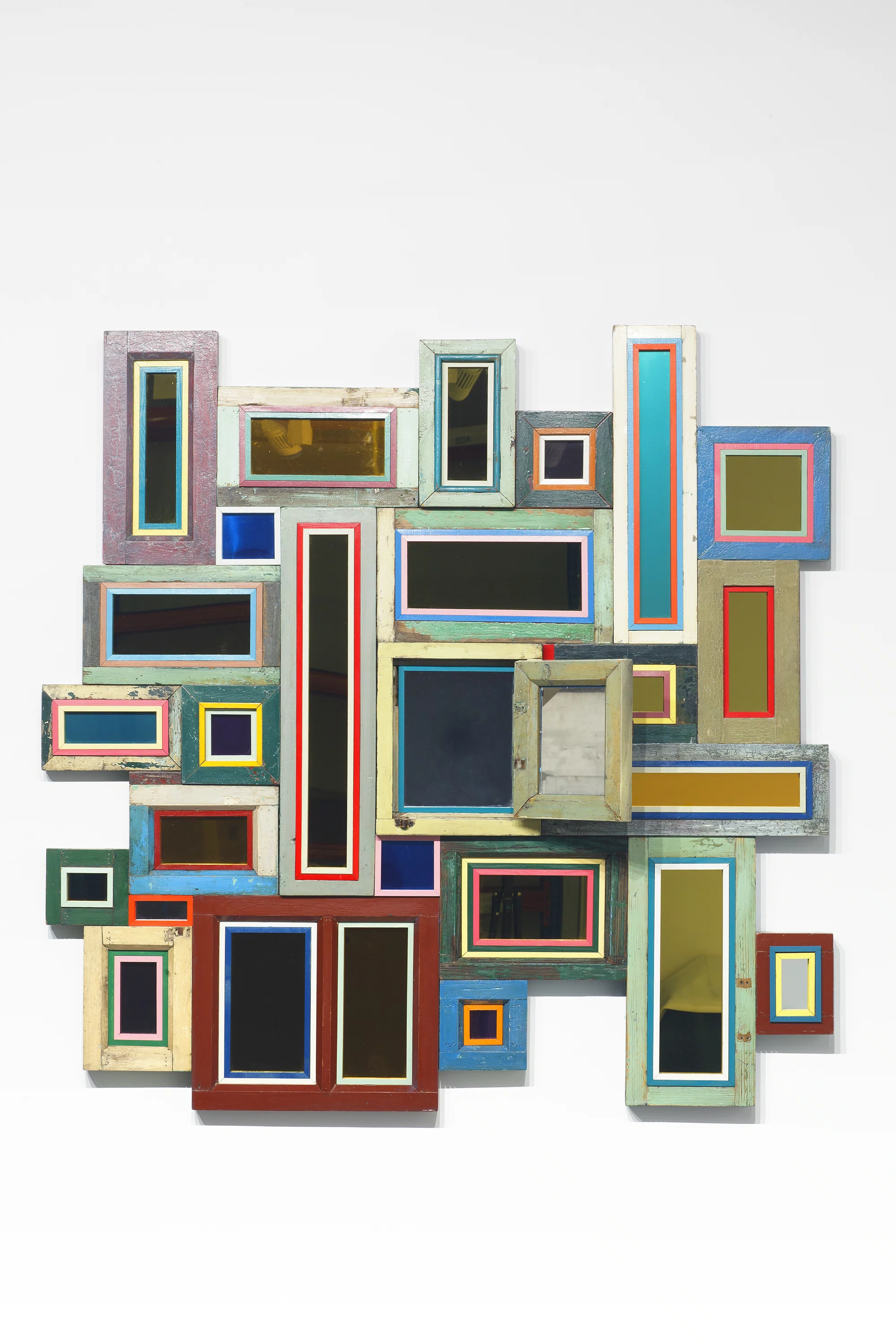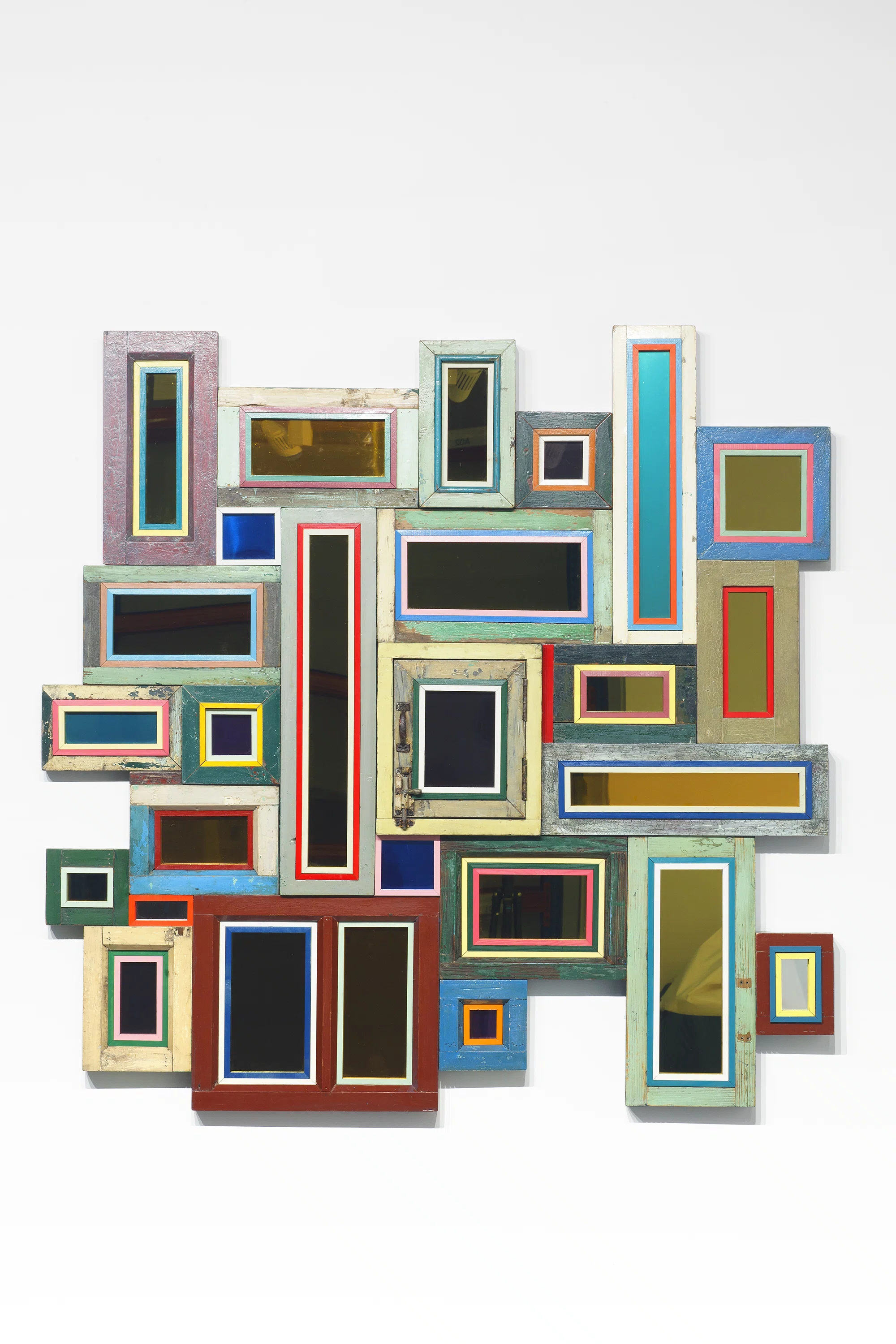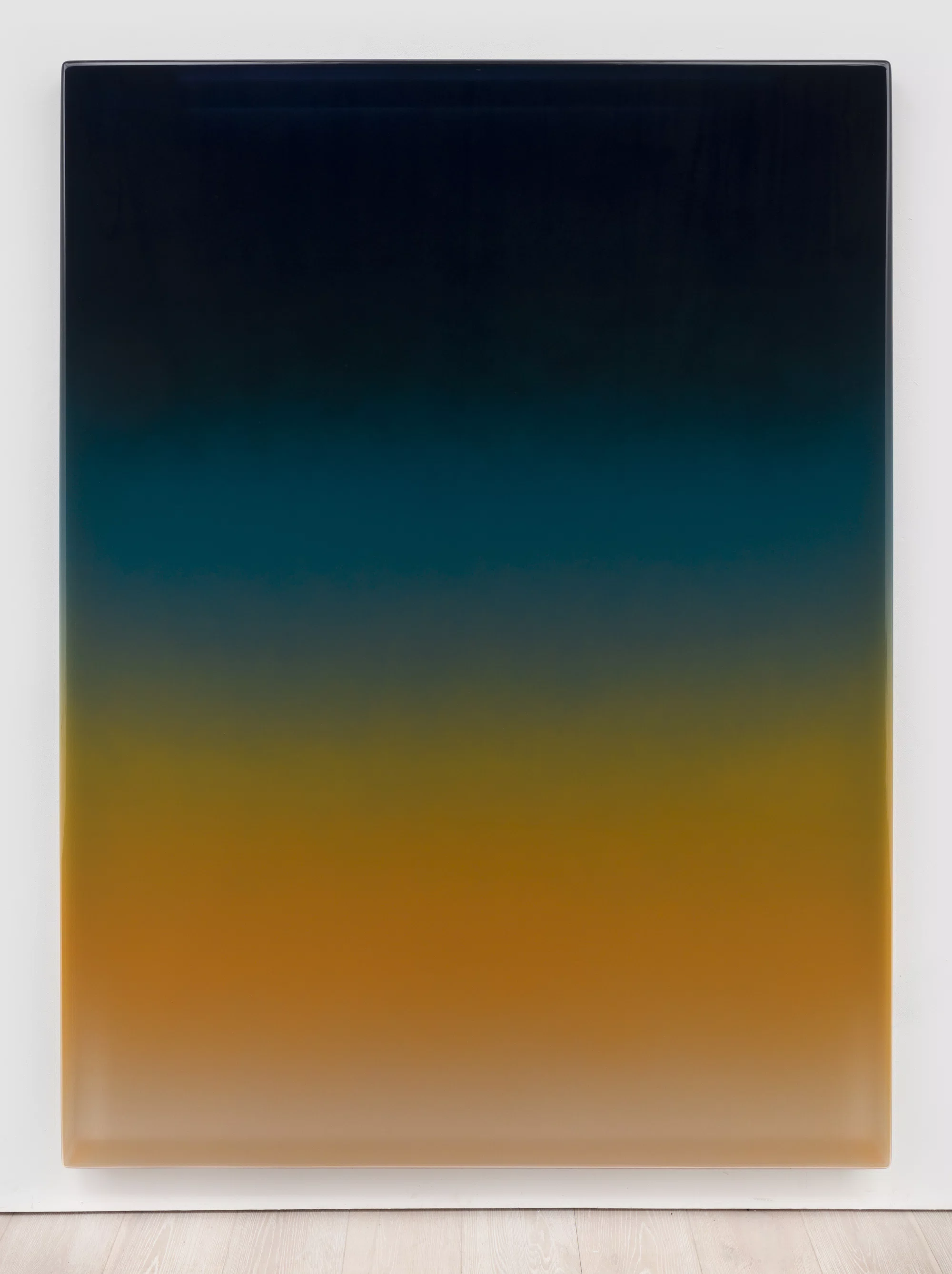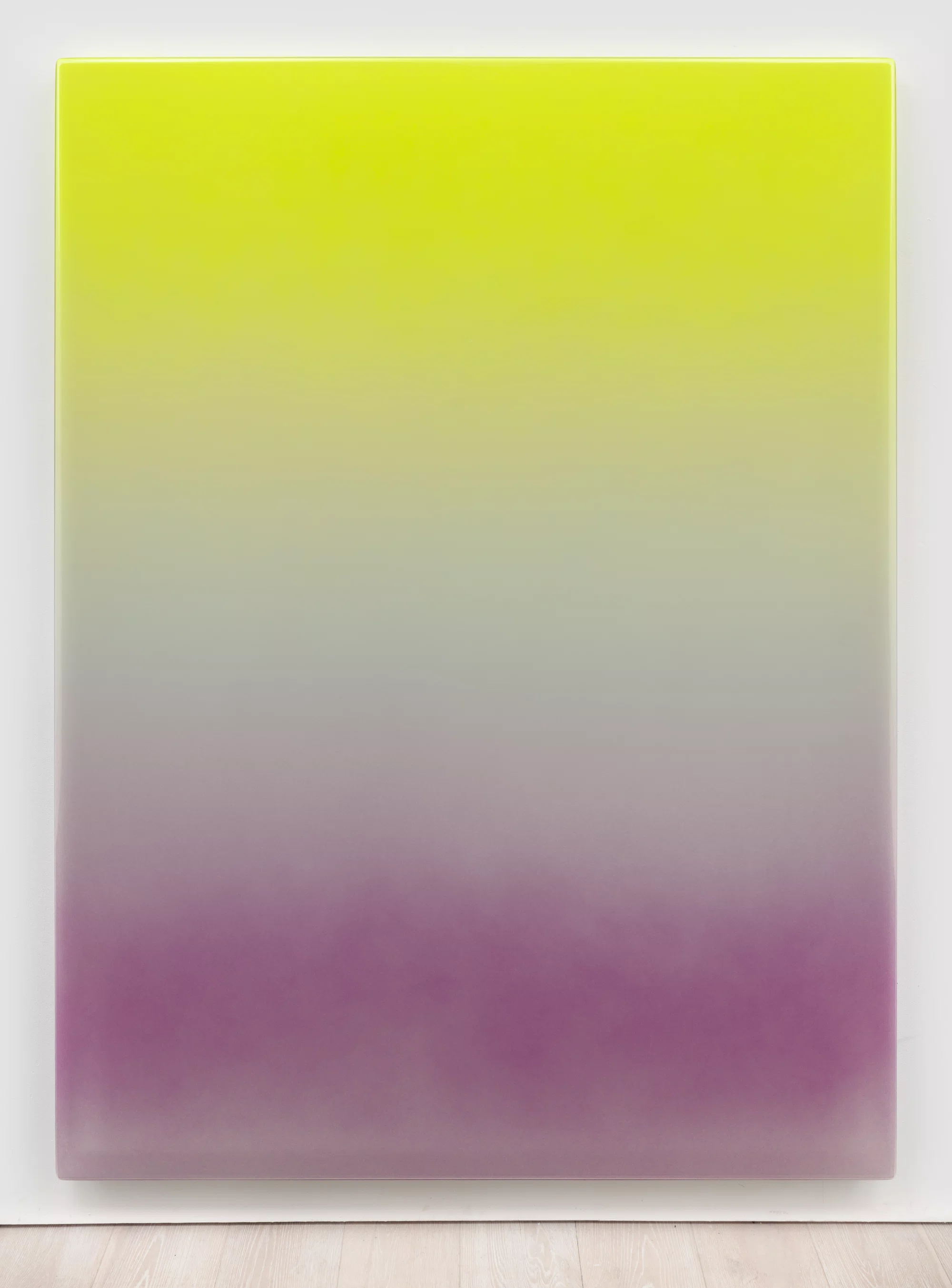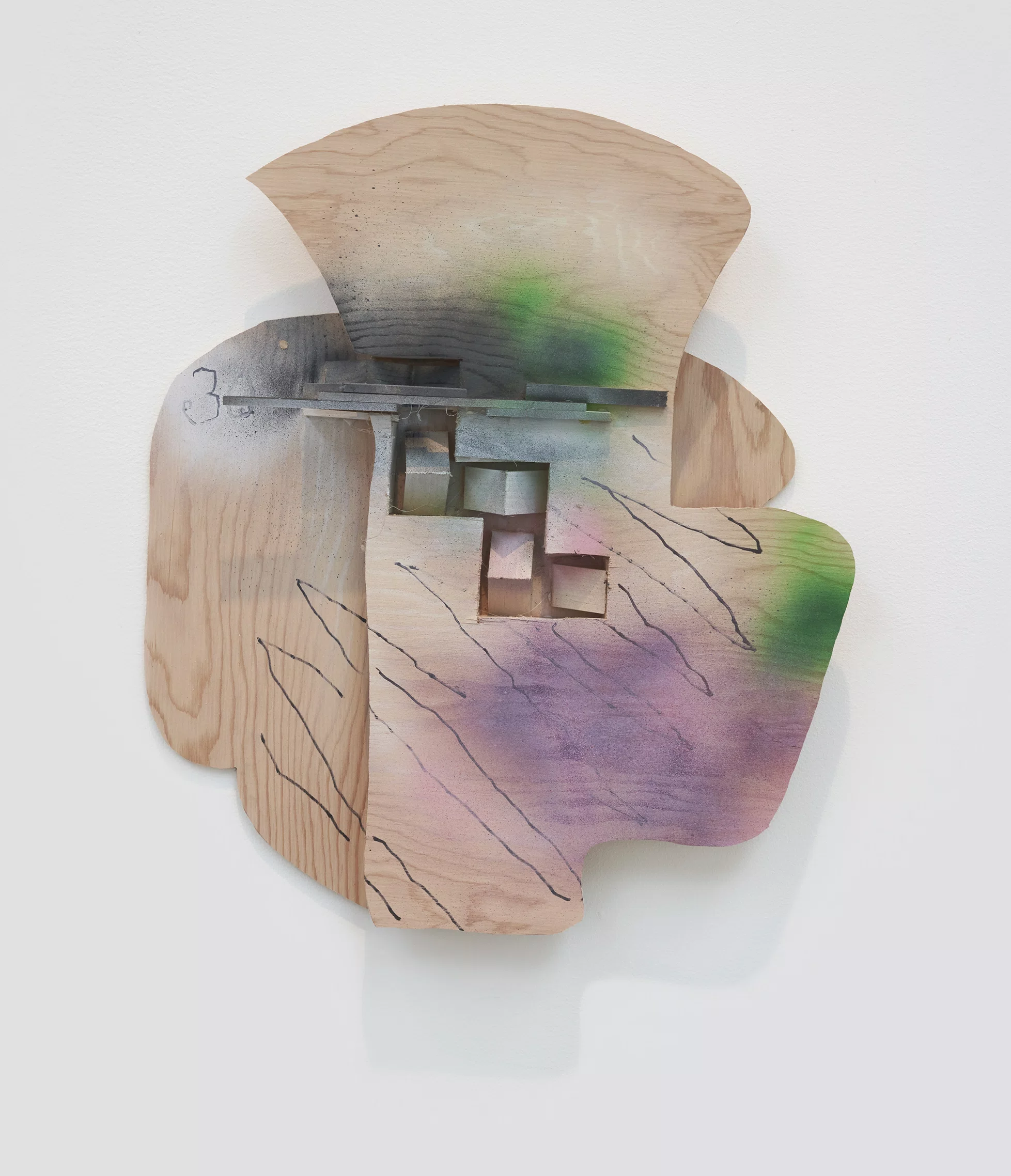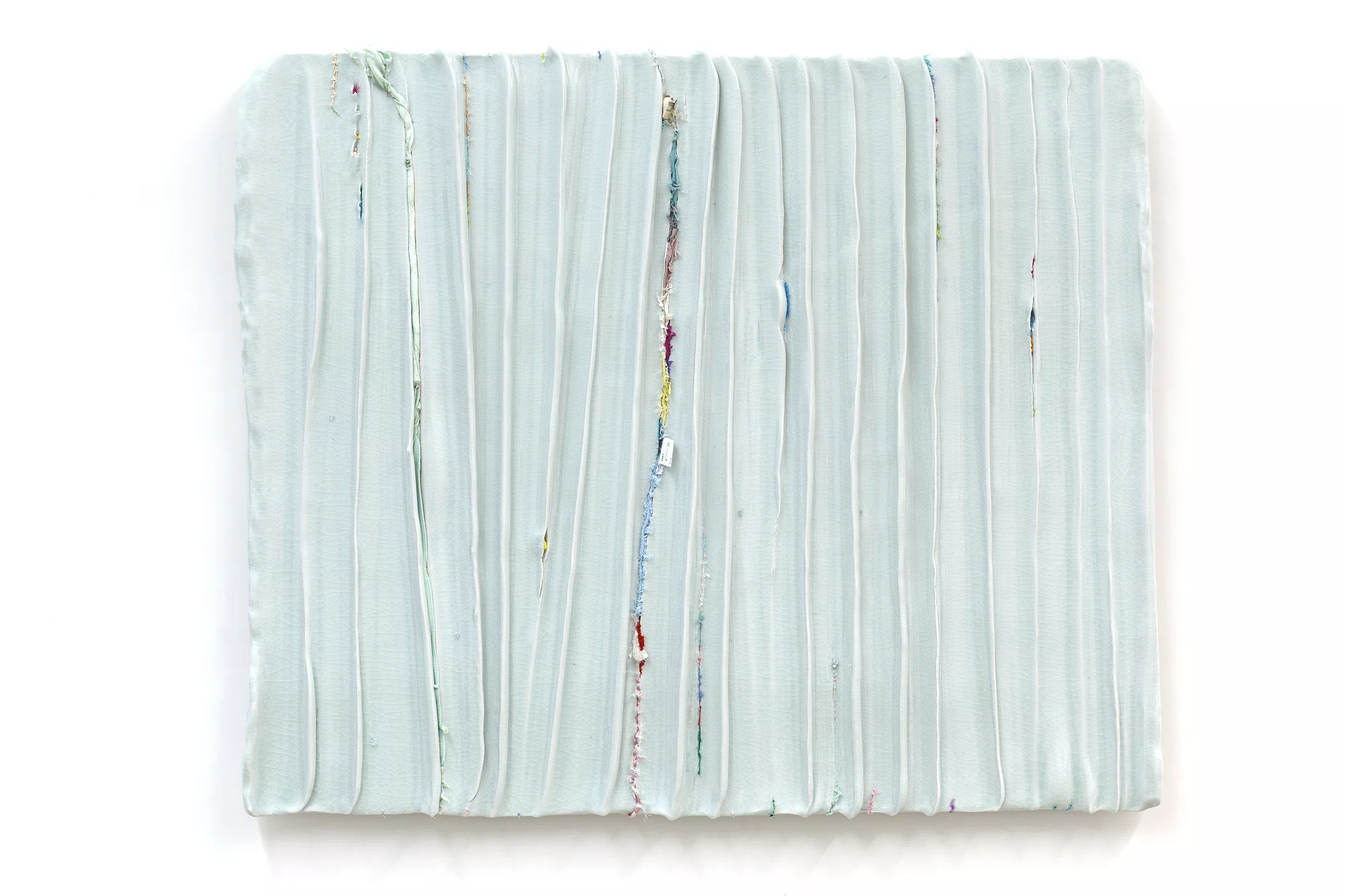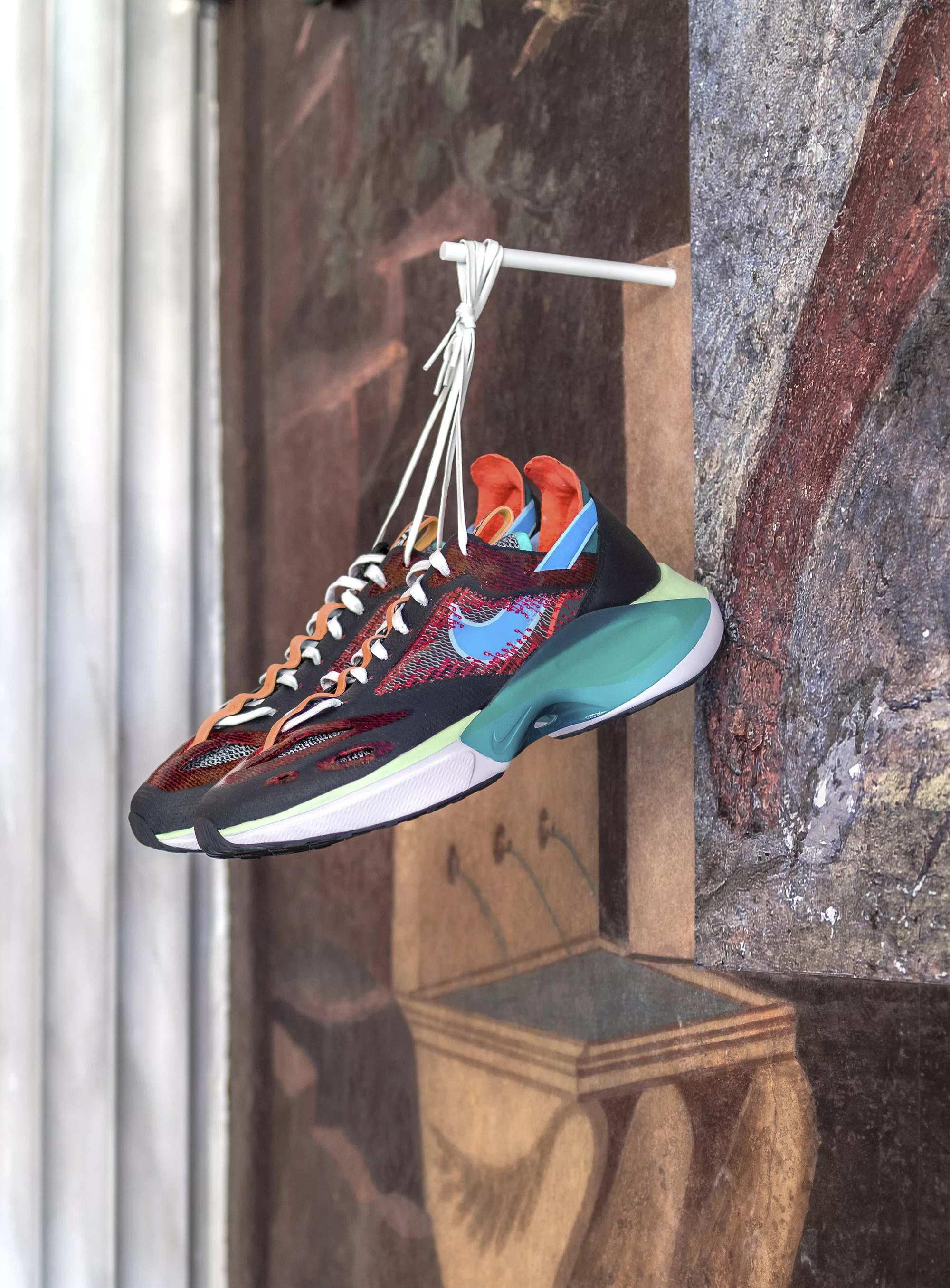
Art Basel Miami Beach
Nov 29 – Dec 3, 2022
Miami Beach
Art Fair Details:
Art Basel Miami Beach
Miami Beach Convention Center
Booth F13
Nov 29 – Dec 3, 2022
Connect:
(opens in a new window) Art Basel Miami Beach
(opens in a new window) @artbasel
(opens in a new window) @pacegallery
Pace is pleased to announce details of its presentation at the 2022 edition of Art Basel Miami Beach and its participation in an off-site NFT exhibition that will take place in Downtown Miami during the fair.
The gallery’s booth will feature pieces by contemporary artists across Pace’s program—including Lynda Benglis, DRIFT, Torkwase Dyson, Elmgreen & Dragset, Sonia Gomes, Robert Irwin, Matthew Day Jackson, Jeff Koons, Robert Longo, Beatriz Milhazes, Julian Schnabel, and Lee Ufan—alongside masterpieces by 20th century figures John Chamberlain, Keith Haring, Donald Judd, Claes Oldenburg, Richard Pousette-Dart, Antoni Tàpies, Andy Warhol, and John Wesley, among others.
Featured Works
Lynda Benglis
b. 1941, Lake Charles, Louisiana
John Chamberlain
b. 1927, Rochester, Indiana
d. 2011, New York City, New York
DRIFT
Founded 2007, Amsterdam, Netherlands
Torkwase Dyson
b. 1973, Chicago, Illinois
Sonia Gomes
b. 1948, Caetanópolis, Brazil
Sonia Gomes’ Untitled, from Pendentes Series (2021) belongs to her esteemed Pendentes series, a body of suspended fiber works composed of fabric and lace. Untitled contains variegated elements which bulge and narrow, stacked atop one another, cascading toward the floor with the weight of gravity. The potential energy of its pendulous shape endows Untitled, from Pendentes Series with an urgency that stands in contrast to the rich history embedded in the work as a result of its found textiles. Precipitating from the ceiling, Untitled, from Pendentes Series recalls a stalactite as a register of history and time. The elaborate layers of differently textured materials give the work an undulating, energized quality. Cords and tassels contribute to this sense of choreography and motion, and the sculpture’s largely subdued color palette is punctuated by bursts of vibrant green and red fabric emerging from pockets and other openings. Gomes often draws inspiration from popular Brazilian dances as well as sacred objects of Brazil’s African diaspora, and her practice is deeply engaged with themes of memory and erased histories.
Keith Haring
b. 1958, Reading, Pennsylvania
d. 1990, New York City, New York
Robert Irwin
b. 1928, Long Beach, California
Virginia Jaramillo
b. 1939, El Paso, Texas
Throughout her six-decade career, Virginia Jaramillo’s dramatic large-scale paintings have contended with the inexplicable and the mystical, incorporating her lifelong studies of mythology, classical and sacred geometries, geography, Japanese aesthetics, and cosmology. The artist’s wide-ranging interests culminate in Site: No. 4 24.4354° N, 123.0112° E (2018), a stunning work from her Foundations series, a body of paintings each related to an architectural or archaeological site identified by the painting’s titular coordinates. The present work derives from the Yonaguni Monument, an undersea rock formation off the coast of one of Japan’s southernmost islands. Archaeologists and geologists have debated the origins of the site; some argue that its structure is the result of natural processes of erosion and tectonic activity, while others believe that the Yonaguni Monument bears evidence of human-made structures and markings and may be the long- lost, legendary civilization Mu, fabled to have sunken beneath the waves of the Pacific Ocean. Believers of the human-made theory cite sheer walls, apparent roads, a pyramid, and reliefs, among other evidence. The jagged geometric shape in the upper- right corner of Jaramillo’s Site: No. 4 24.4354° N, 123.0112° E alludes to the remarkable undersea formation, while the vast textural darkness of its surroundings evokes the ancient mystery of the site. Paintings from Jaramillo’s Foundations series similarly touch on sacred sites around the world, resulting in geometric abstractions of geographical history and mythology. In art historian Matthew Jeffrey Abrams’ essay for the artist’s lauded 2018 showcase of her Foundation paintings, he pointed to the “stunning, jagged filigree” of the vibrant shape in Site: No. 4 24.4354° N, 123.0112° E, noting that in Jaramillo’s paintings, these archetypal forms are the source of the painting’s electricity: “This is where we catch a painting’s scent, where we begin to explore its forms, where we see how the composition could quite easily move beyond its stretchers and into a greater expanse.”
JR
b. 1983, Paris, France
Donald Judd
b. 1928, Excelsior Springs, MO
d. 1994, New York City, New York
Jeff Koons
b. 1955, York, Pennsylvania
A meticulously rendered bronze sculpture of the iconic American brand’s sneakers, Jeff Koons’ Nike Sneakers (N110 D/MS/X) (2020–22) is crafted with the exceptional attention to detail characteristic of the artist’s longtime interest in cast metal readymades. With bronze laces tied together and strung from a large nail-like projection in the wall, Koons’ polished sculpture draws comparisons to the practice of throwing sneakers with tied laces over telephone wires, leaving them suspended in the air. Koons has long rendered everyday objects in metal, bringing the quotidian into the realm of fine art while also translating the ephemeral—sneakers, inflatables—into metal to transform them into permanent fine-art archetypes. At the same time, this elevation from utilitarian shoe to high art eliminates the functionality of the sneakers as footwear, defying reason and material use. Koons’ engagement with Nike began as early as 1985, when he included unaltered Nike posters depicting basketball players in his show of the same year, Equilibrium, at the Whitney Museum of American Art, New York. Koons explained that the players in the Nike posters presented illusions of grandeur: “The Nike posters were the Sirens—the great deceivers, saying Go for it! I have achieved it. You can achieve it too!” At once hard and soft, familiar and uncanny, Koons’ Nike Sneakers (N110 D/ MS/X) exemplify his career-spanning interest in materialism and commercial culture.
Lee Ufan
b. 1936, Kyongsang-namdo, South Korea
Robert Longo
b. 1953, Brooklyn, New York
Robert Longo’s Untitled (Ghost Stadium) (2022) is a haunting scene of isolation, one in Longo’s recent body of Destroyer Cycle works in which he has rendered poignant scenes of a country in crisis. These eerie and deeply compelling pieces center around events and collective experiences related to the political climate of 2020 and the devastation precipitated by the Coronavirus pandemic. This large-scale charcoal drawing is based on the Seattle Mariners’ stadium, T-Mobile Park, in Washington state; the artist’s labor-intensive process of drawing each seat one-by- one became an act of filling up a space that individuals could not occupy, as baseball and other long-heralded American pastimes were put on pause during this period of fear and desolation. The graphic nature of the image situates it in the liminal space between representation and abstraction, which Longo has explored throughout his career. The artist is acclaimed for his career-spanning work with charcoal in such detail that it lends a photographic quality—his famed Men in the Cities series, first exhibited at Metro Pictures in 1981, depicts images of people in moments of turmoil, seemingly in freefall. Throughout his career, Longo has been drawn to emotionally-charged and aesthetically profound images, masterfully capturing in charcoal the precarity of the present.
Beatriz Milhazes
b. 1960, Rio de Janeiro, Brazil
Radiating concentric rings of vibrant textures, kaleidoscopic patterns, and vivid fields of color comprise Beatriz Milhazes’Roda Coração III (2021). The painting’s title translates from Portuguese to heart wheel, underscoring both the painting’s hypnotic circularity as well as its electricity, each of its bands evoking the vital pulsations of the heart. The artist’s vivid, expansive paintings are frequently informed by the culture and landscapes of her native Brazil, where she was a pioneering figure in the Brazilian Geração 80, or 80s Generation, which favored painting over conceptual artmaking. Milhazes has cultivated a practice that spans painting, collage, print, textile, and architectural installation, engaging with both Latin American artistic traditions and European Modernism to produce what she calls “chromatic free geometry:” colorful abstractions derived from decorative arabesque forms and the natural wonders of Brazil. These forms unfold zealously across Roda Coração III, exemplifying Milhazes’ uncanny ability to seamlessly combine polychromatic hues, patterns, and forms into a unified, lively composition.
Claes Oldenburg
b. 1929, Stockholm, Sweden
d. 2022, New York City, New York
Richard Pousette-Dart
b. 1916, Saint Paul, Minnesota
d. 1992, New York City, New York
Julian Schnabel
b. 1951, Brooklyn, New York
Antoni Tàpies
b. 1923, Barcelona, Spain
d. 2012, Barcelona, Spain
Andy Warhol
b. 1928, Pittsburgh, Pennsylvania
d. 1987, New York City, New York
John Wesley
b. 1928, Los Angeles, California
d. 2022, New York City, New York
Likened to Pop Art and Surrealism, John Wesley’s iconic body of work has come to eschew categorization, landing in between figuration and abstraction. Show Girls (1996) is a singular example from the revered artist’s oeuvre. From cartoon-like, eroticized flattened figures to powder-coated pastels with stark black outlining, the present work is emblematic of Wesley’s signature painting style. Show Girls is the first in a small series of four paintings, each with seemingly similar imagery of two women’s faces, closely cropped around their eyes and decontextualized within space. In his Show Girls works, Wesley individualizes each image, their differences almost unrecognizable from subtle changes in the outlining of their faces and coloring of minimal forms. Imbuing these various trace changes between each painting, Welsey subverts and aggrandizes the Pop Art trope of serialized imagery—nodding to the mechanics of silkscreening by creating four near-identical paintings while also inserting the artist’s hand with ever-so-slight formal discrepancies. The other paintings in this series include Show Girls (1998), with the woman’s lips a deep-red hue and now in the Memphis Brooks Museum of Art, Tennessee; Show Girls (1998), the one smaller version of these paintings at 16.7 x 22 inches; and Showboat (2000), which has a closer cropping of each face. Akin to his appropriative Pop Art and Postmodernist contemporaries, Wesley culled source imagery for his paintings from popular culture and print media. For his Show Girls, the artist used imagery most likely from cosmetic advertisements in The New York Times. Before transposing them onto canvas, he would begin sketching studies for the desired close cropping of each woman’s face. A rare example of Wesley’s later career and matured work, Show Girls exemplifies the artist’s mastery of cultural commentary through his deft use of composition and image.
Fred Wilson
b. 1954, Bronx, New York
All Works
Power Tower
Rev. E. Piscpalian Swifty
2005
Untitled (White Multi Inner Band, Beveled)
2022
Hands and Handlers
K.A. 144
2011
Screen Drawing
Screen Drawing
Coded Nature 1-3

